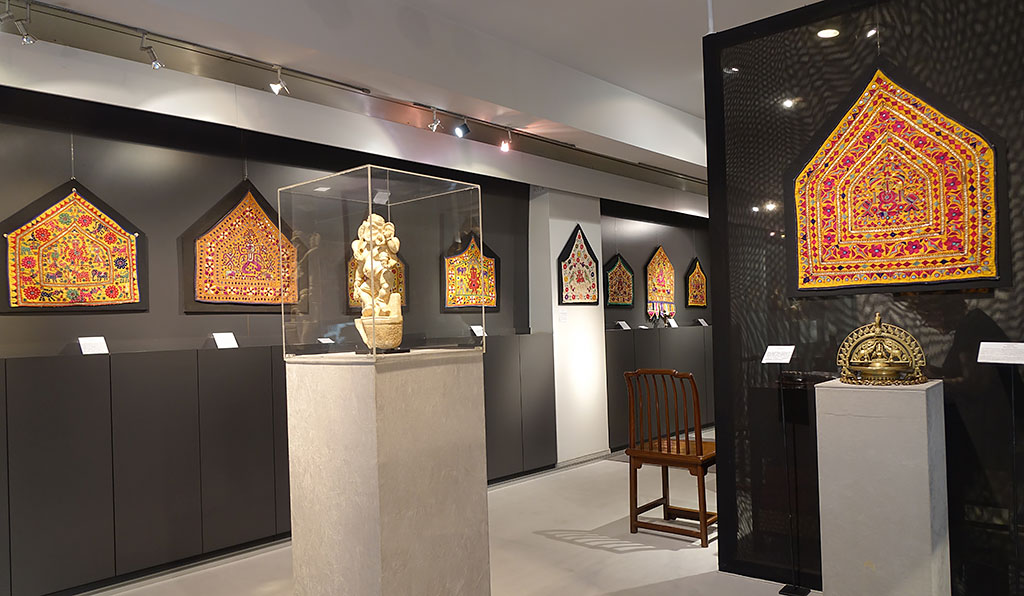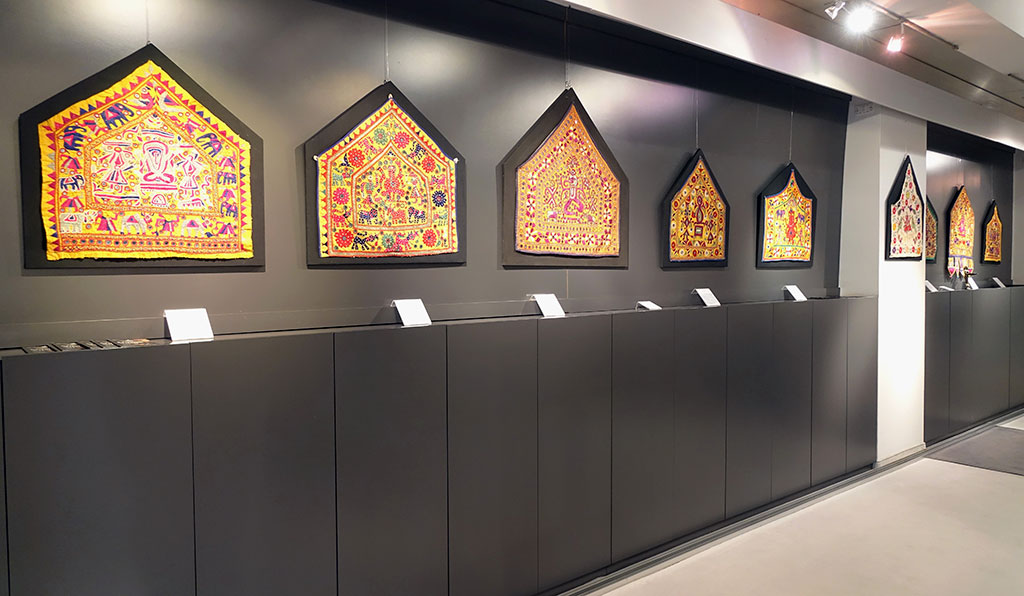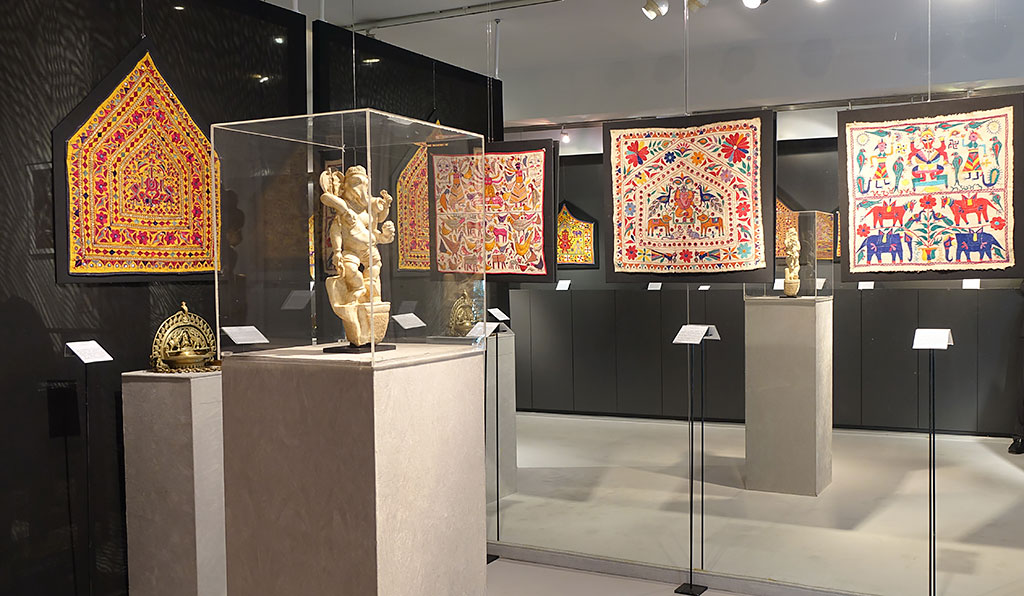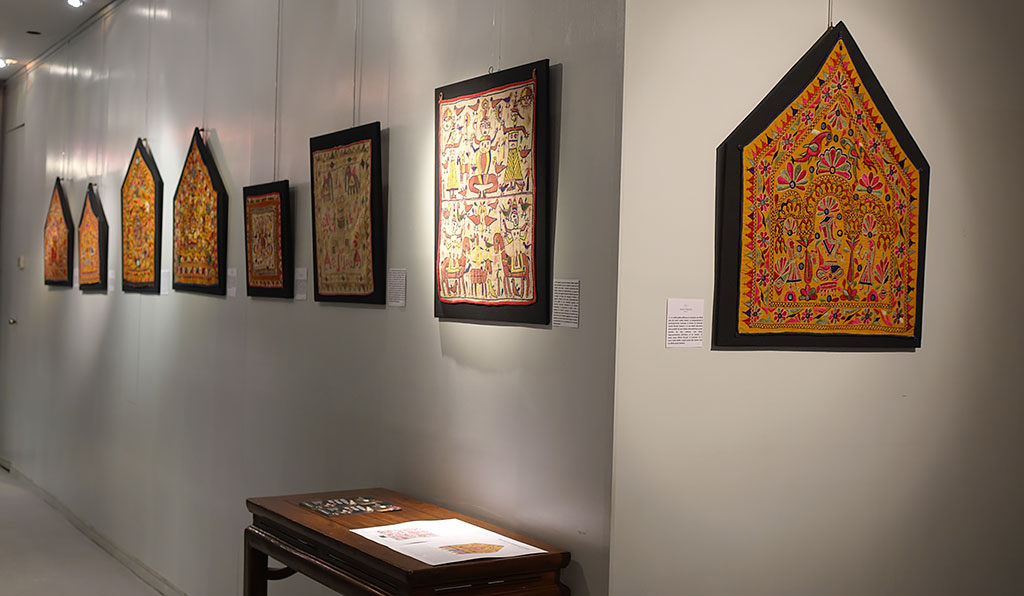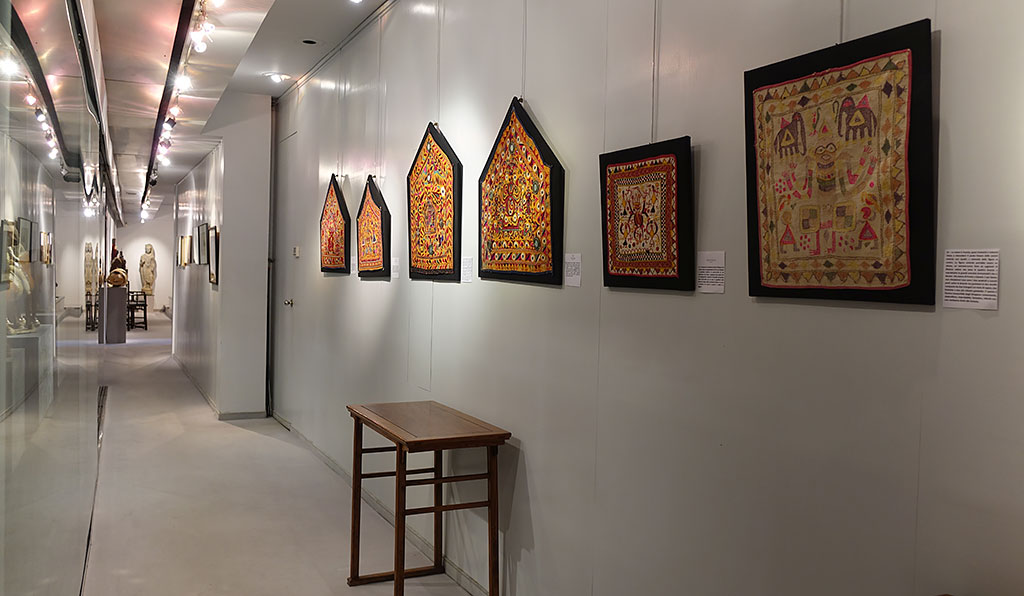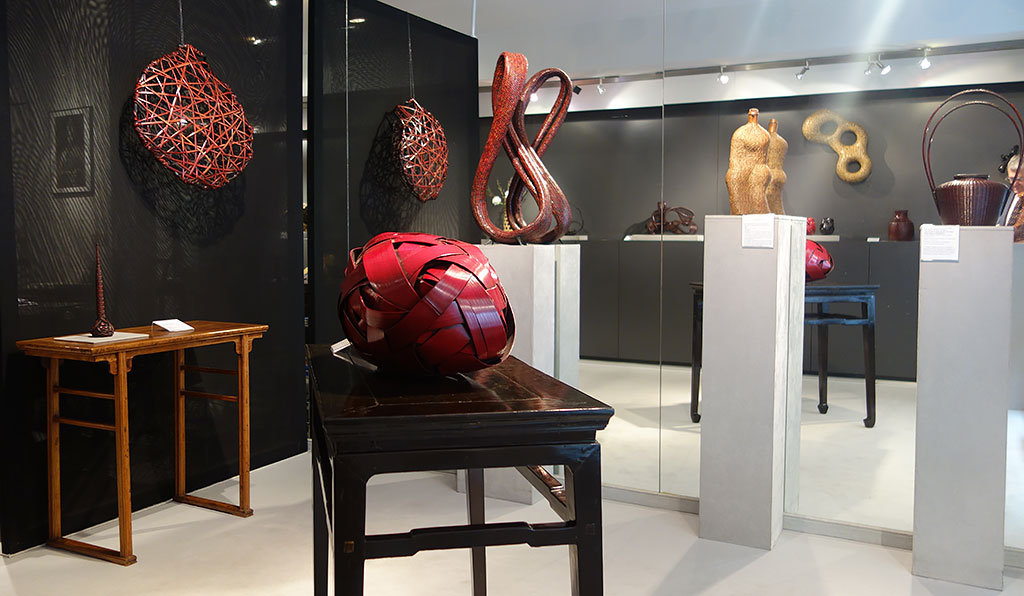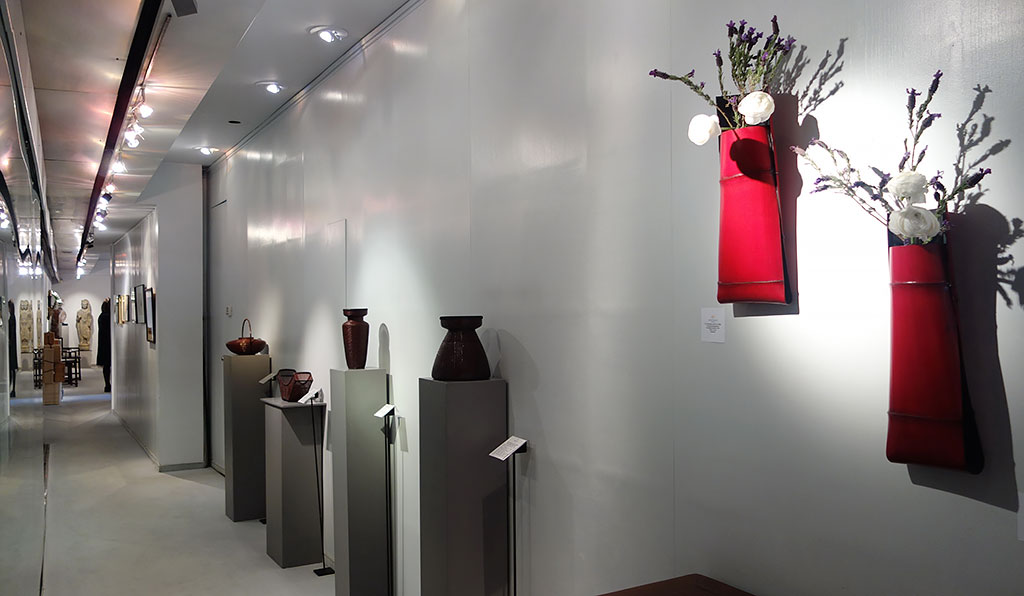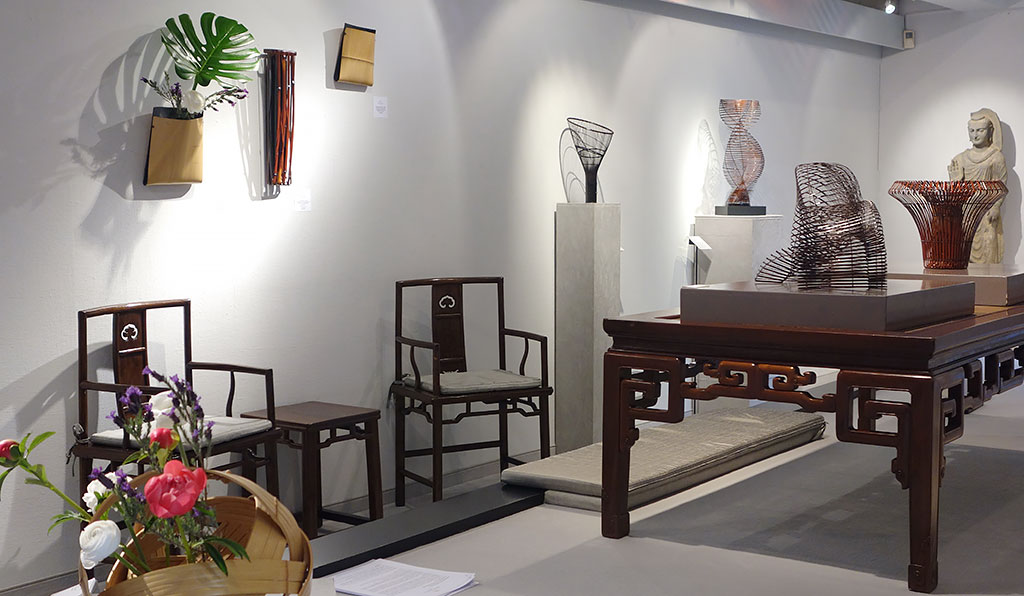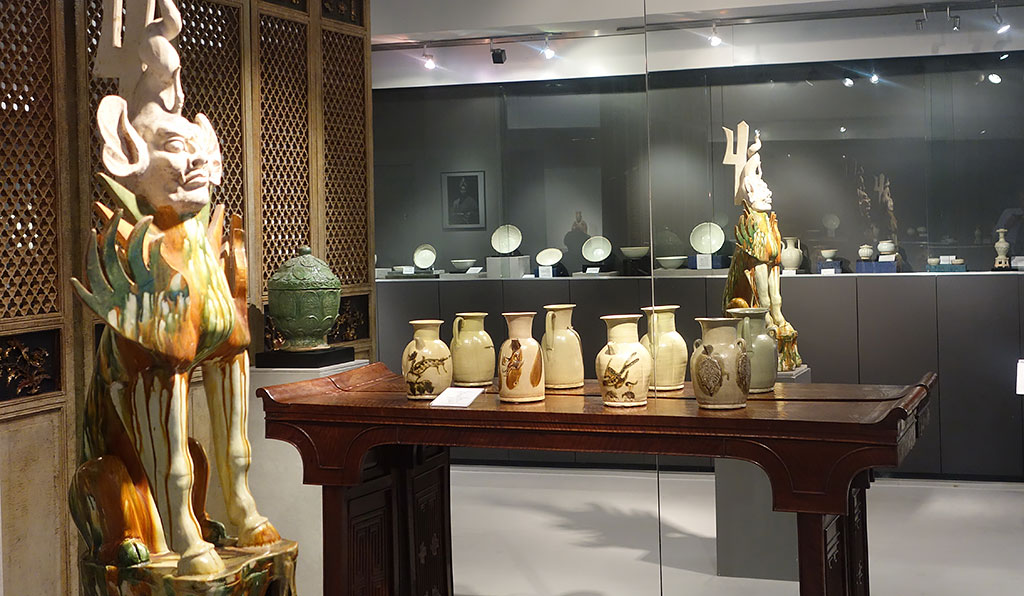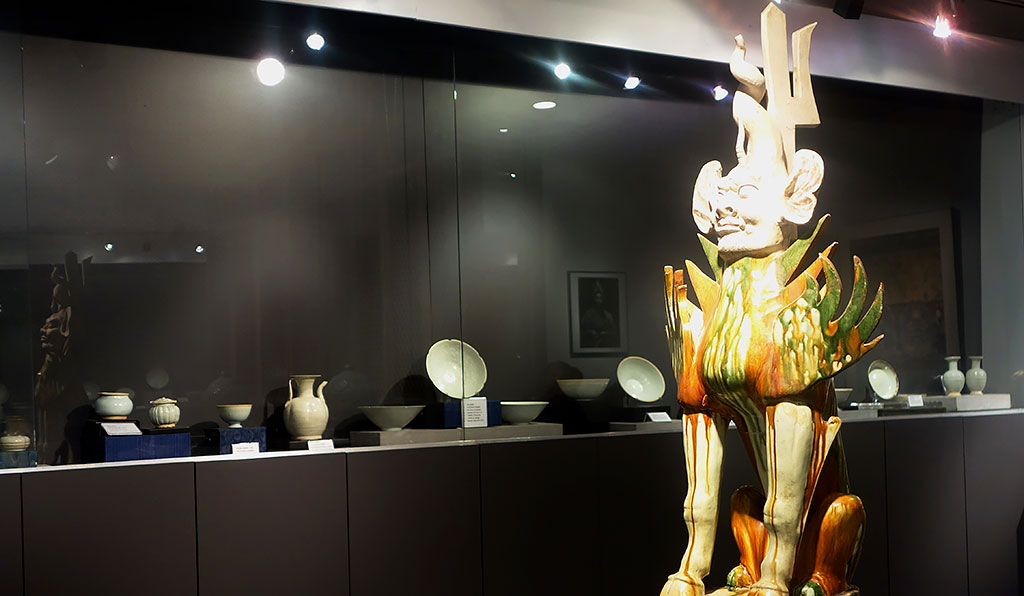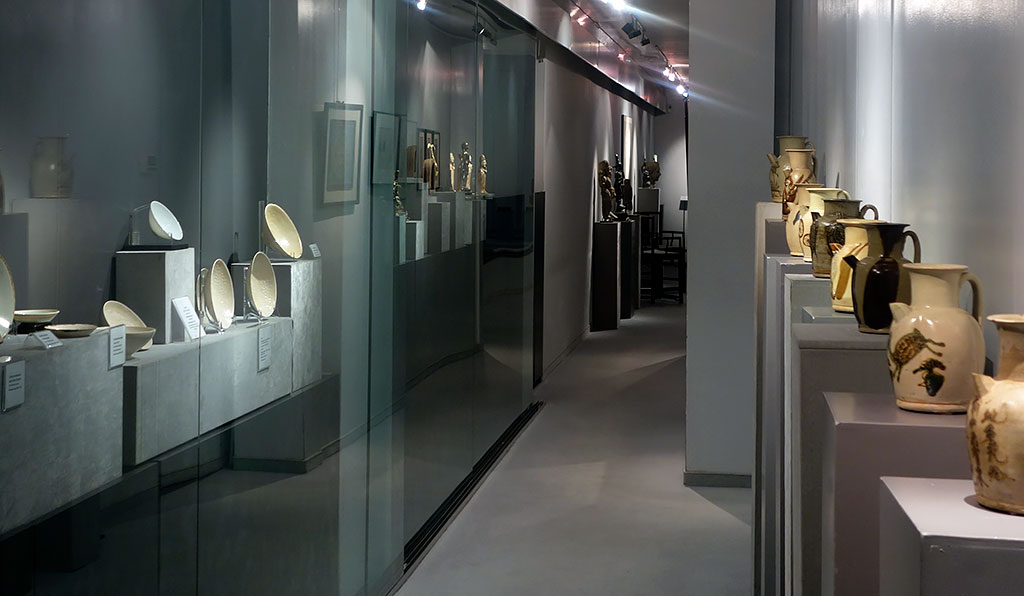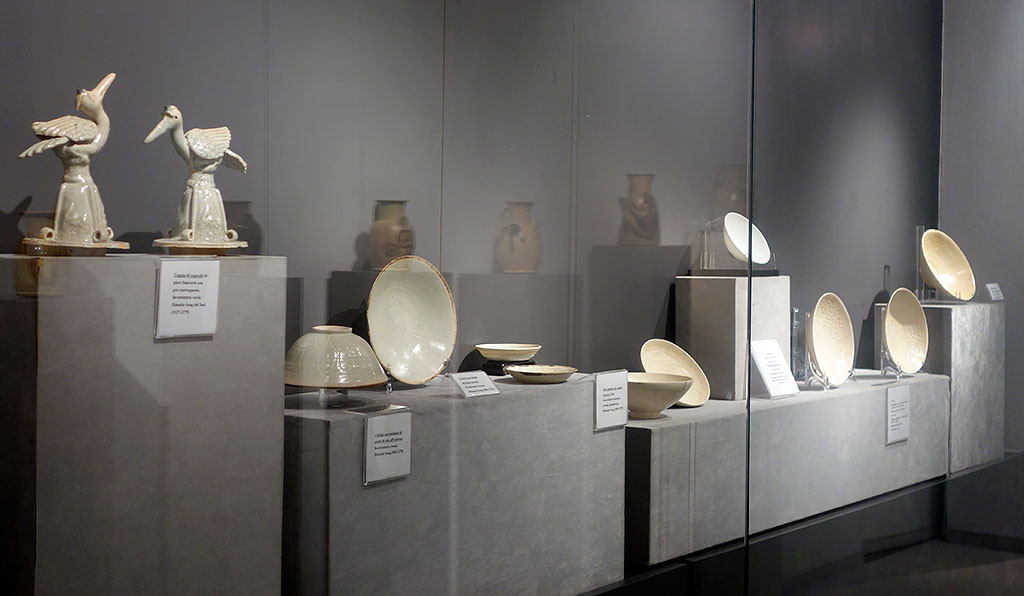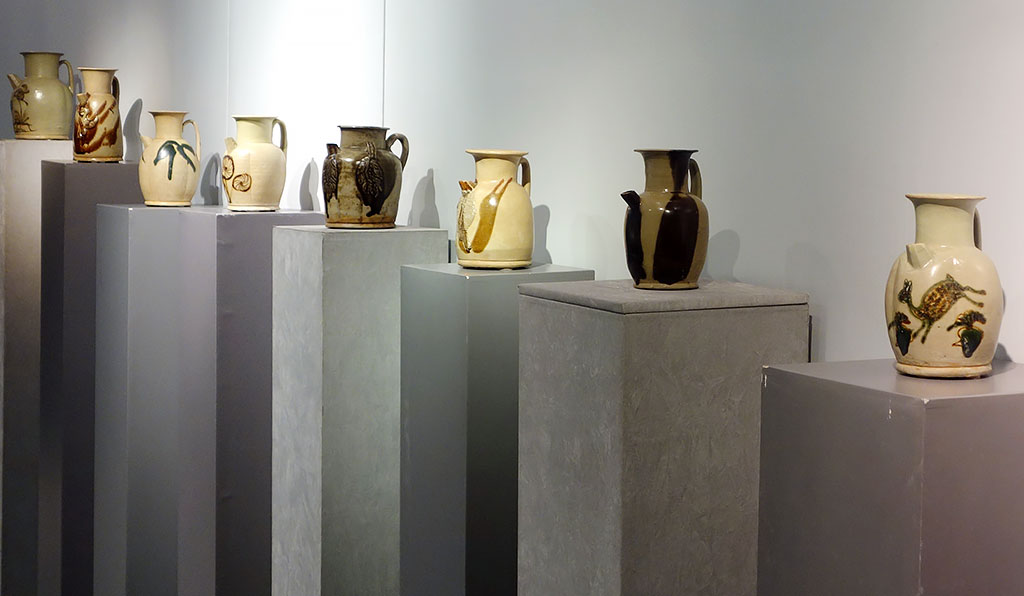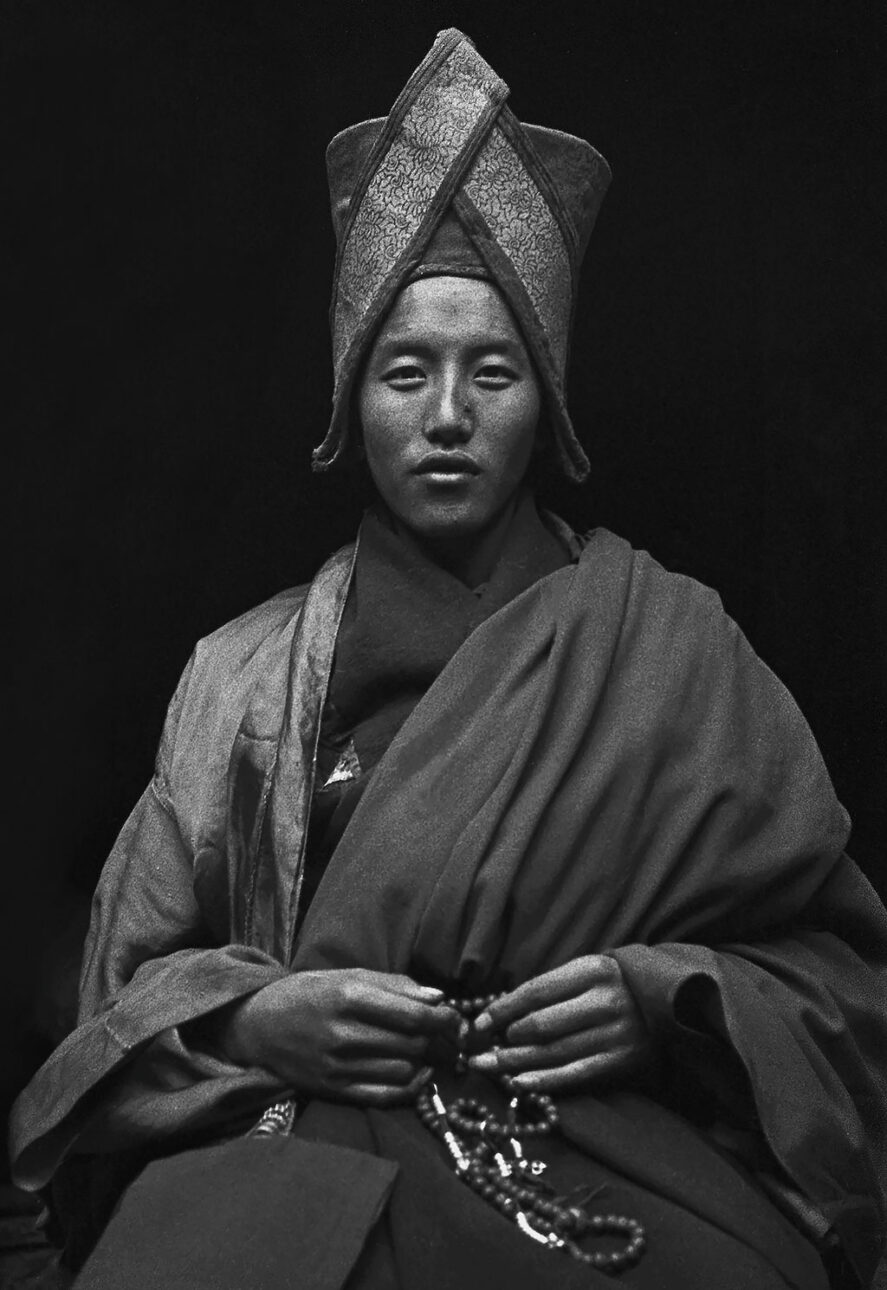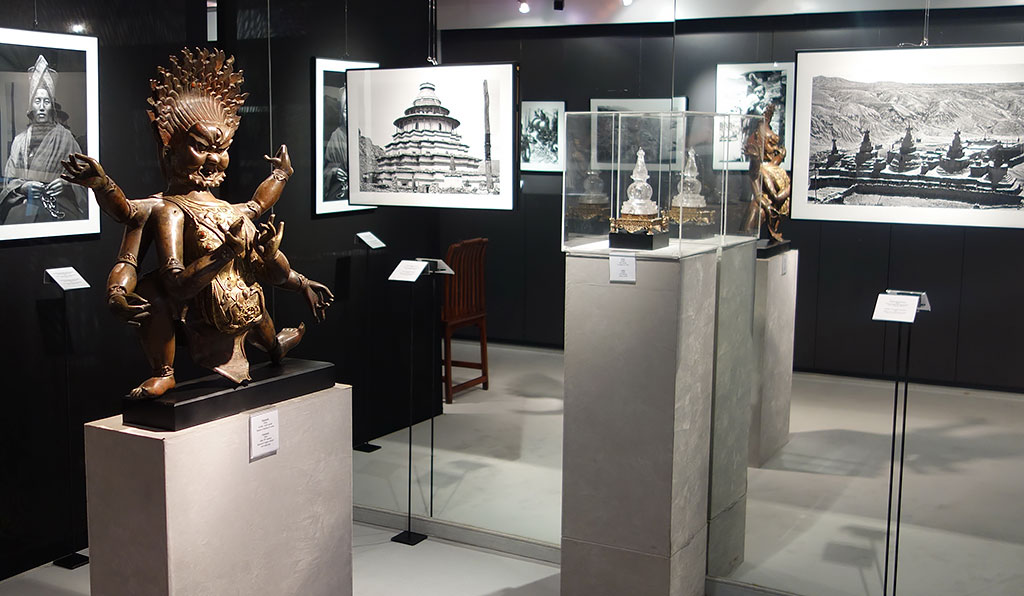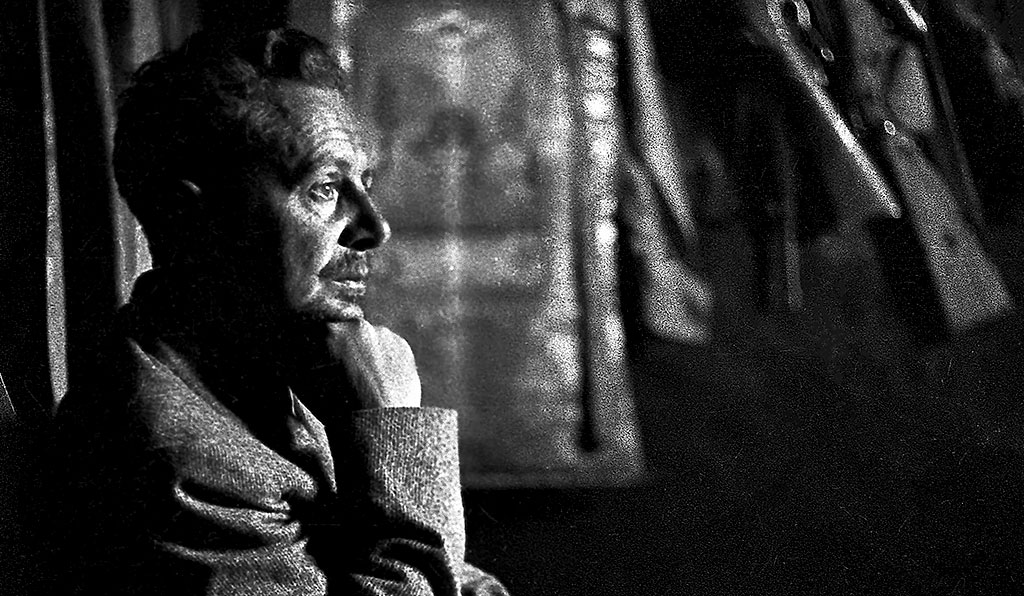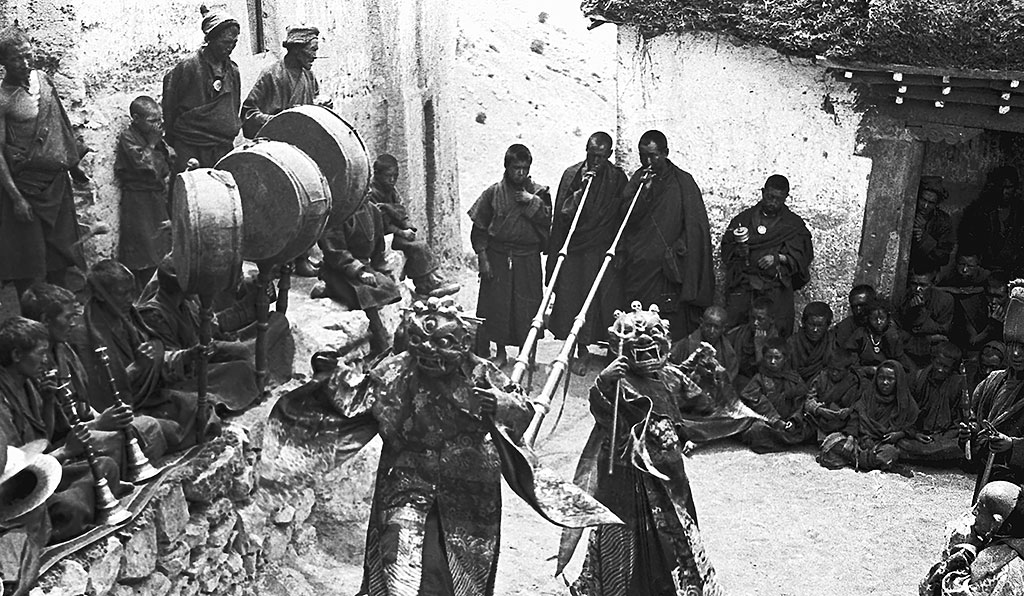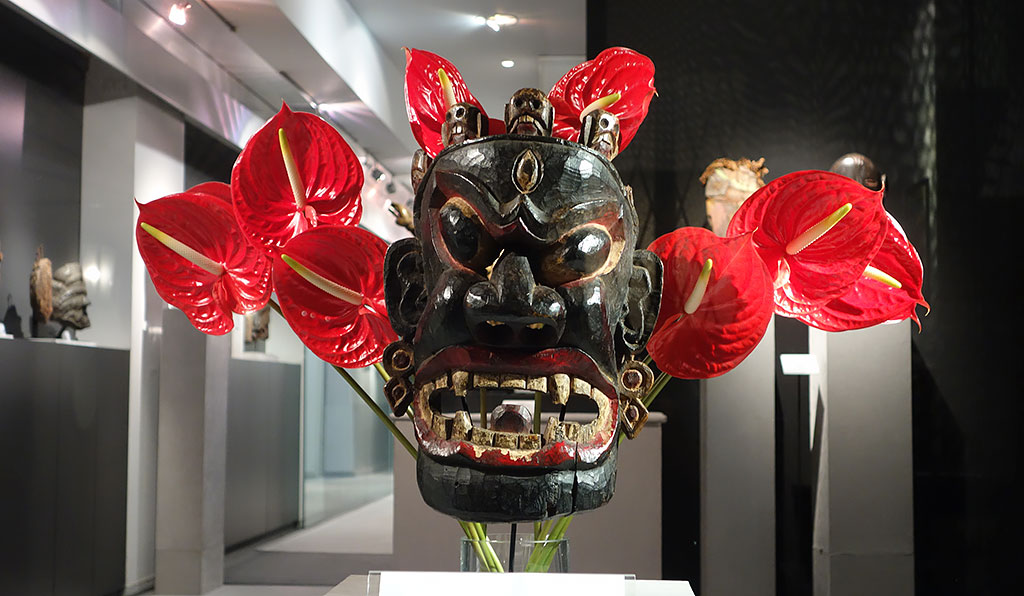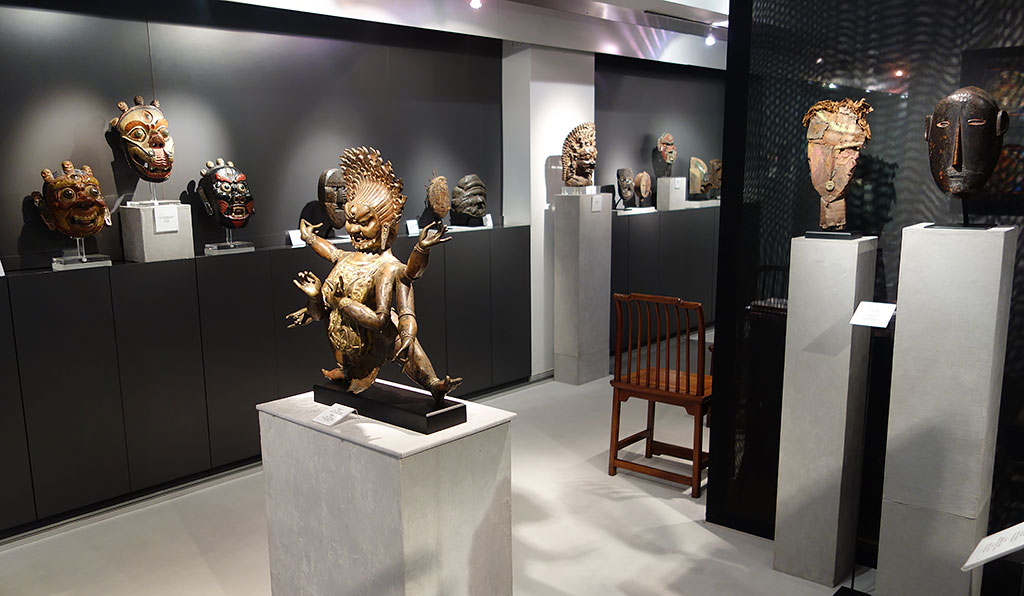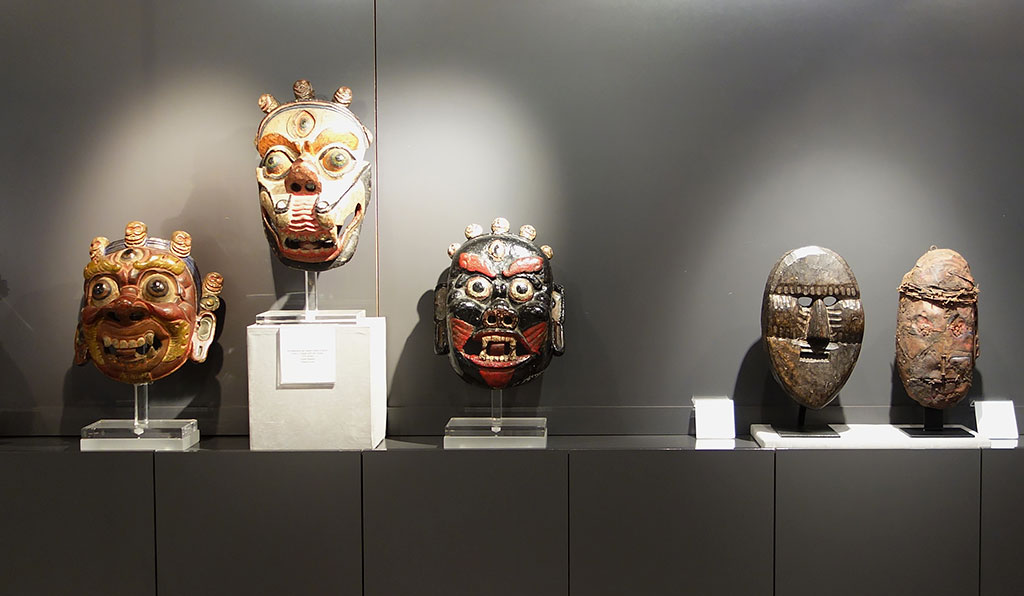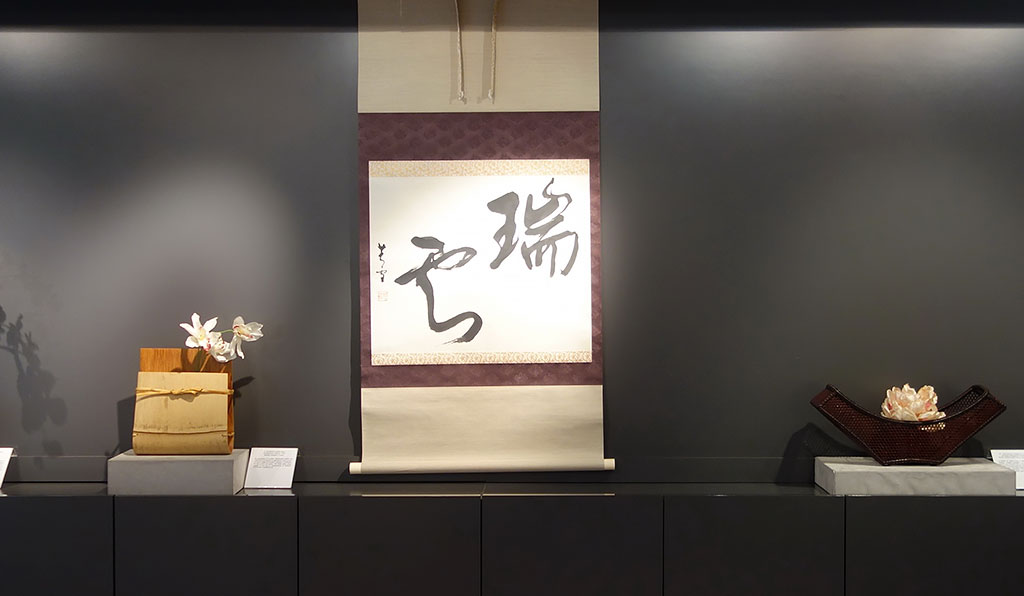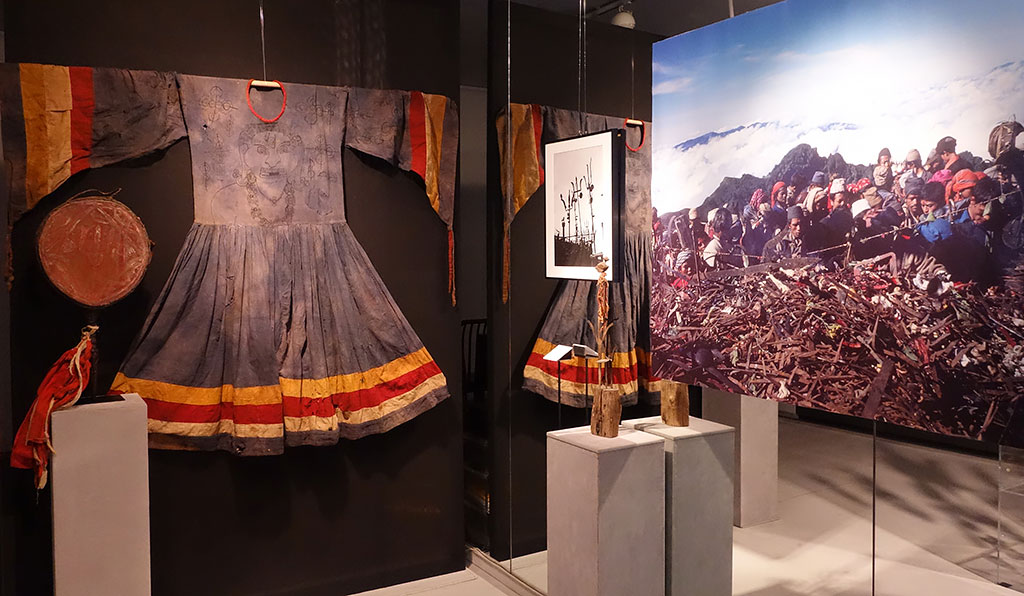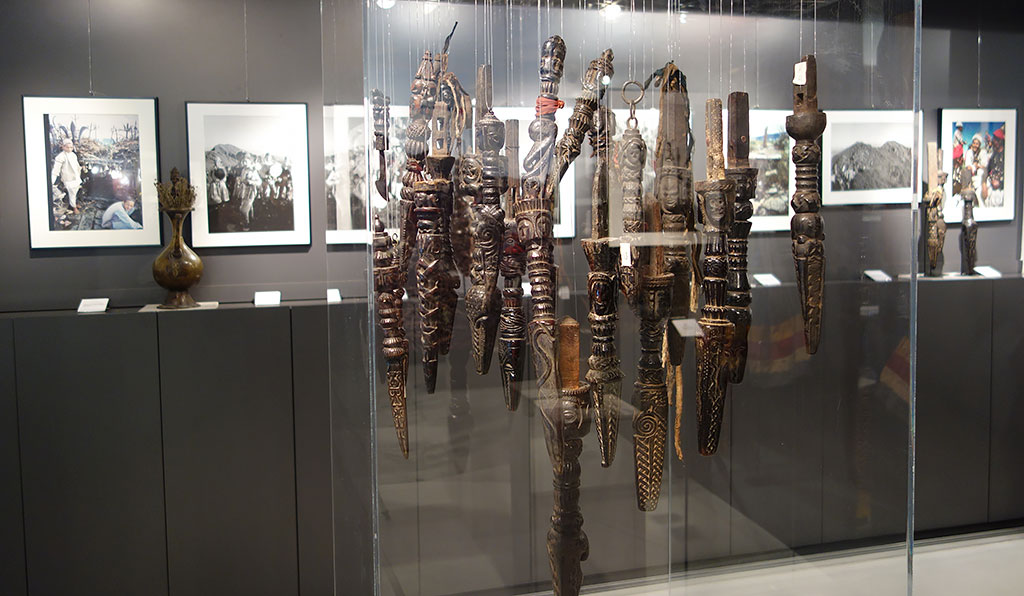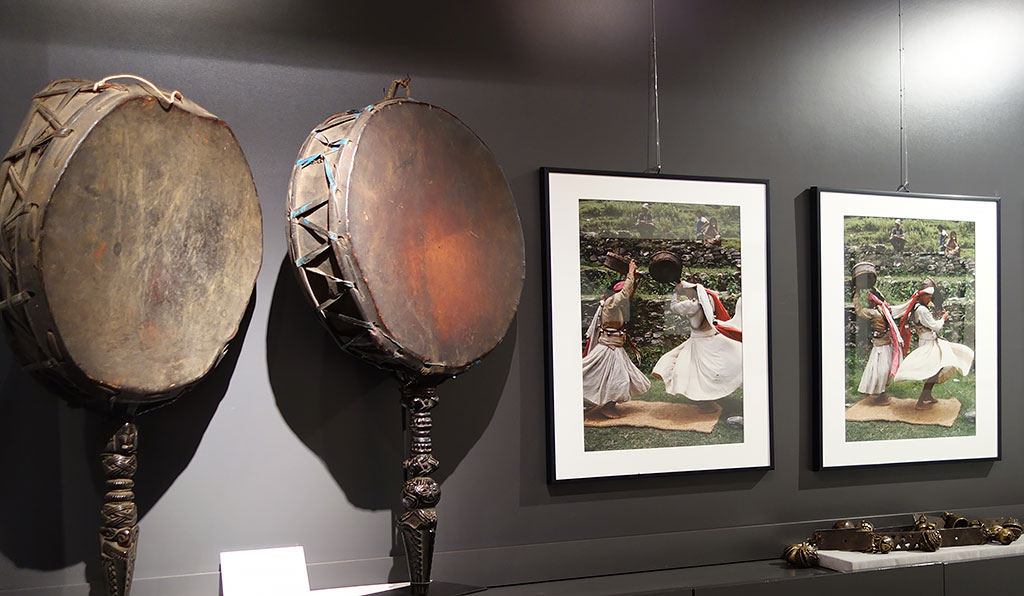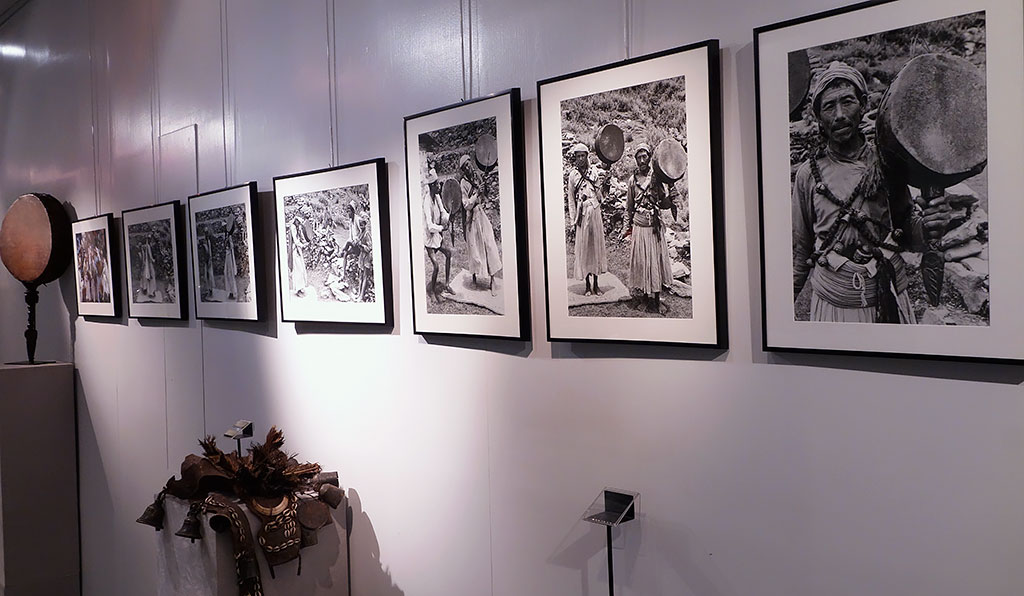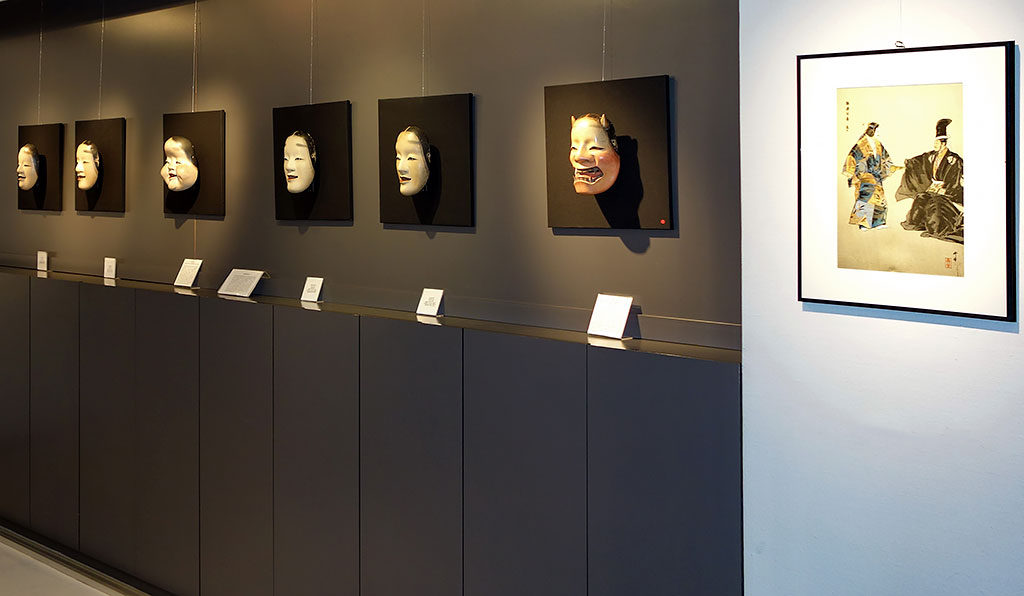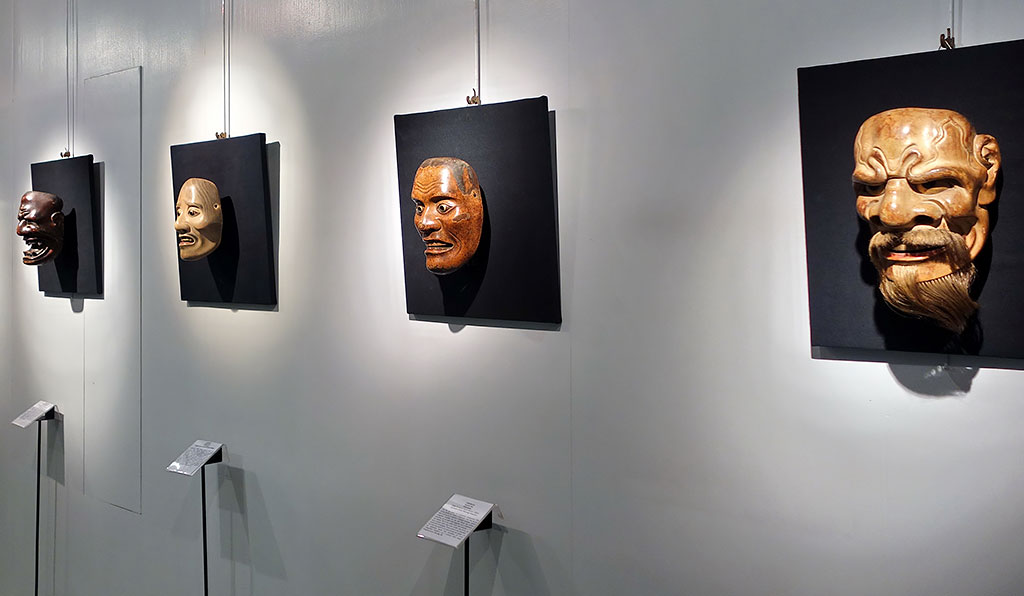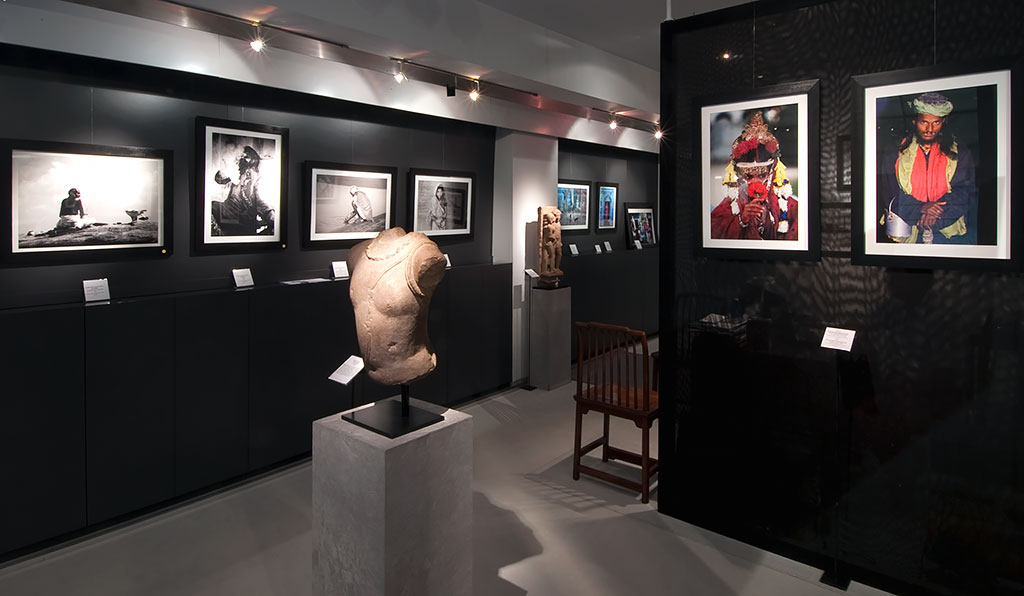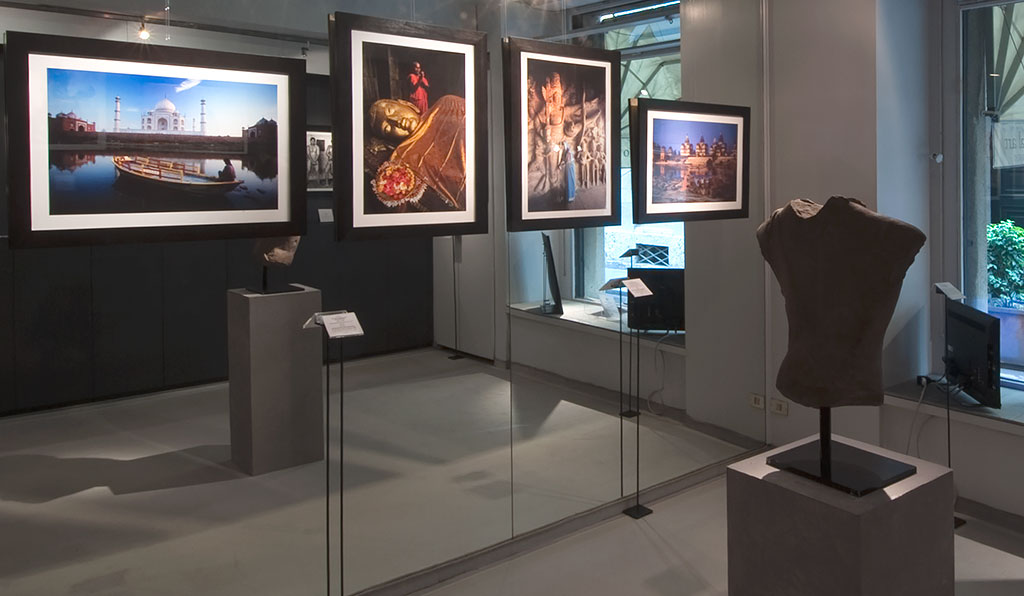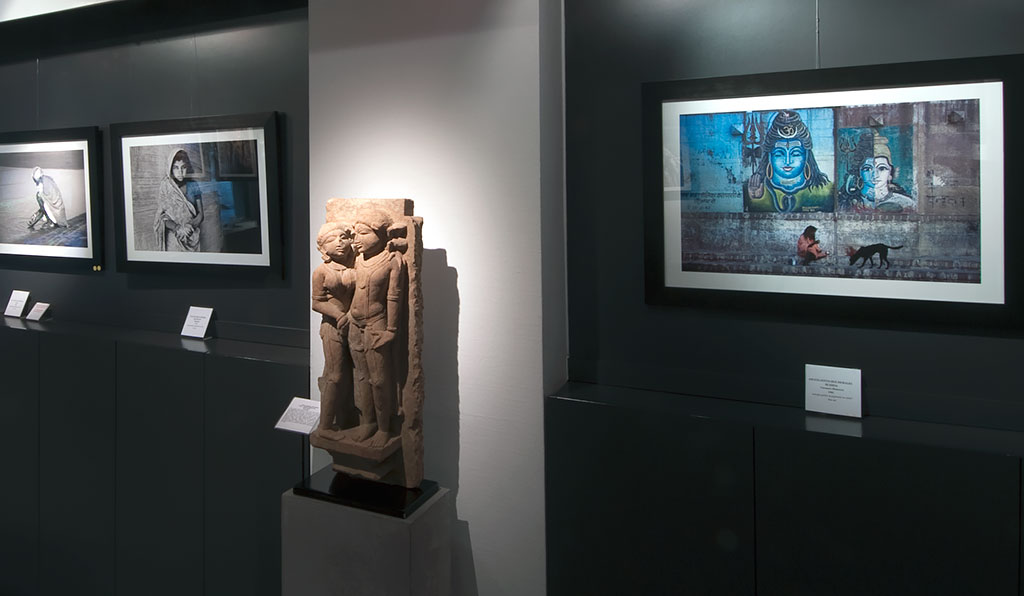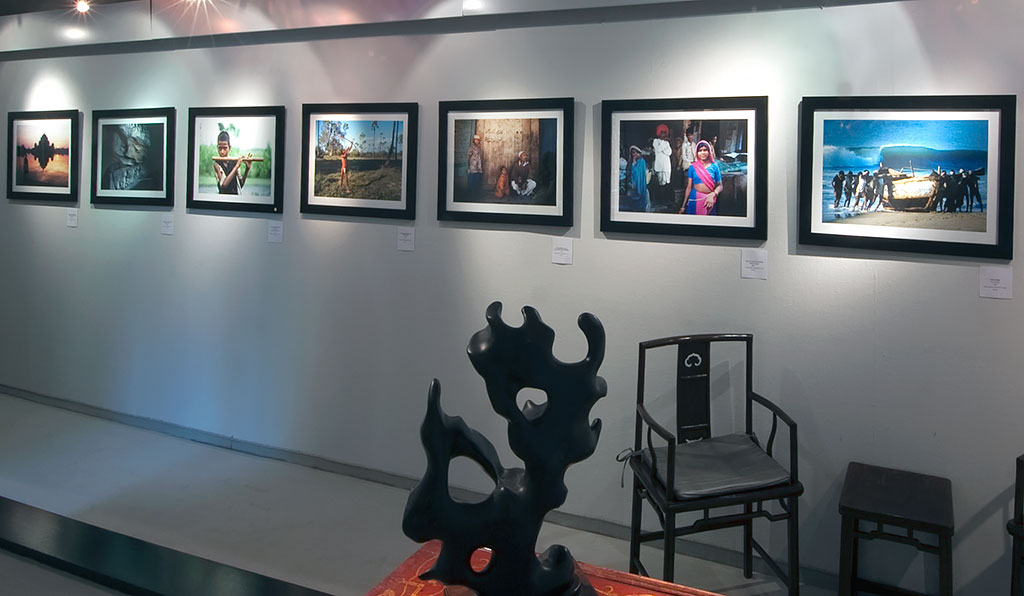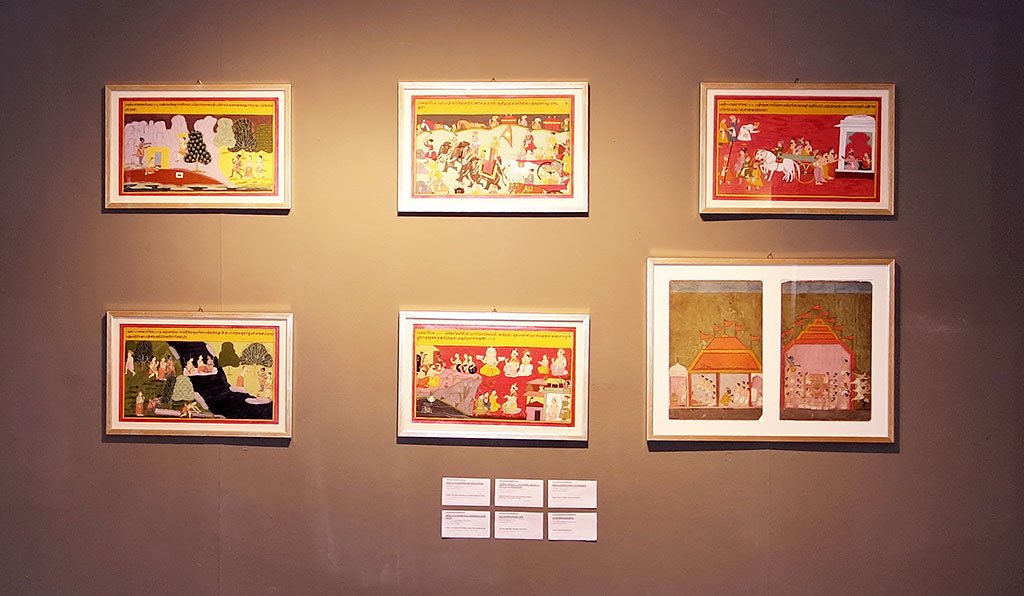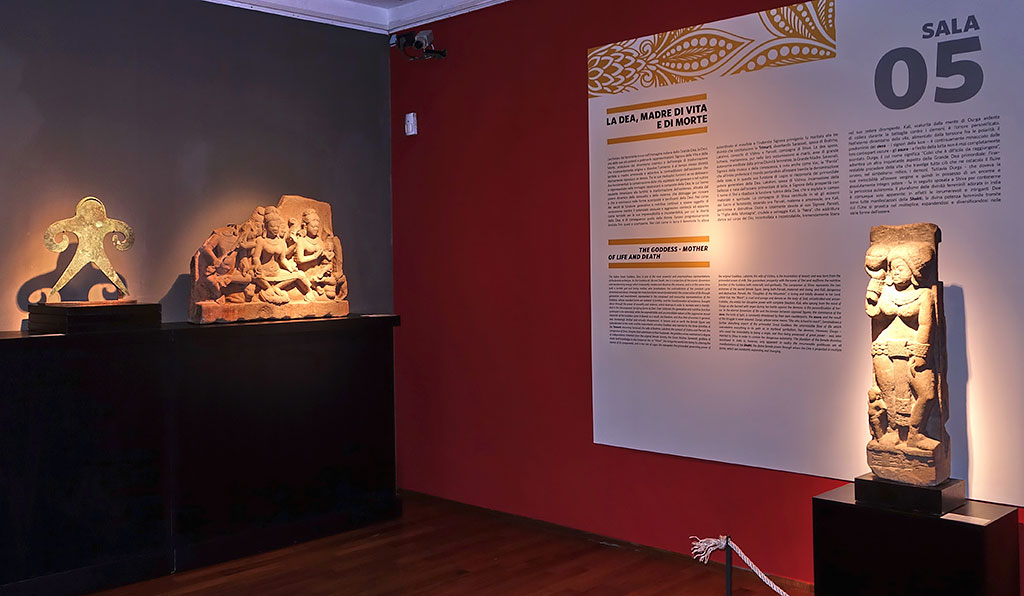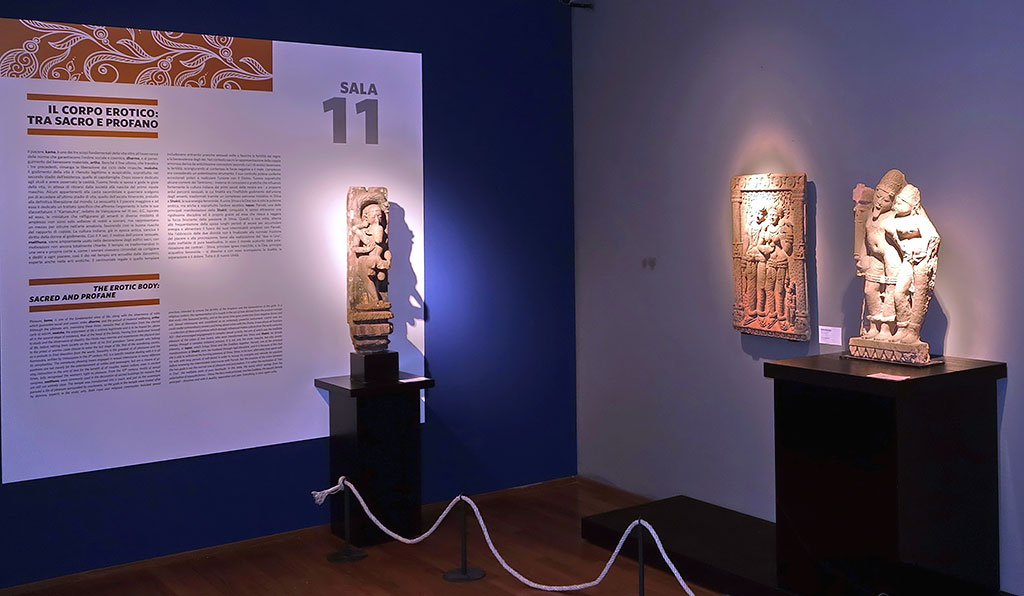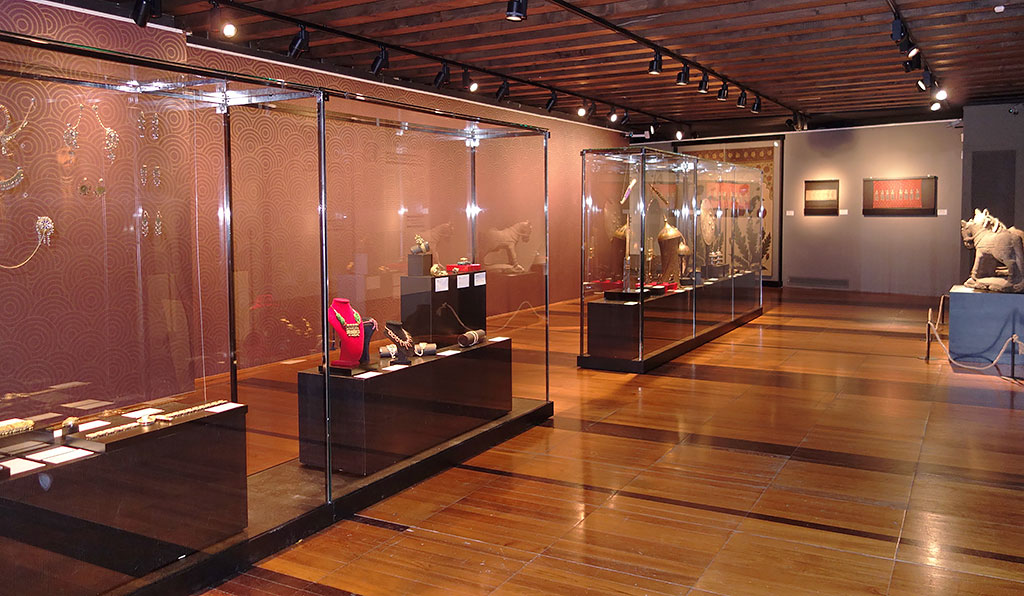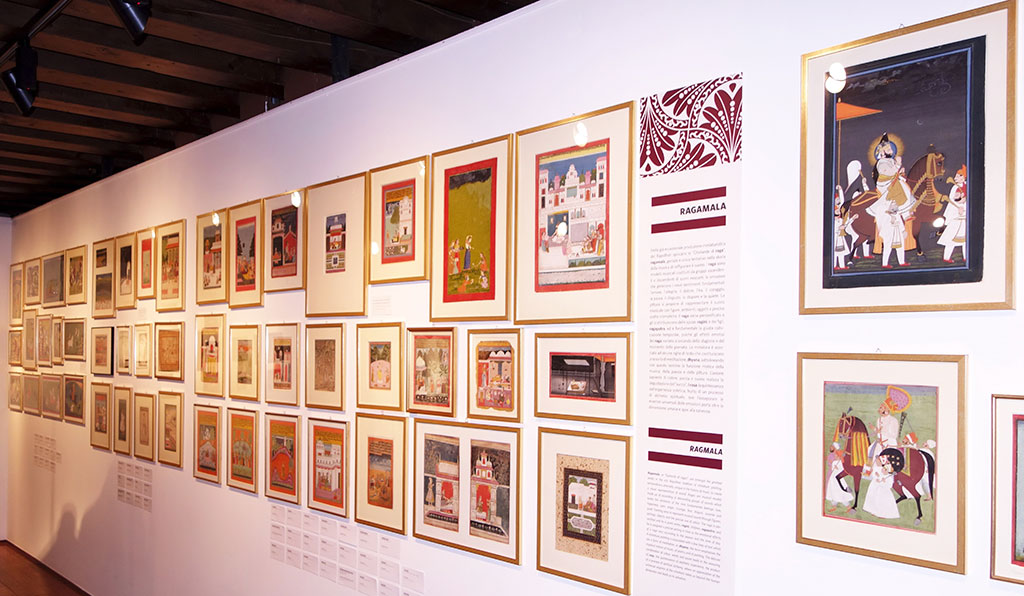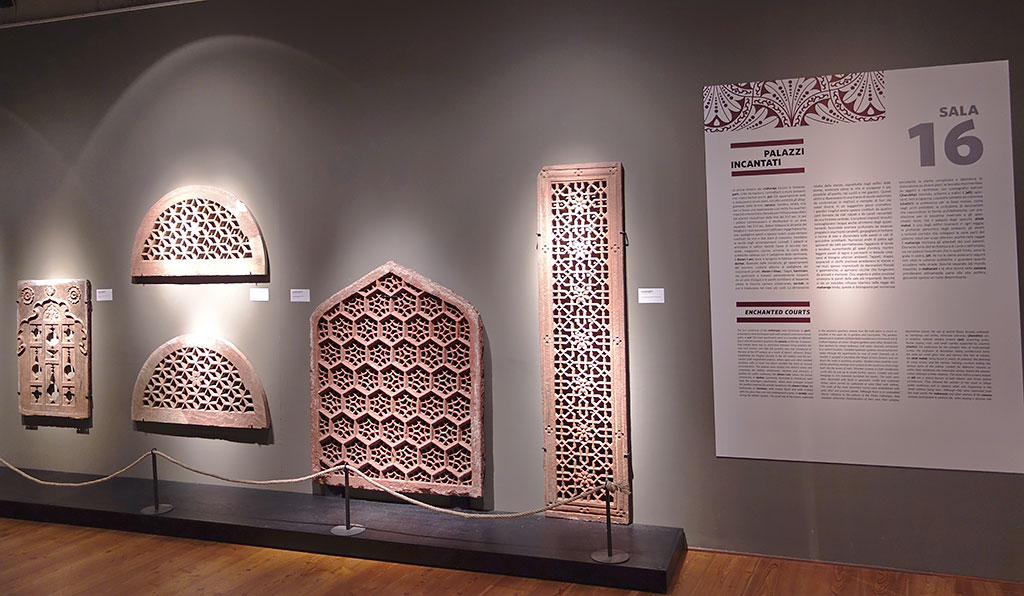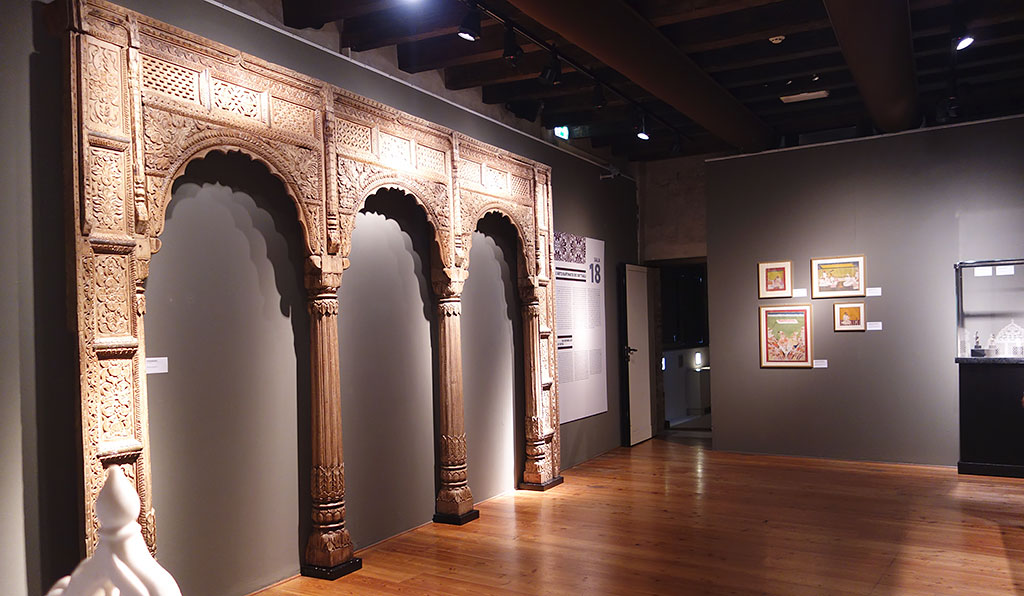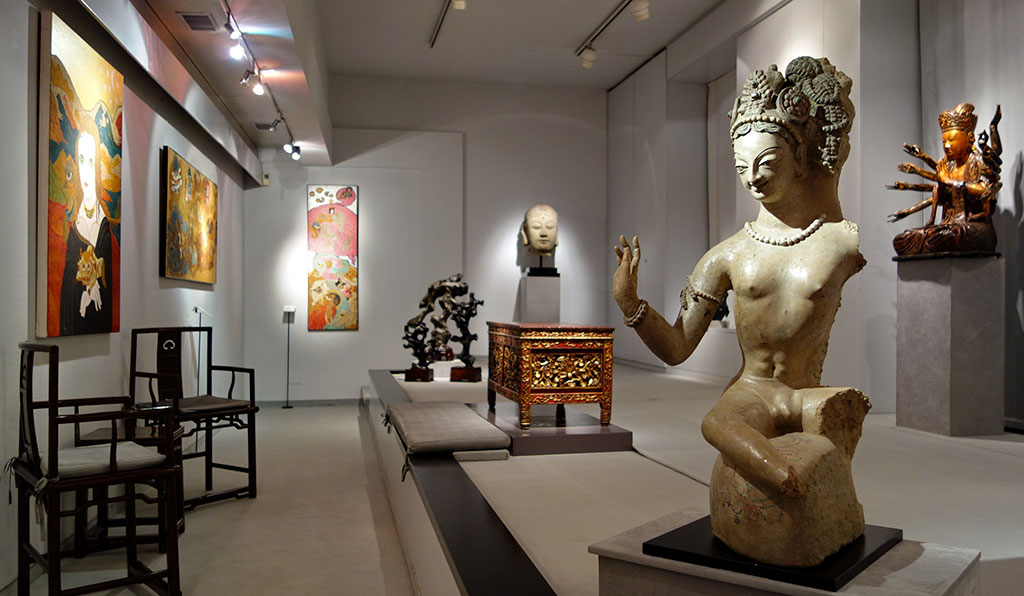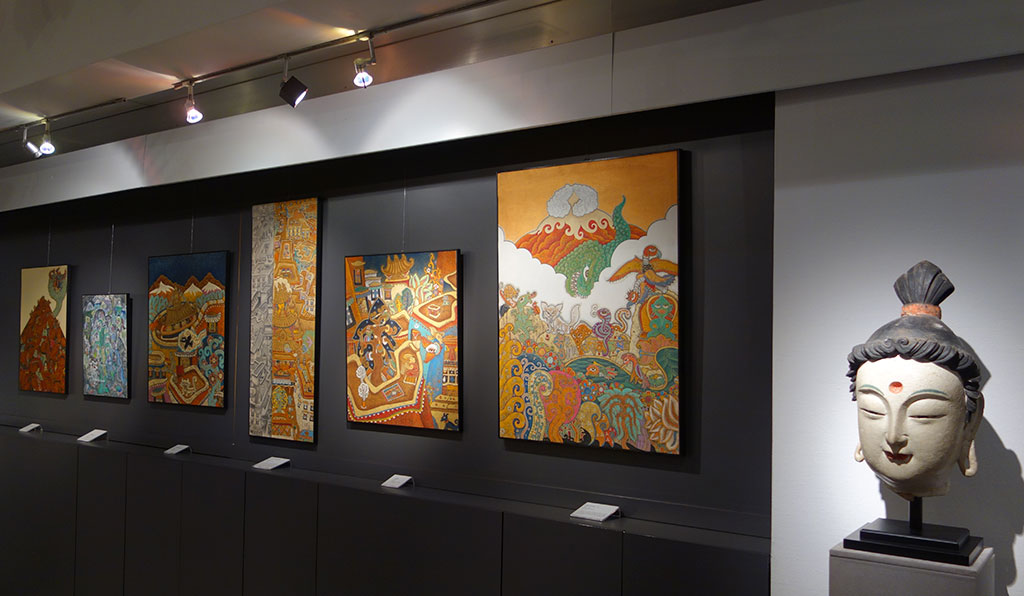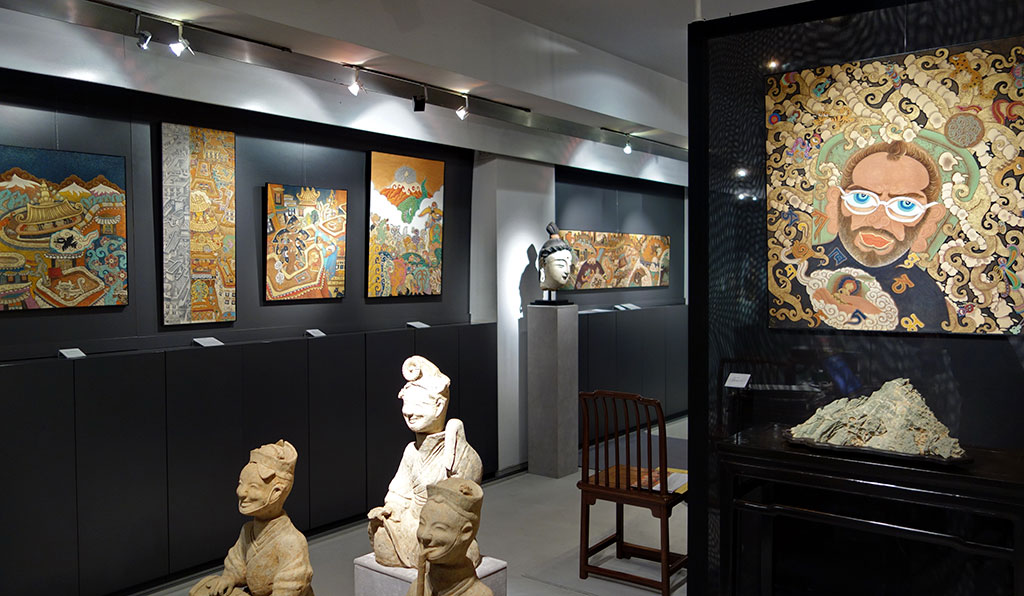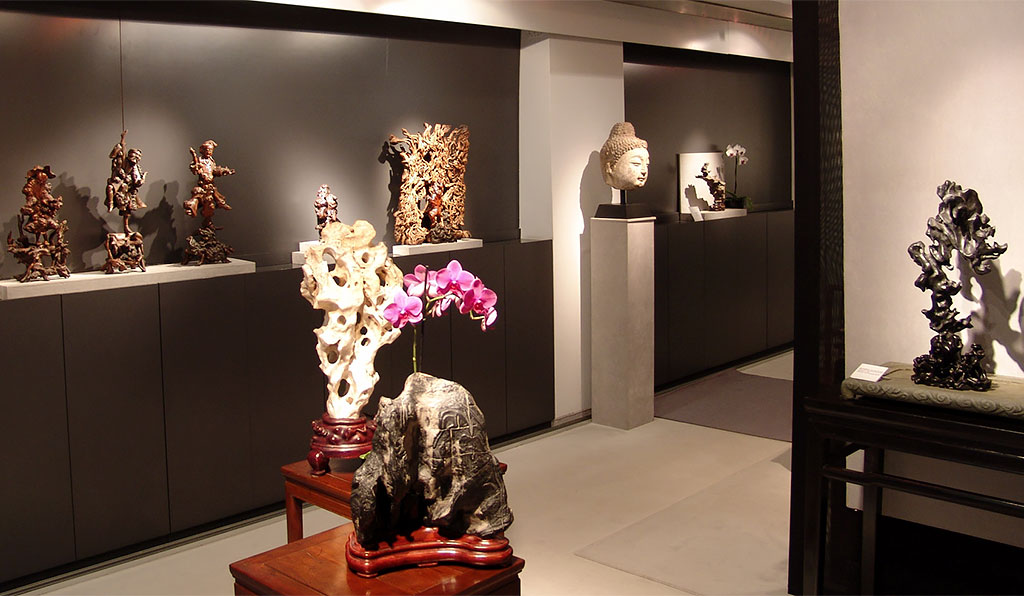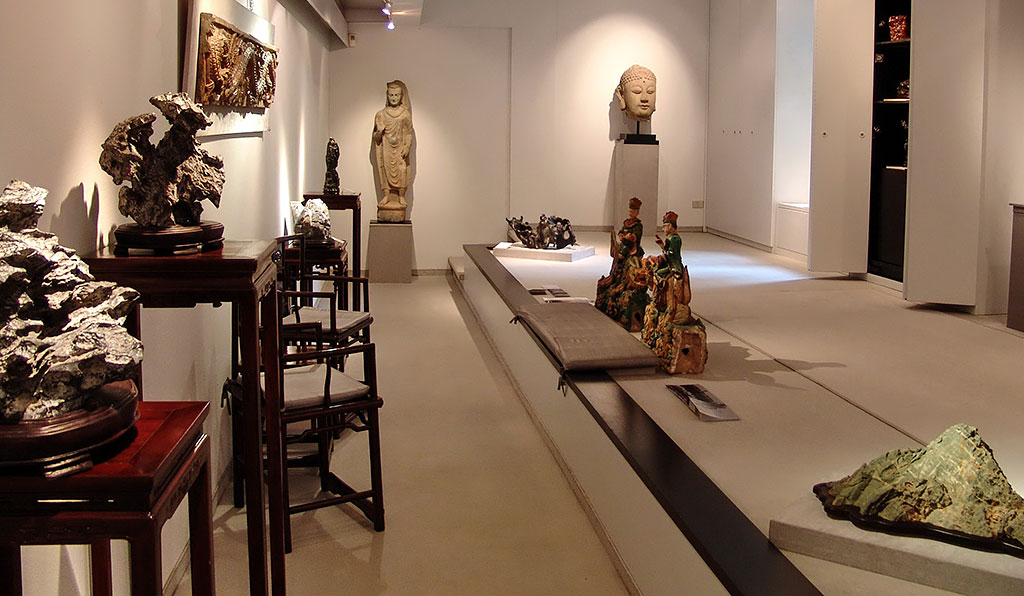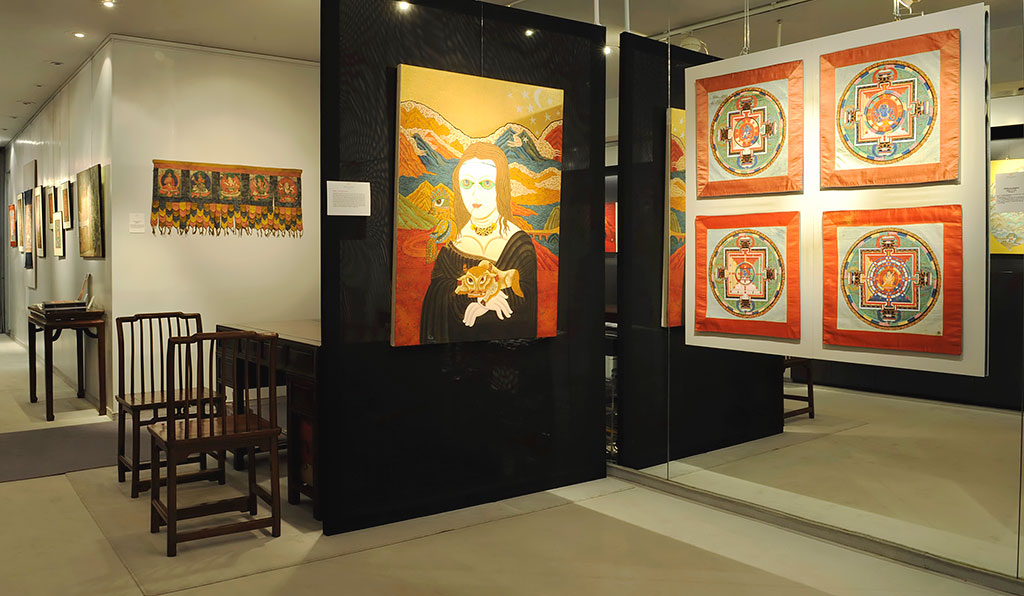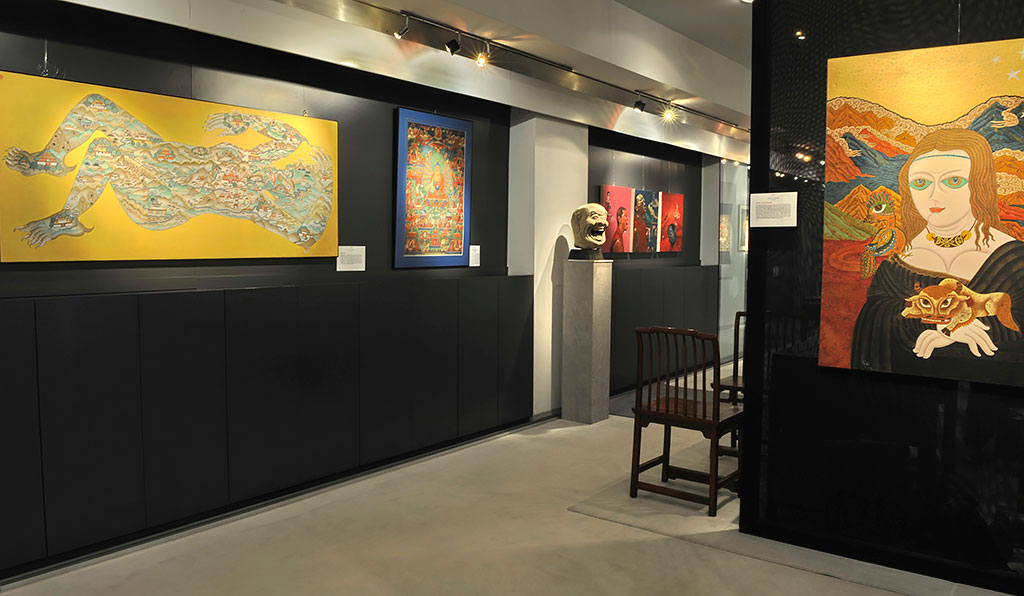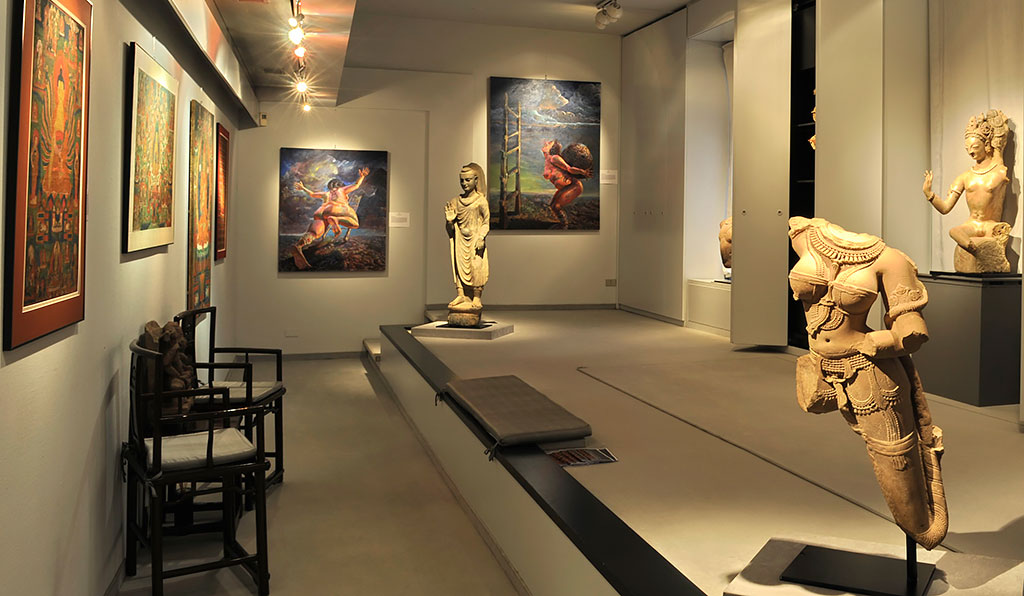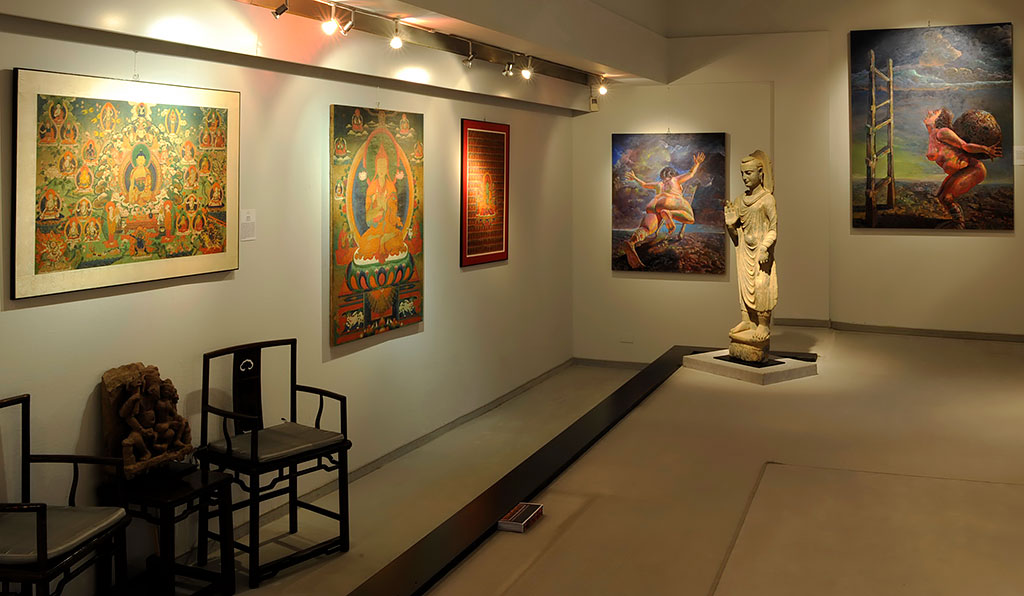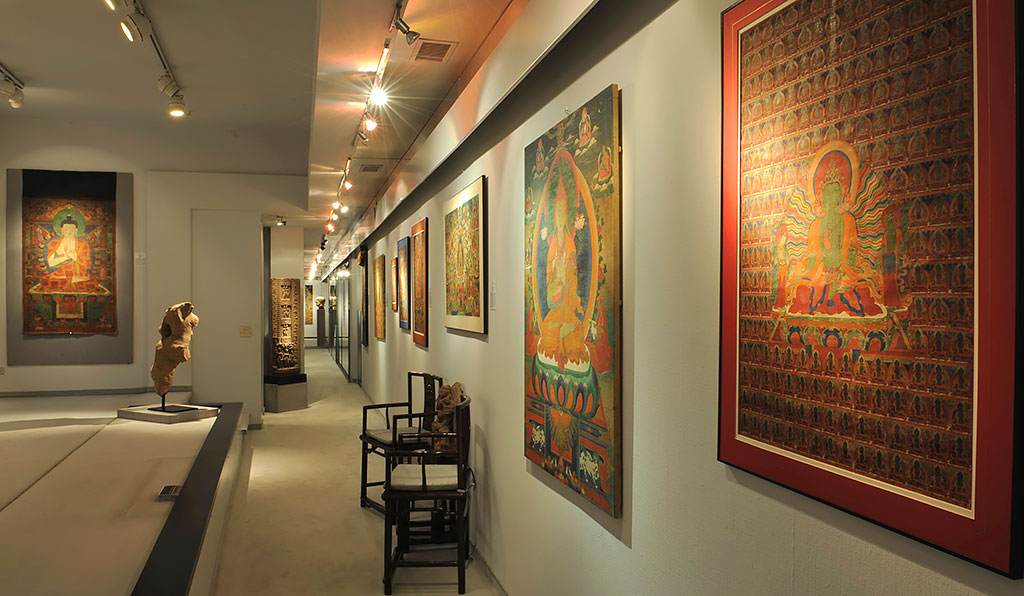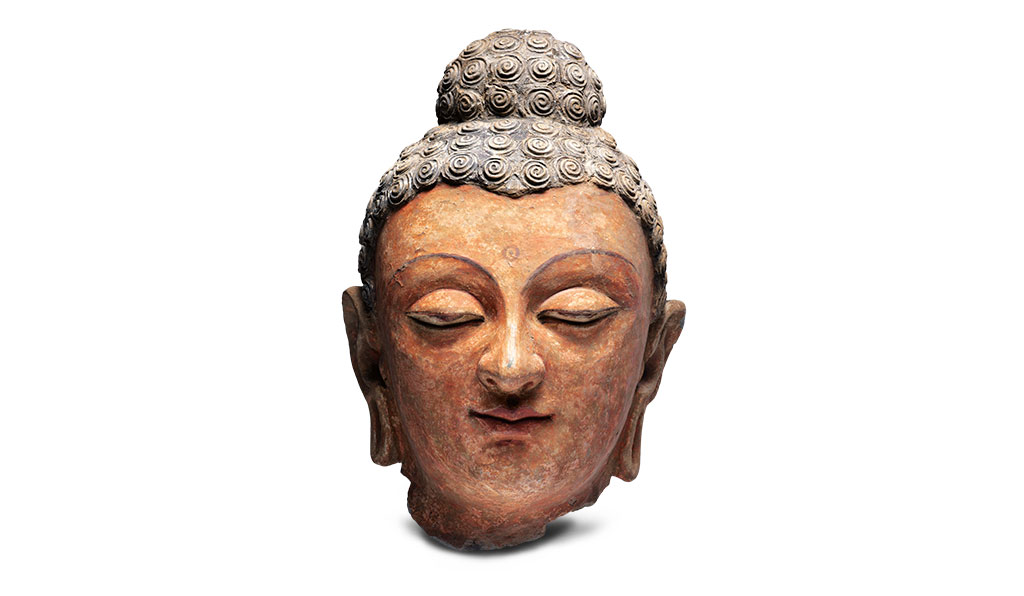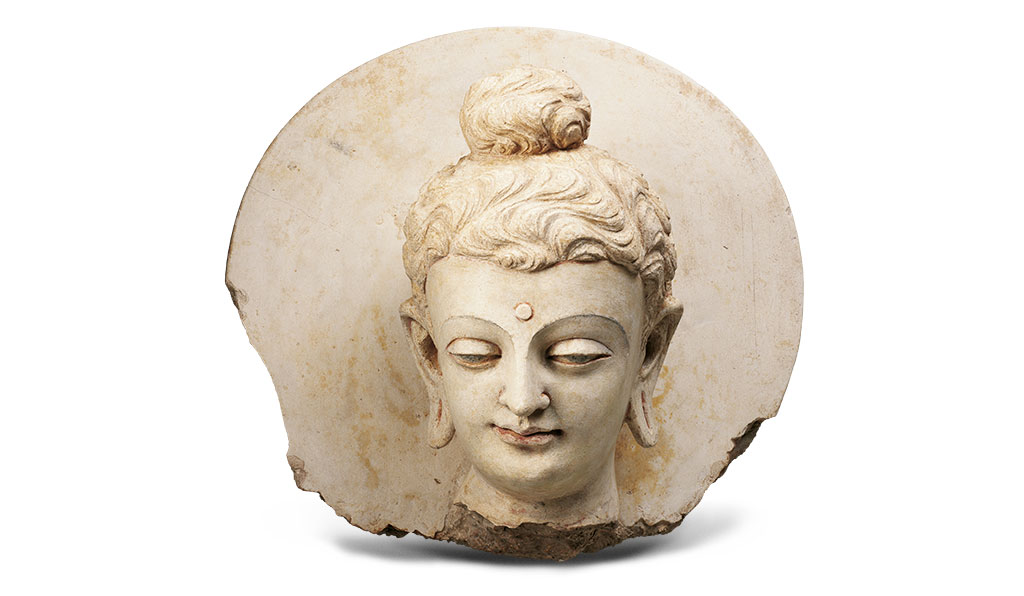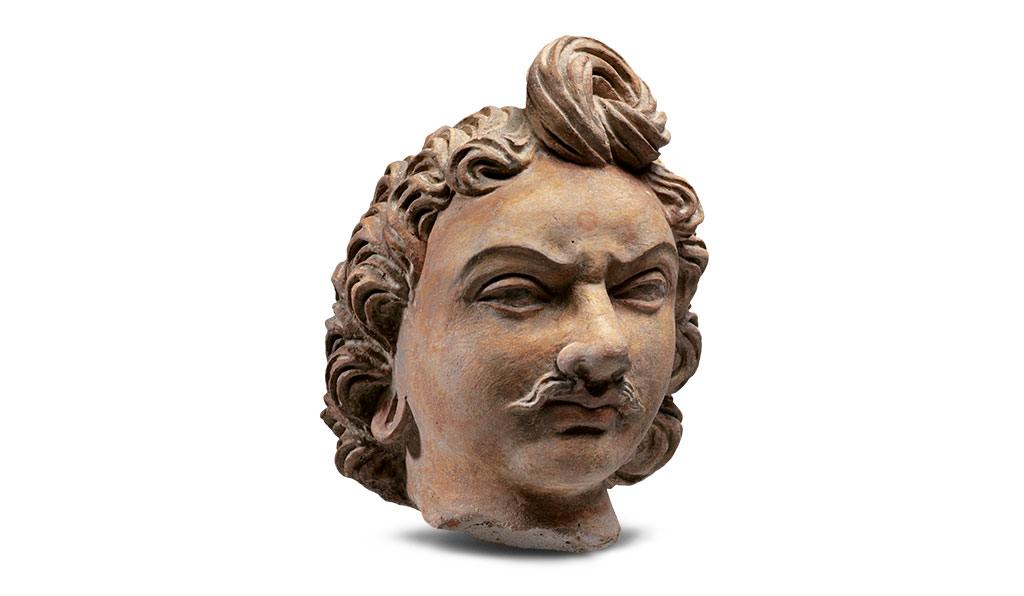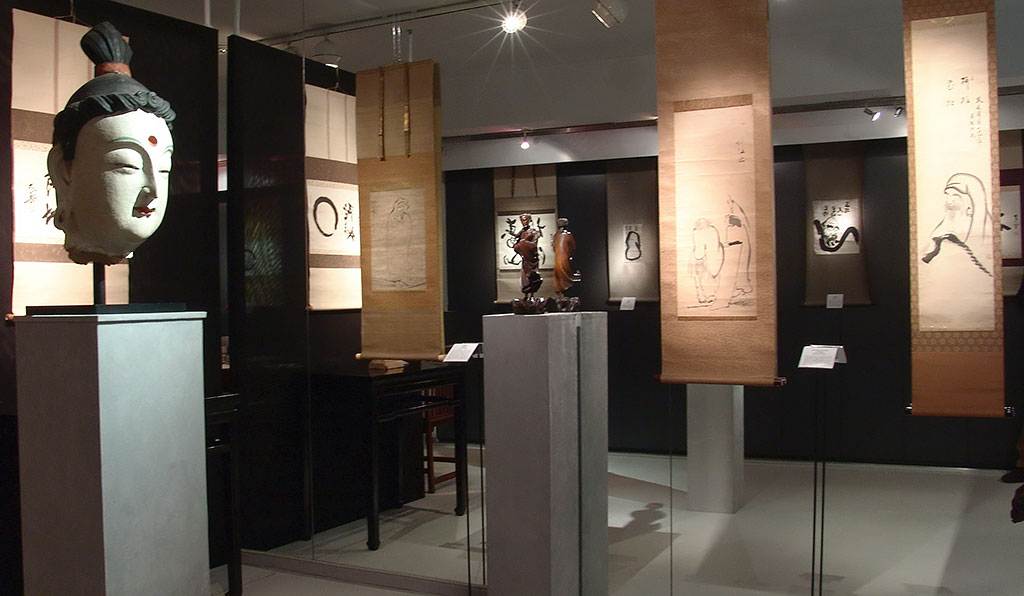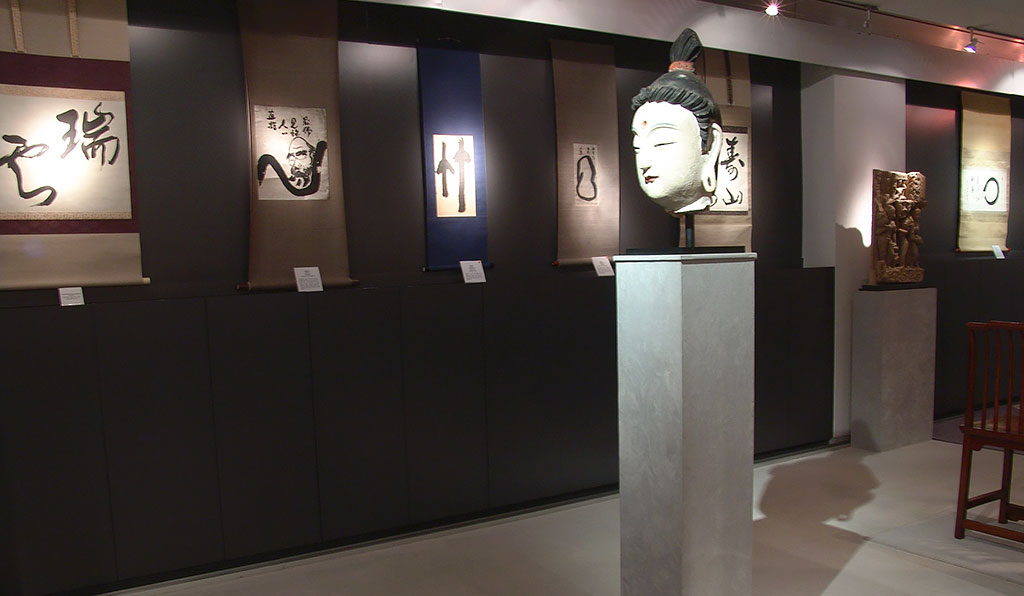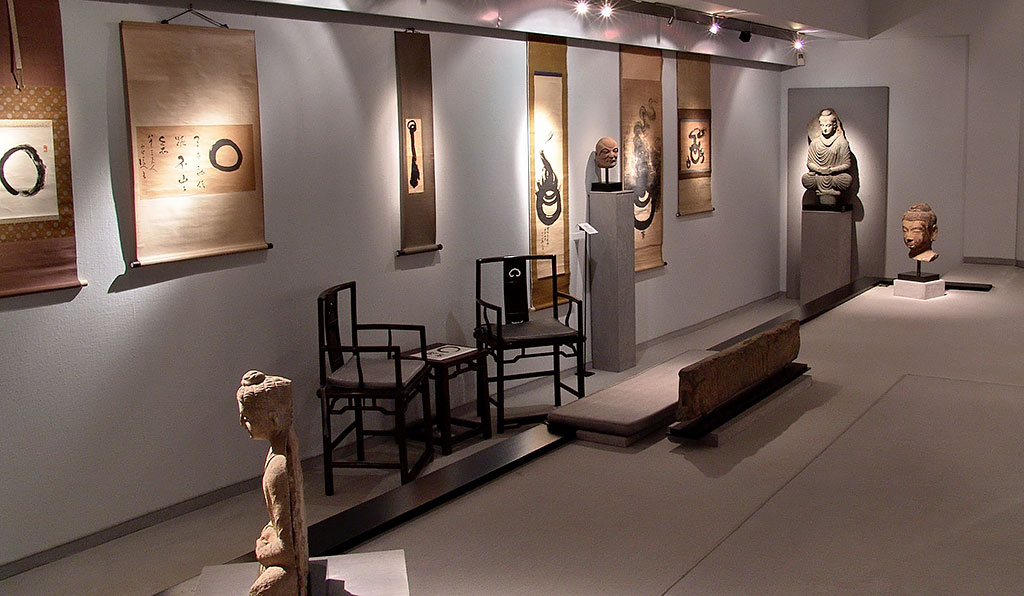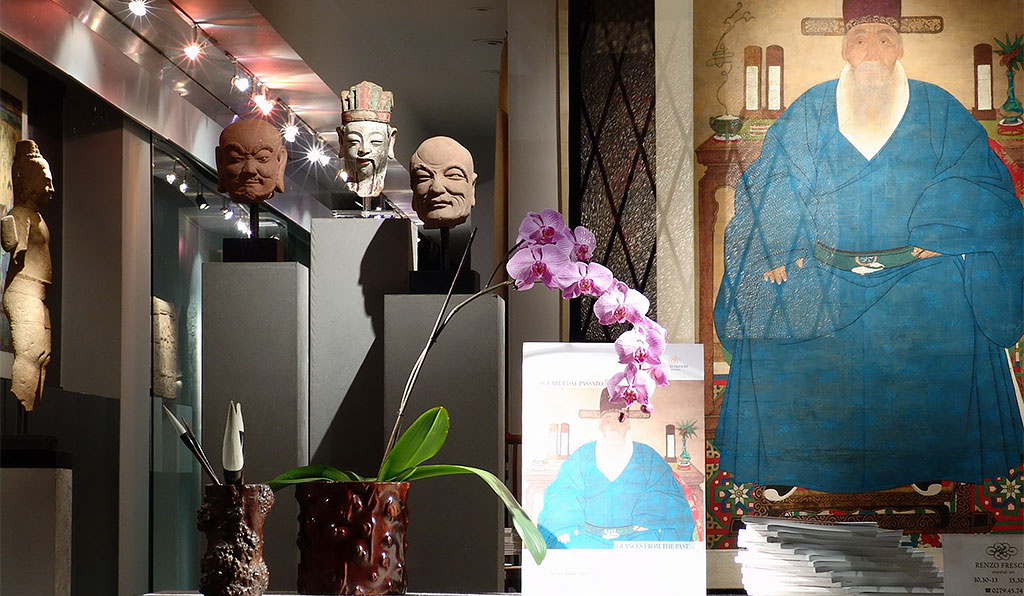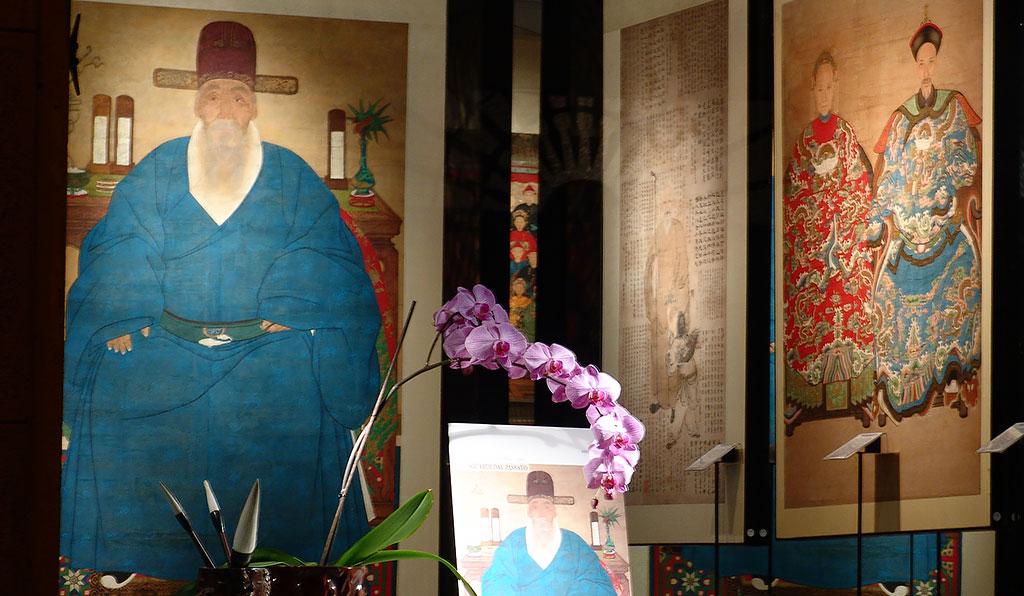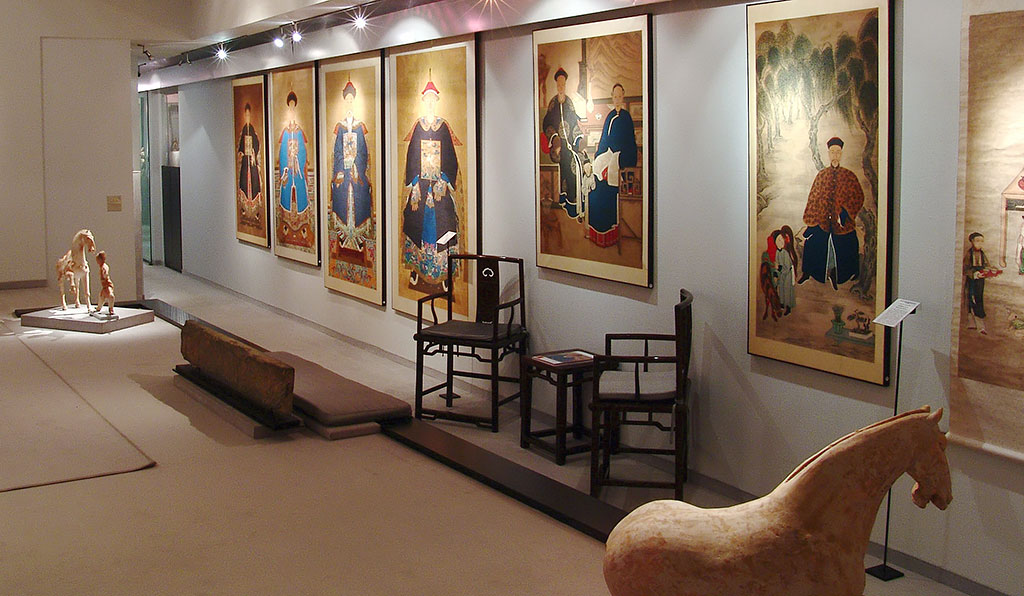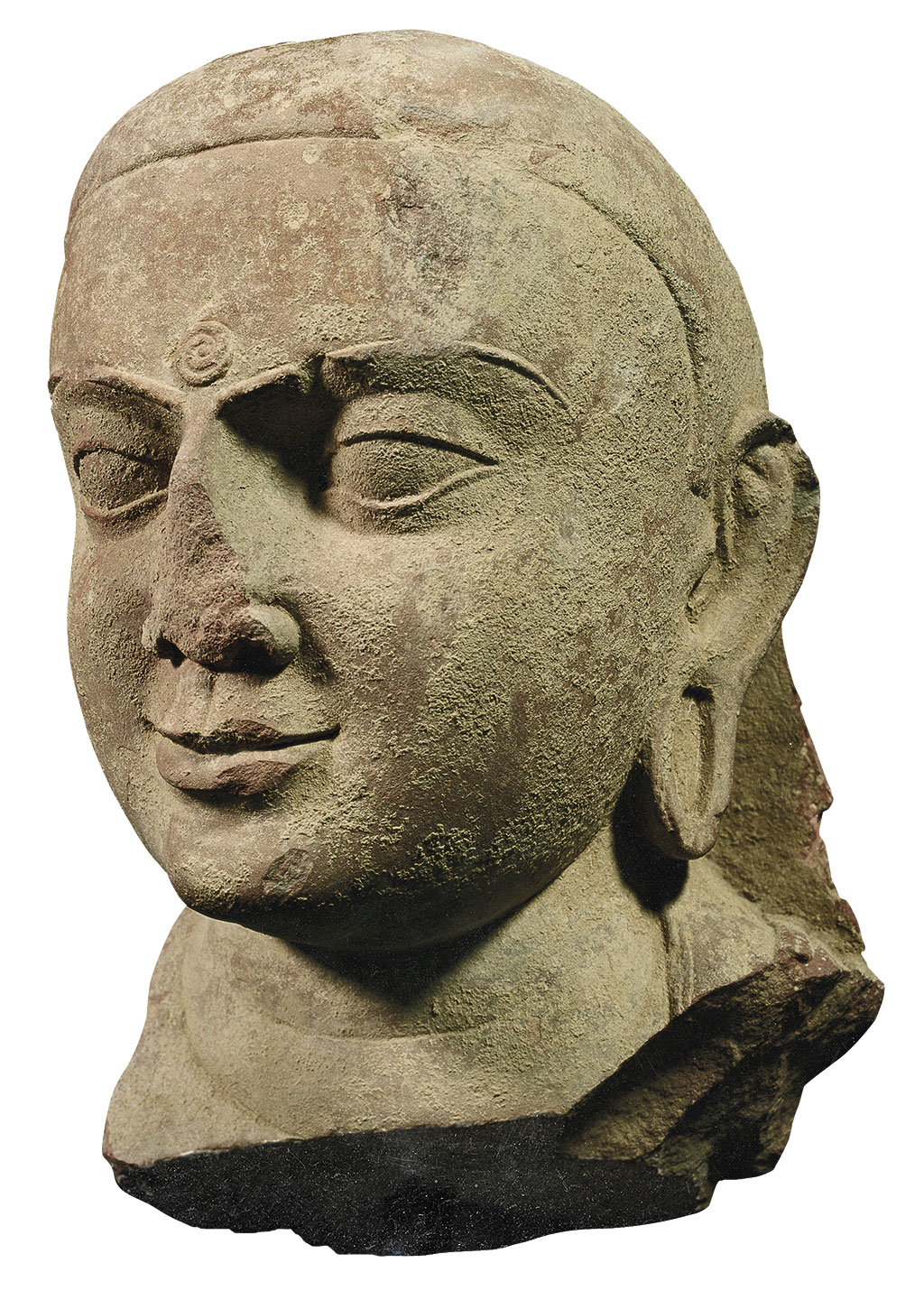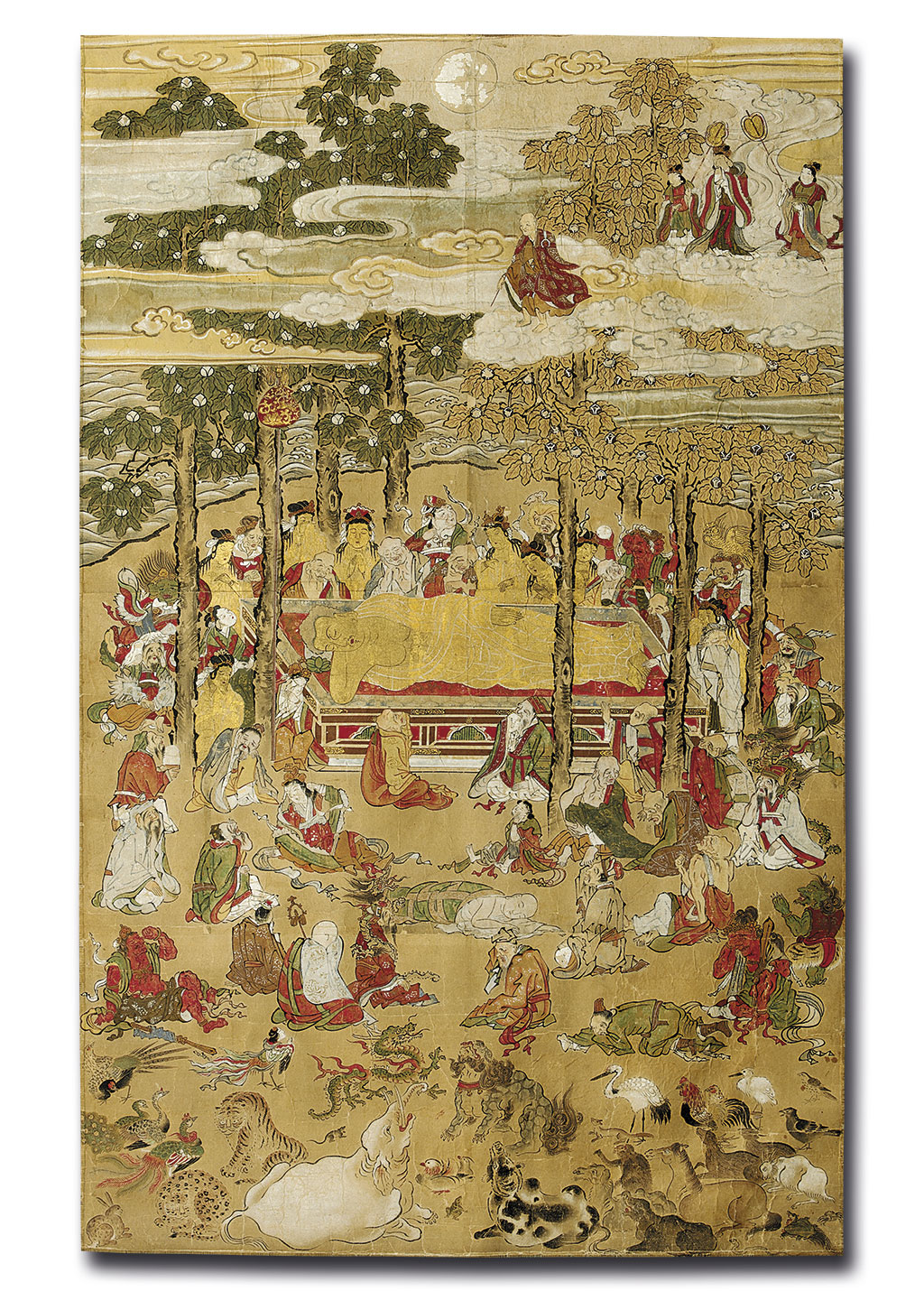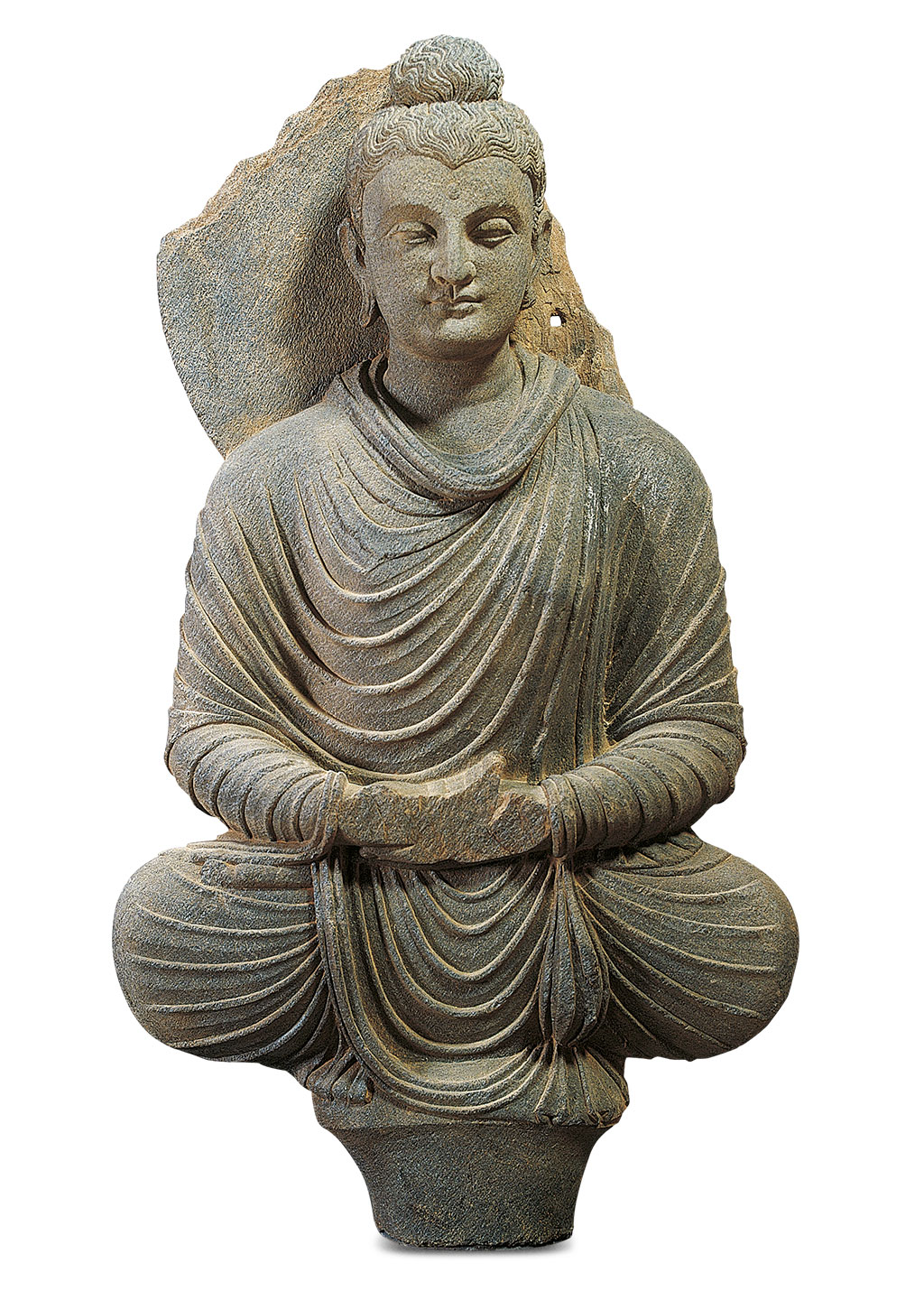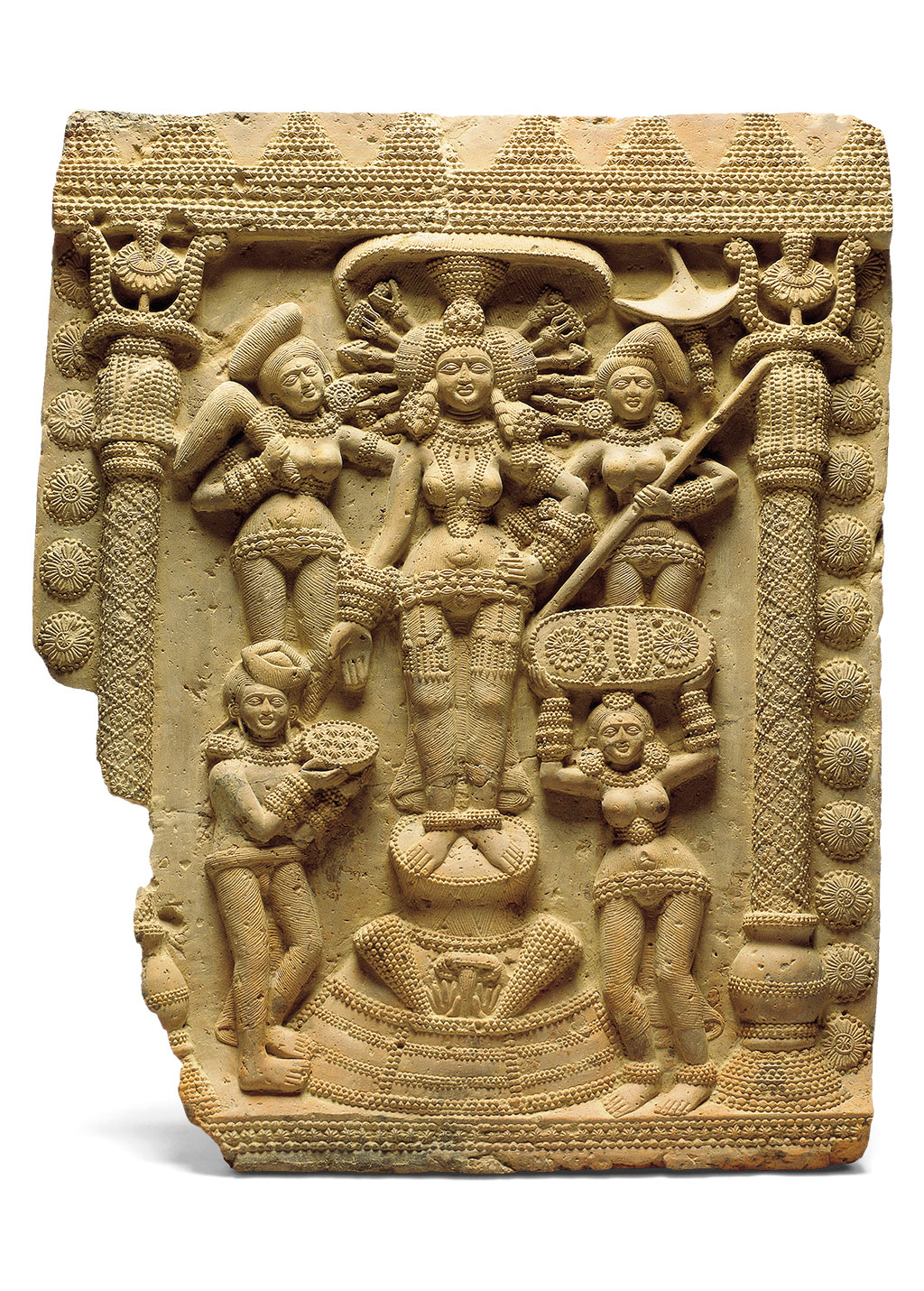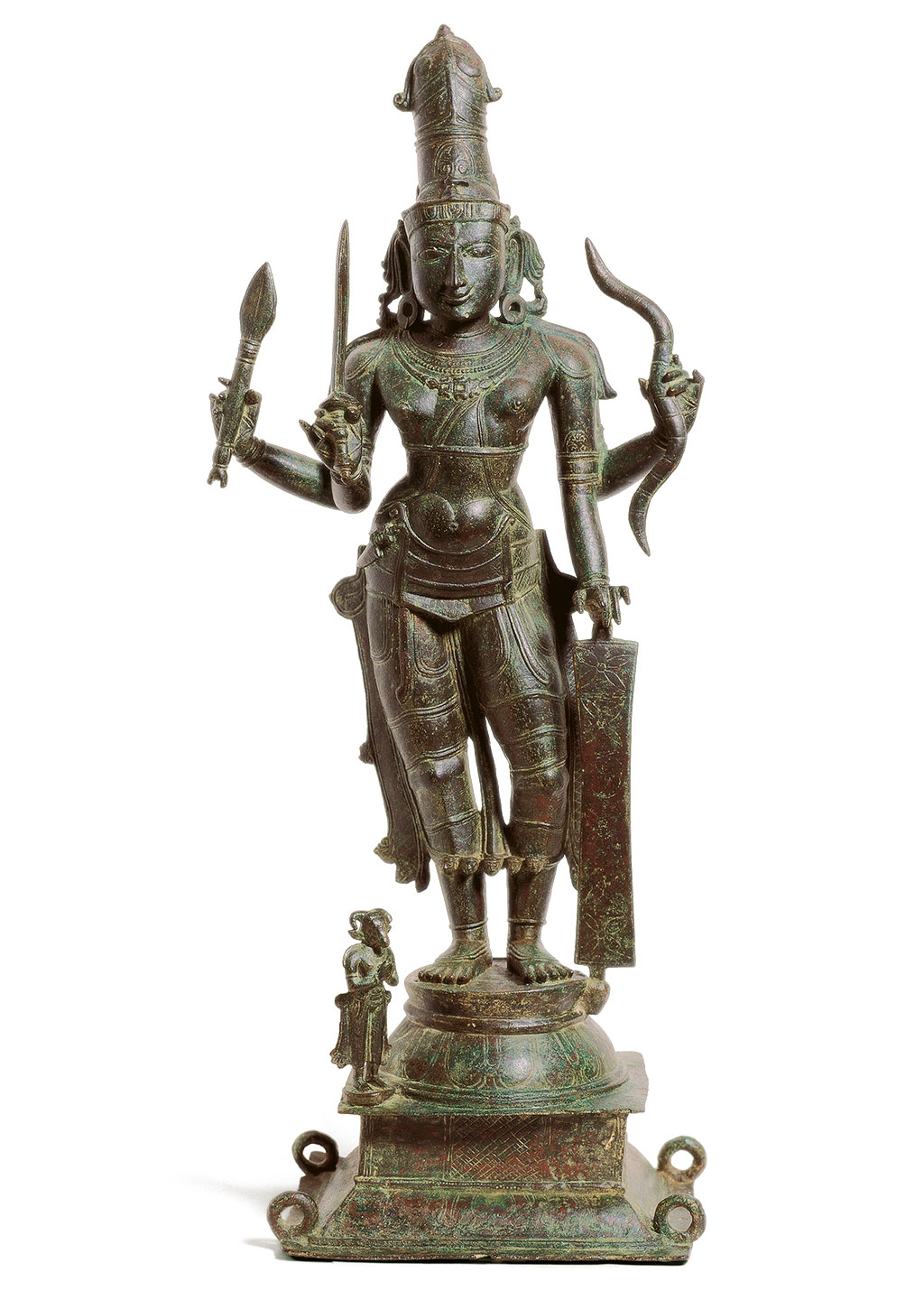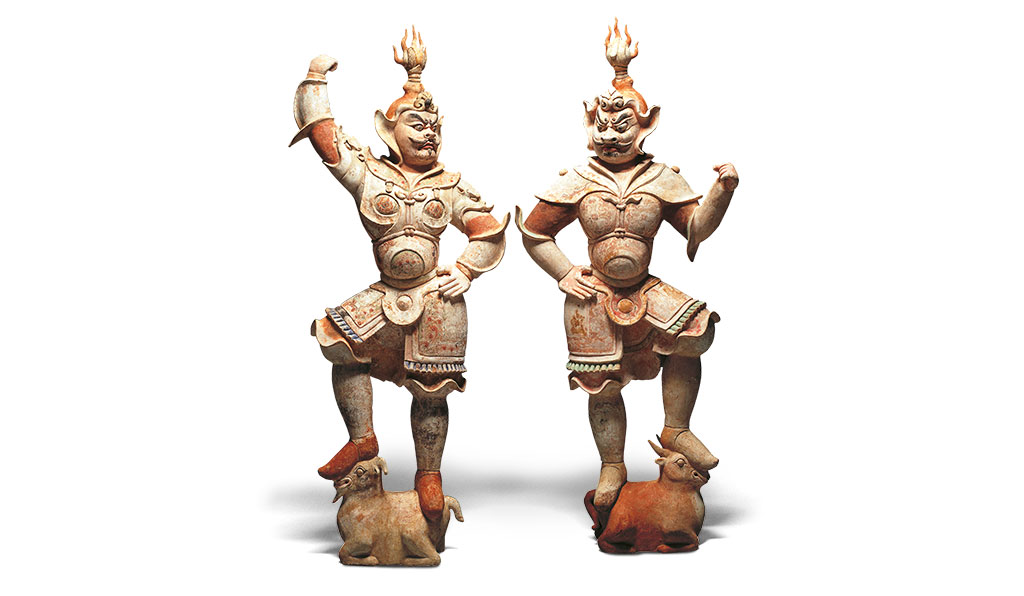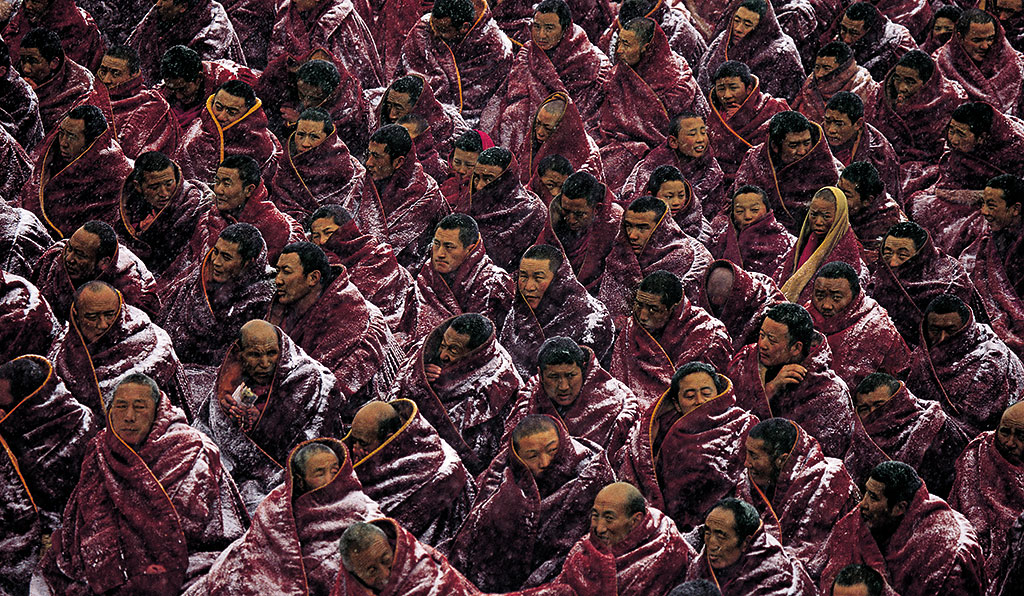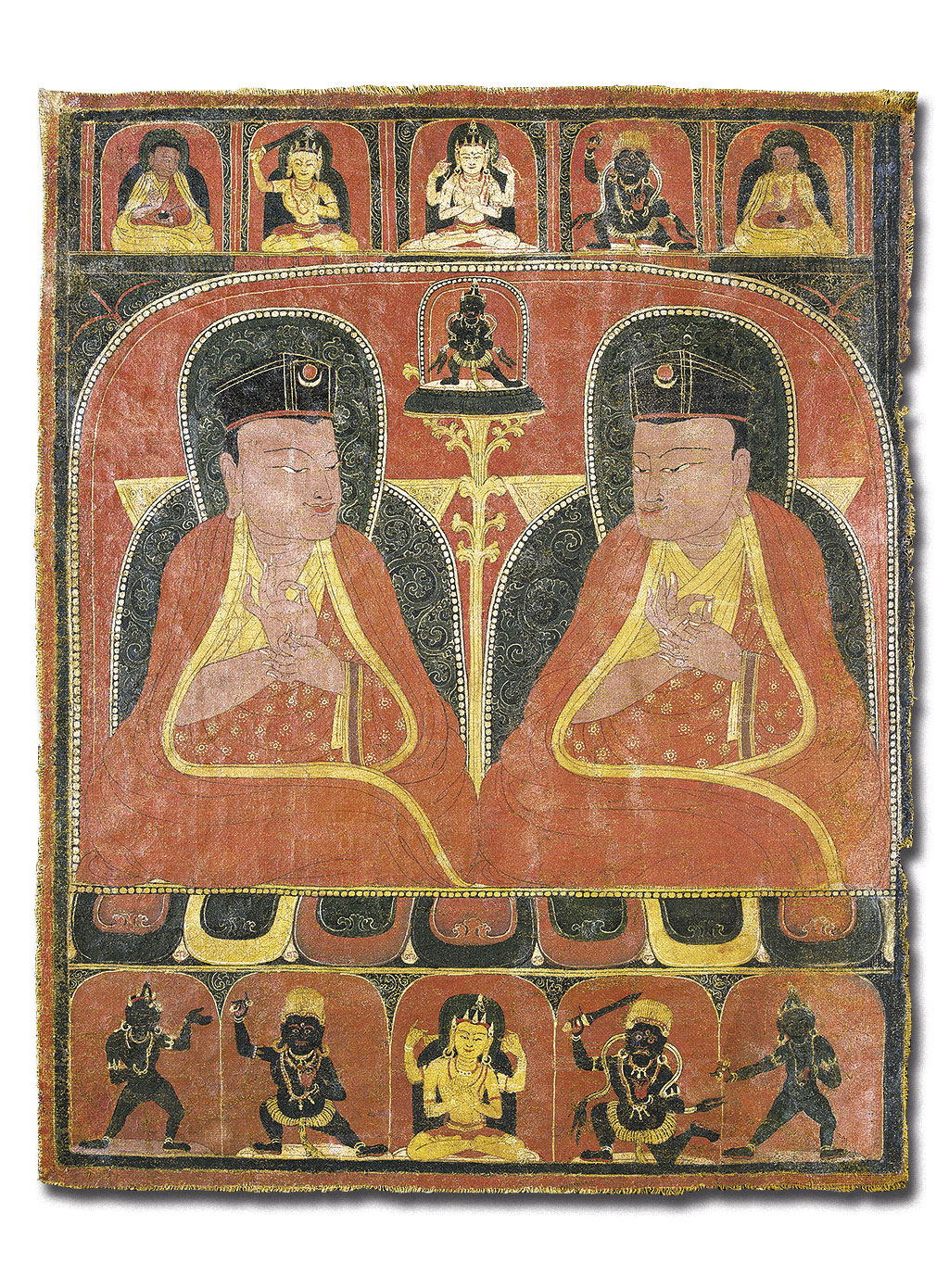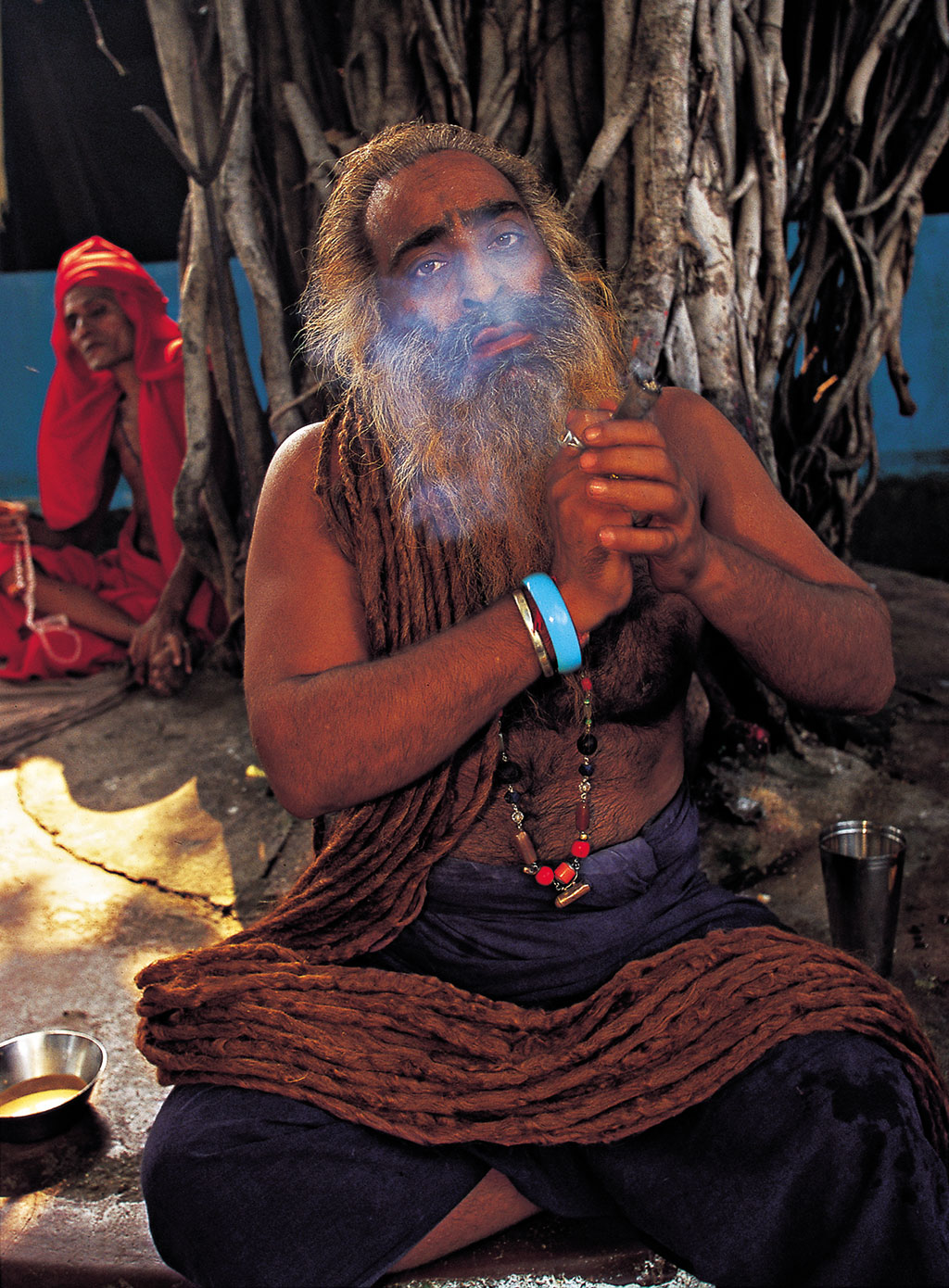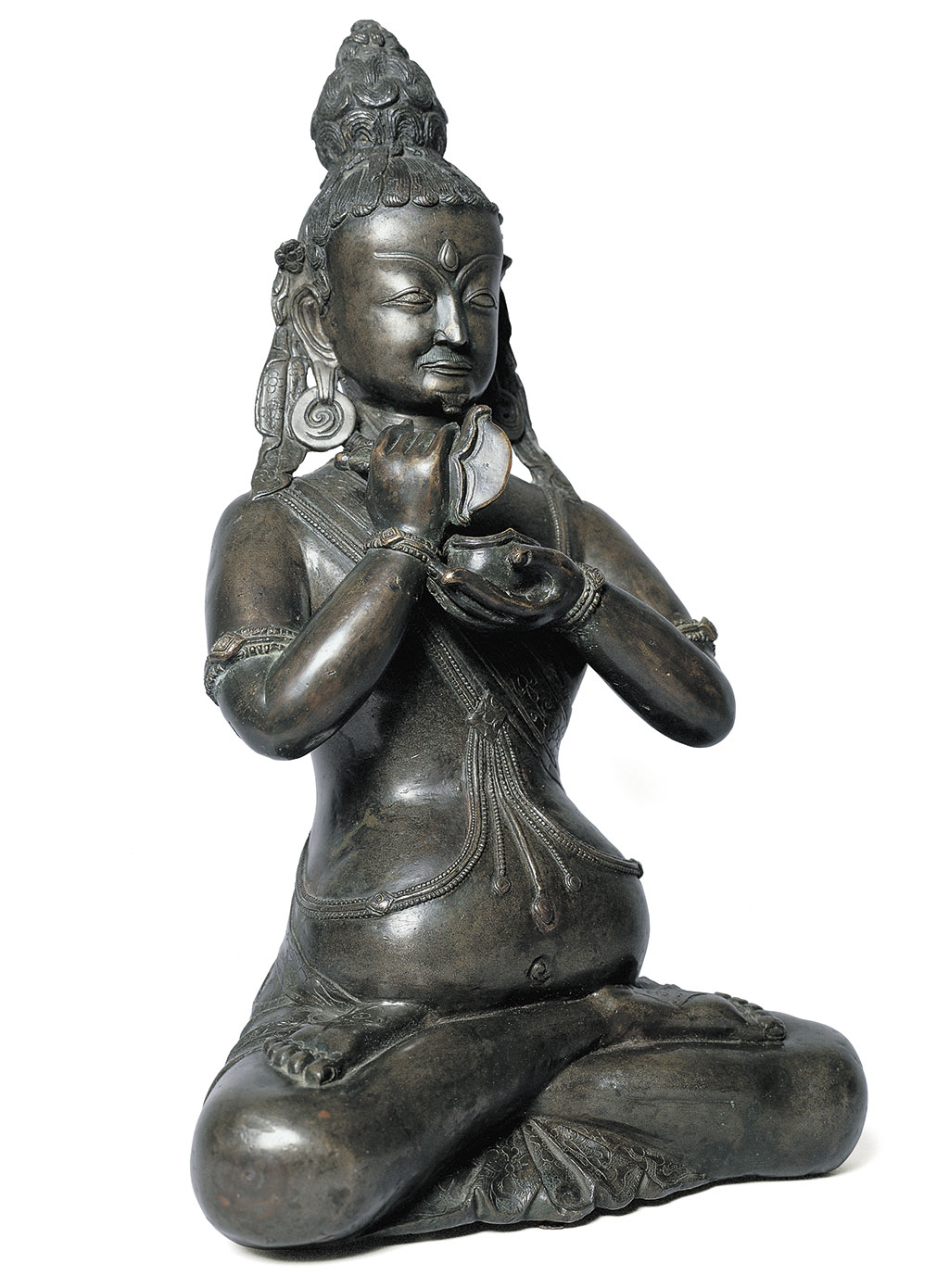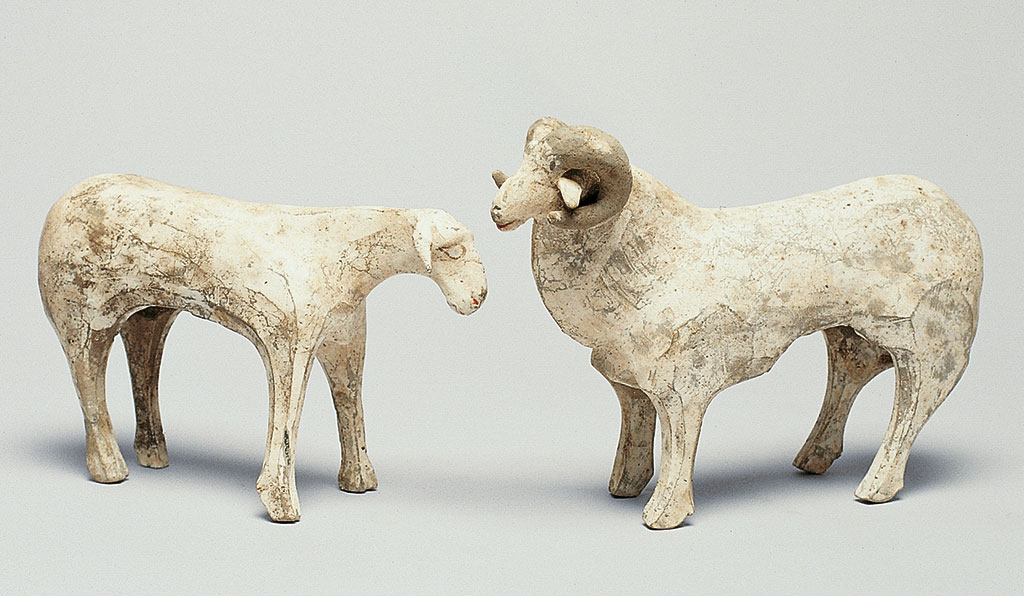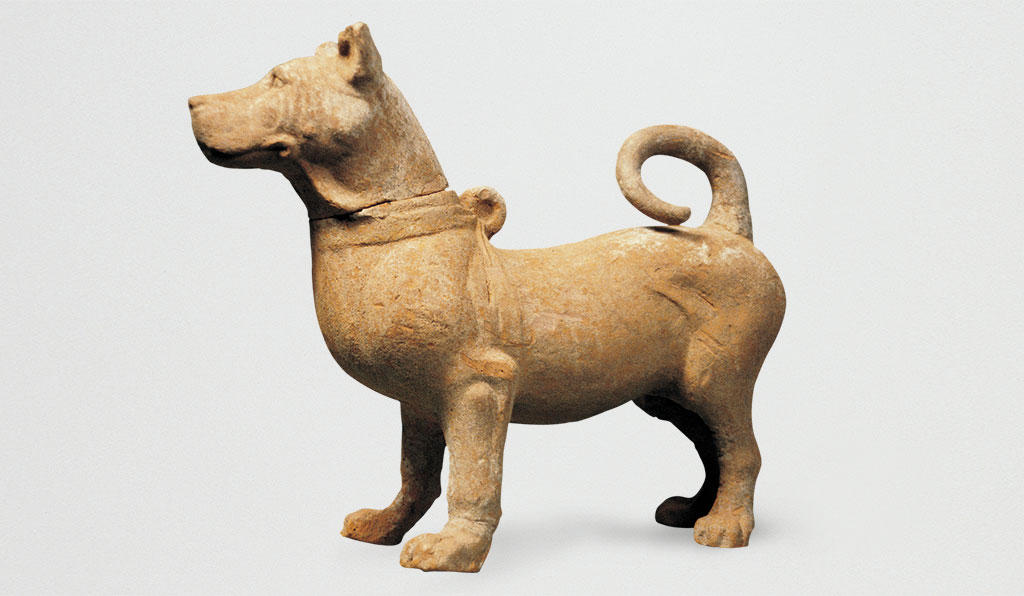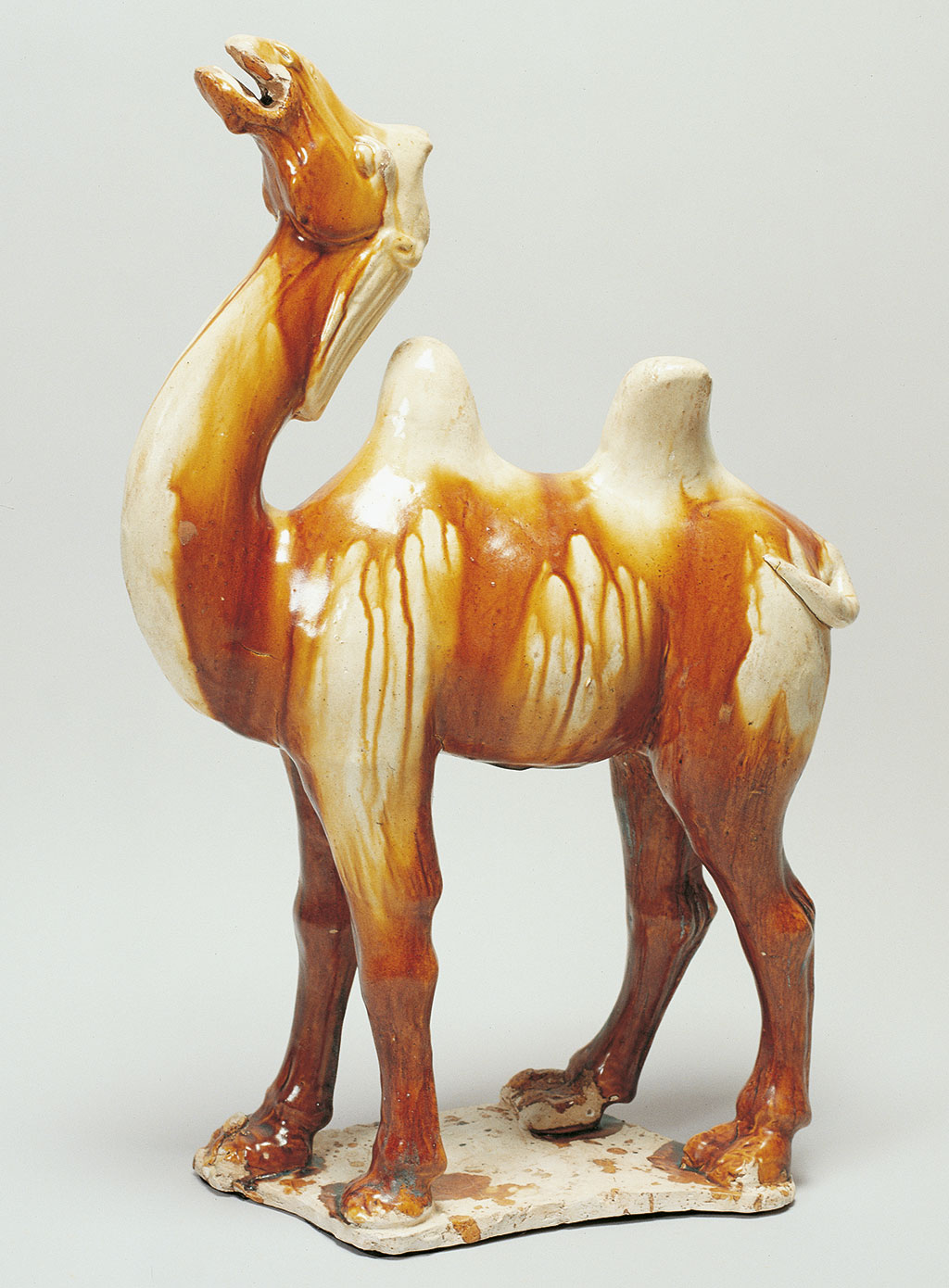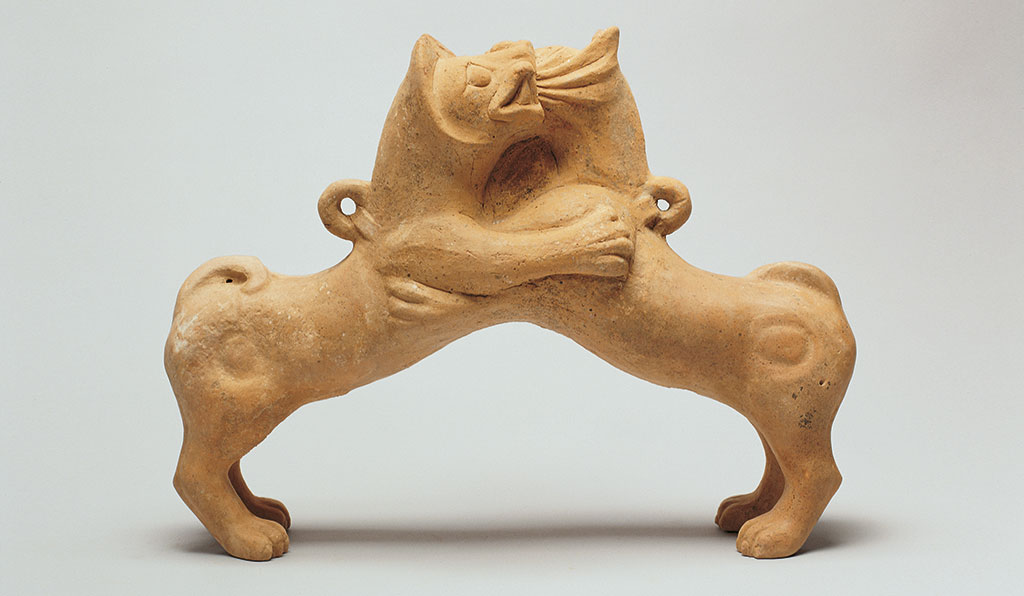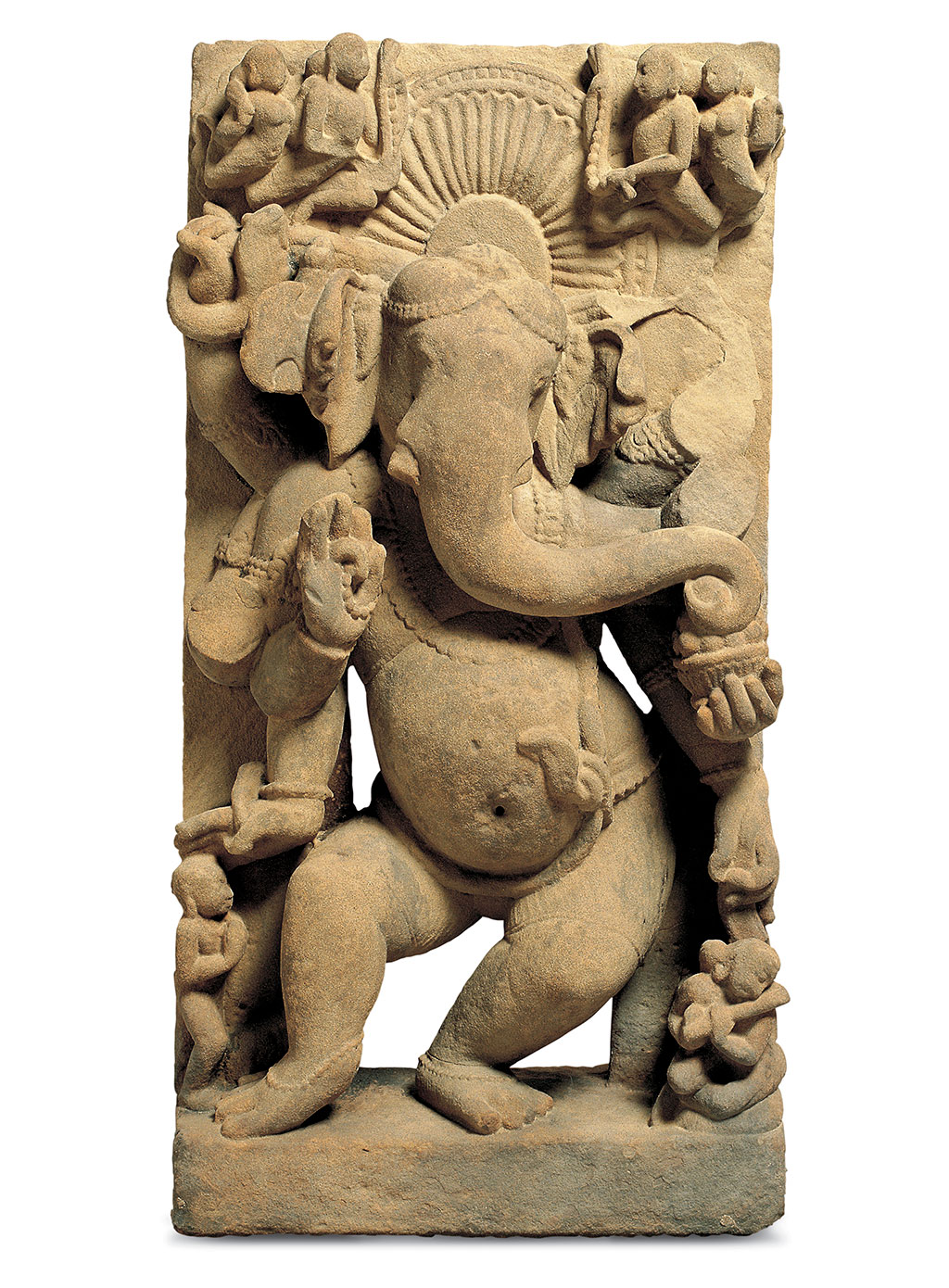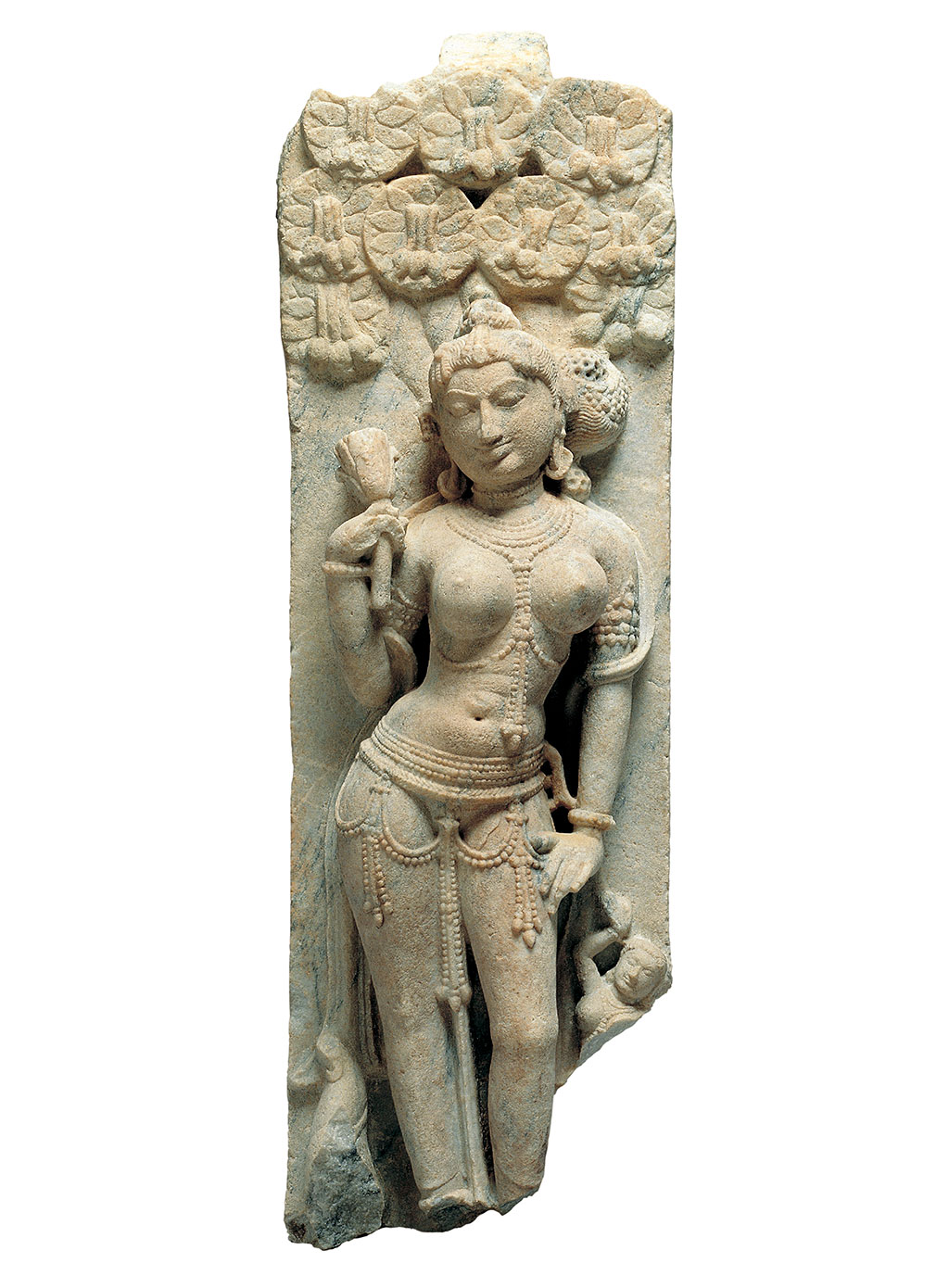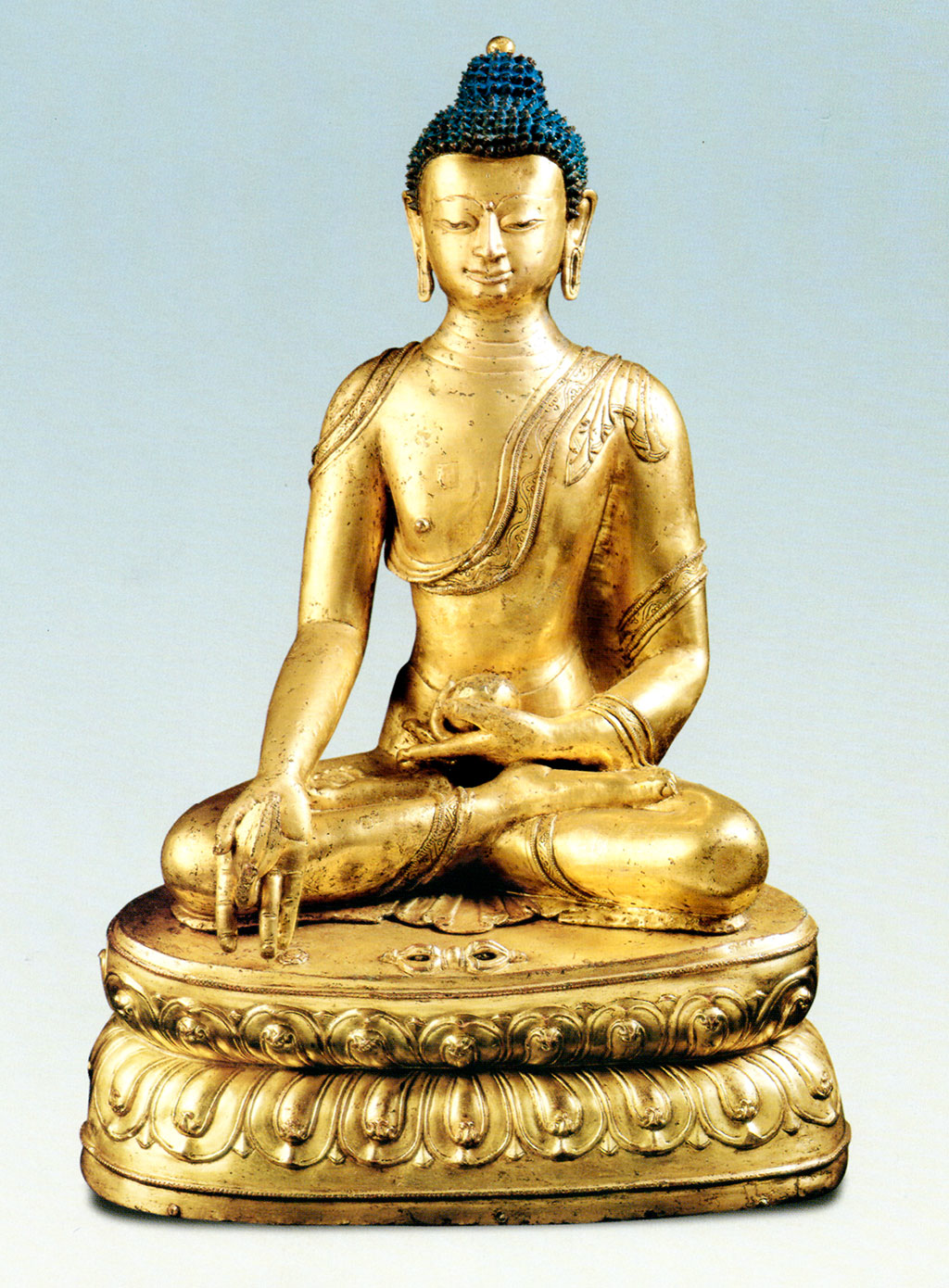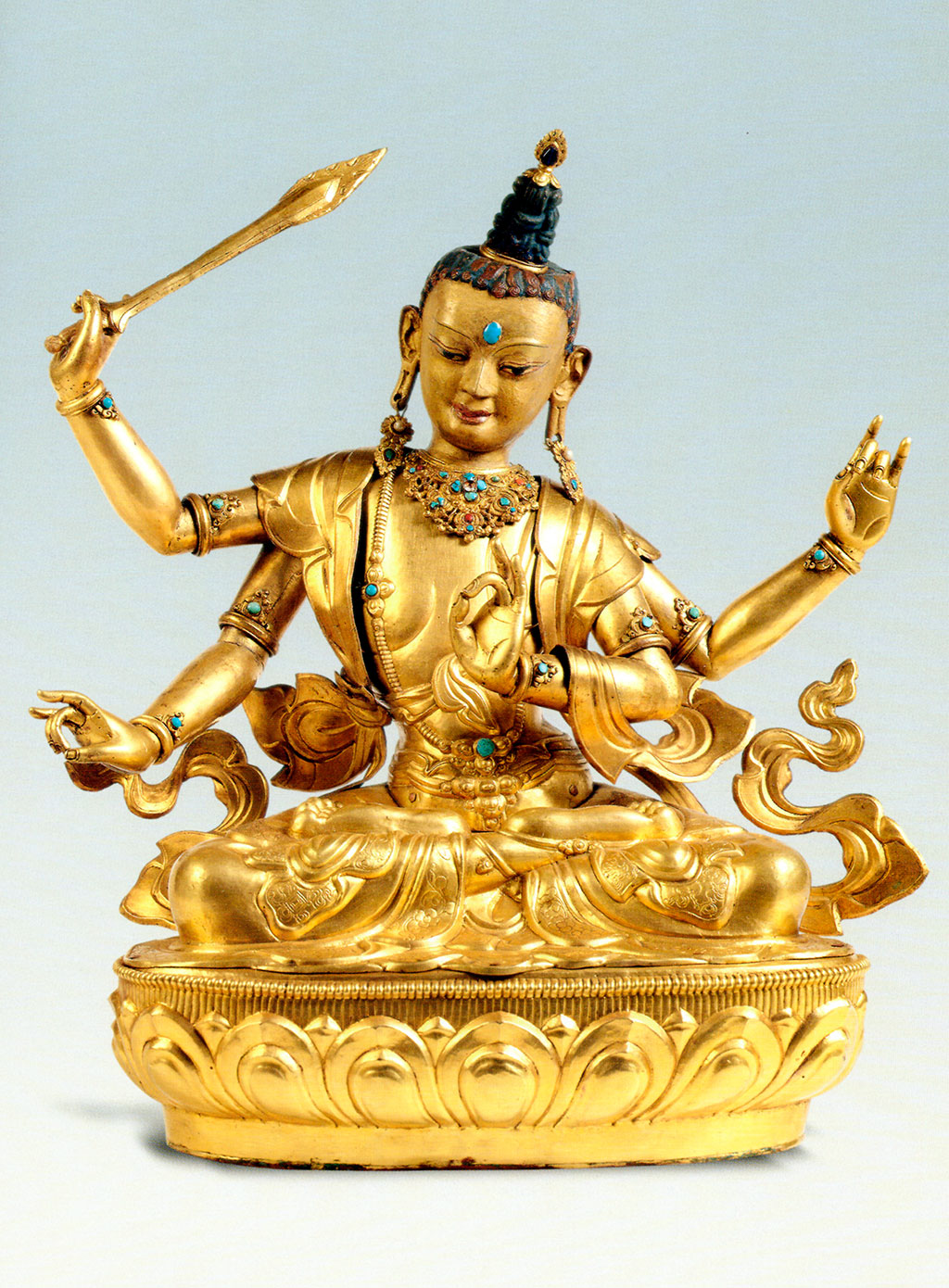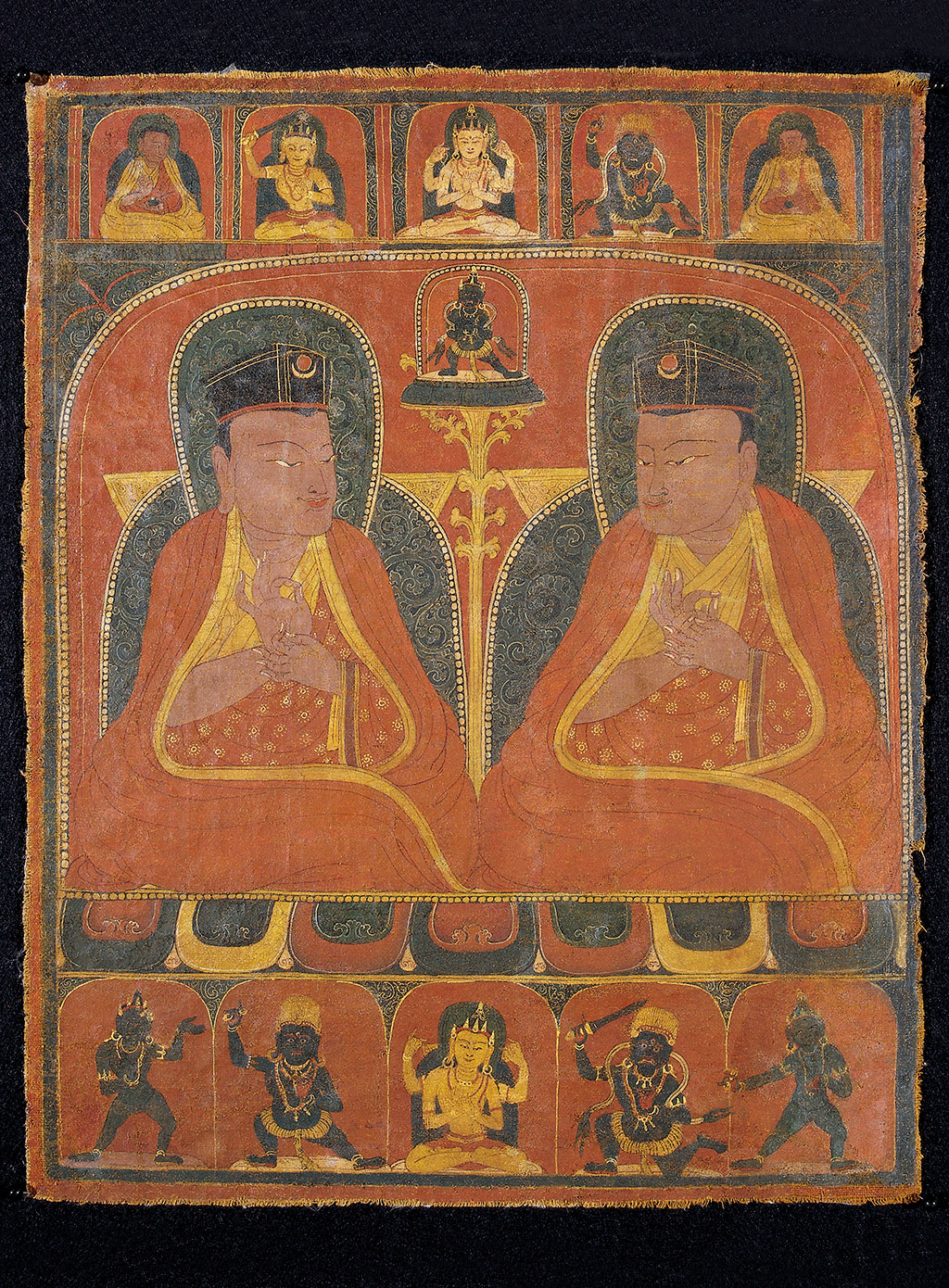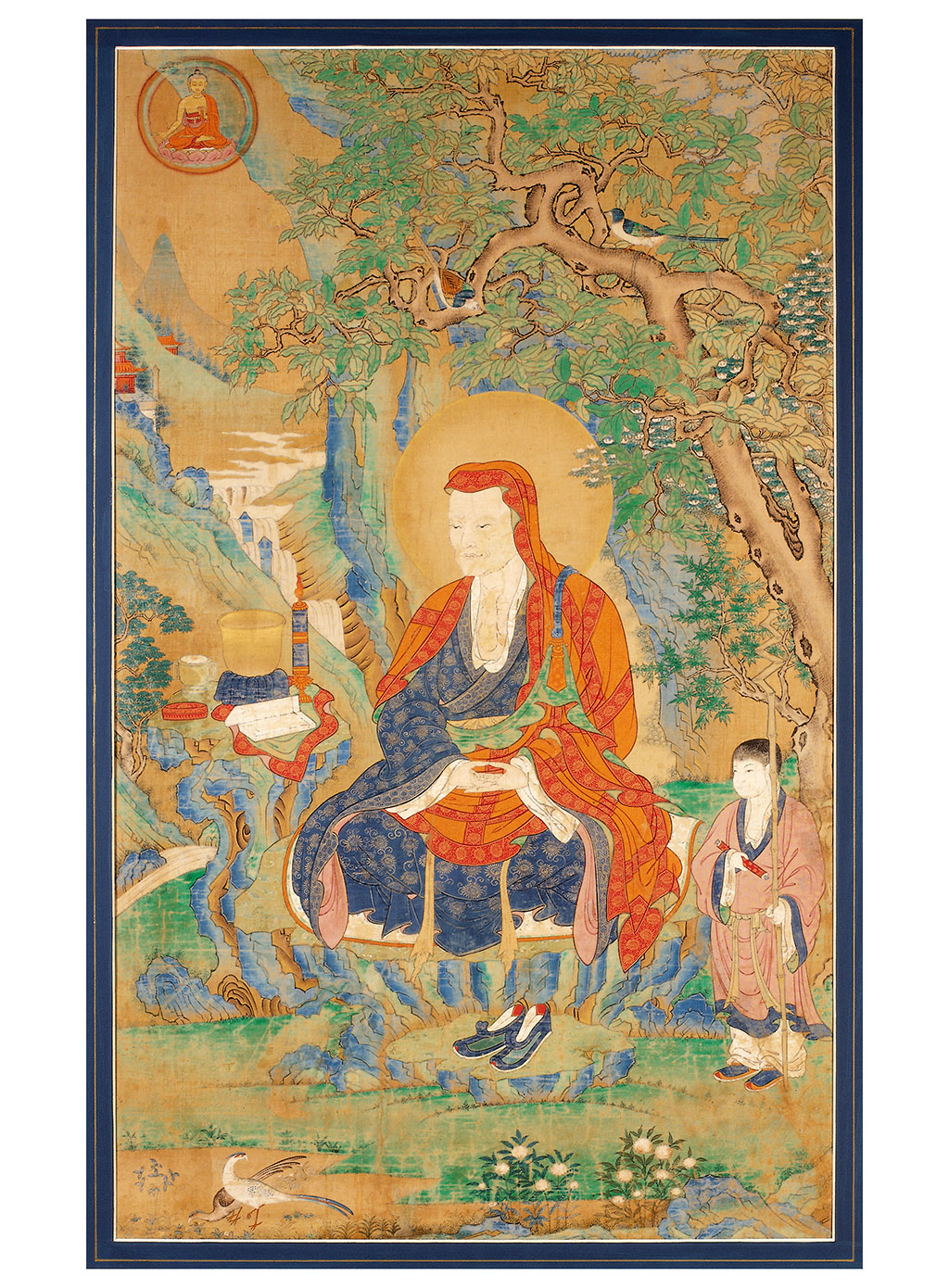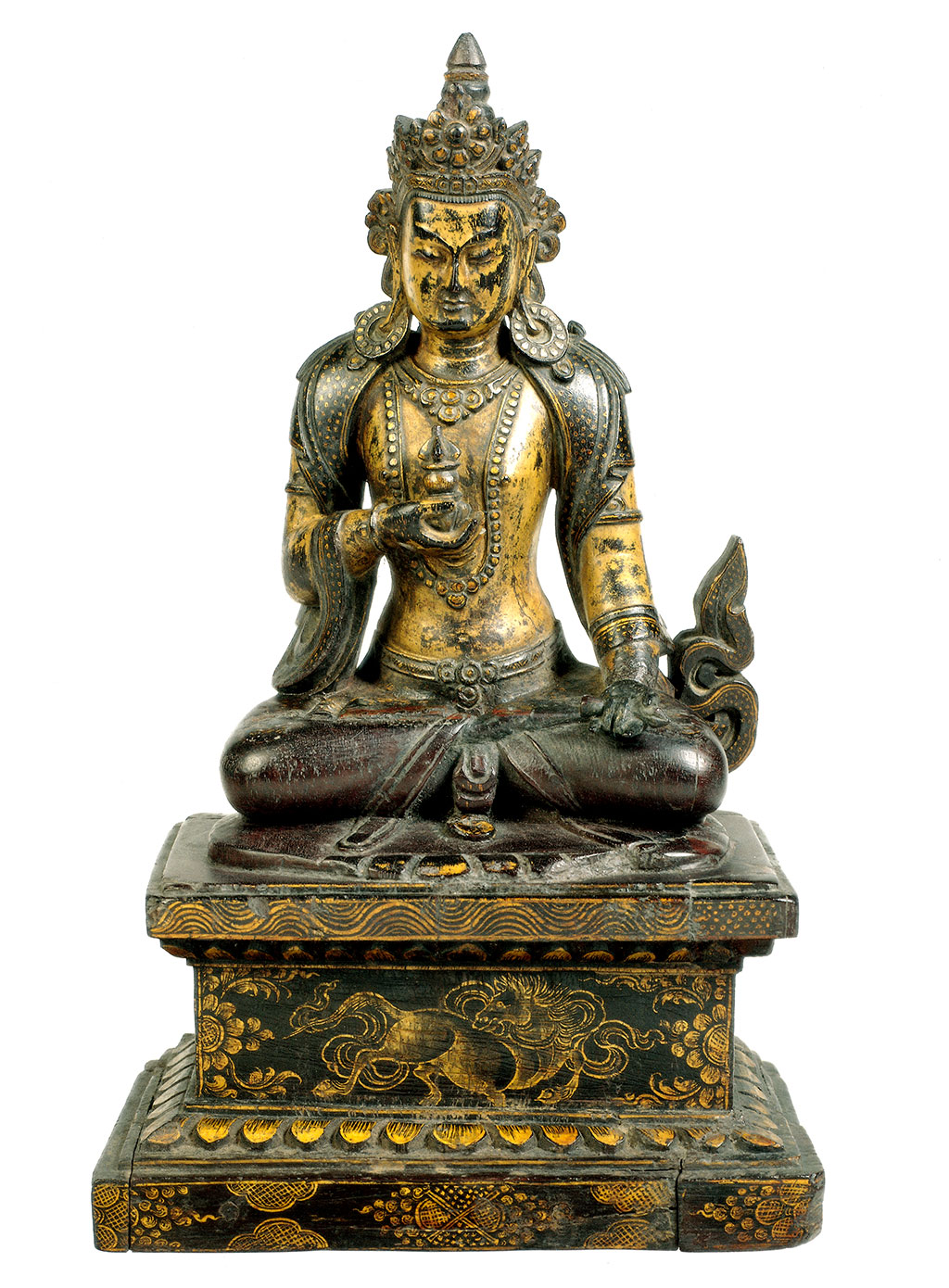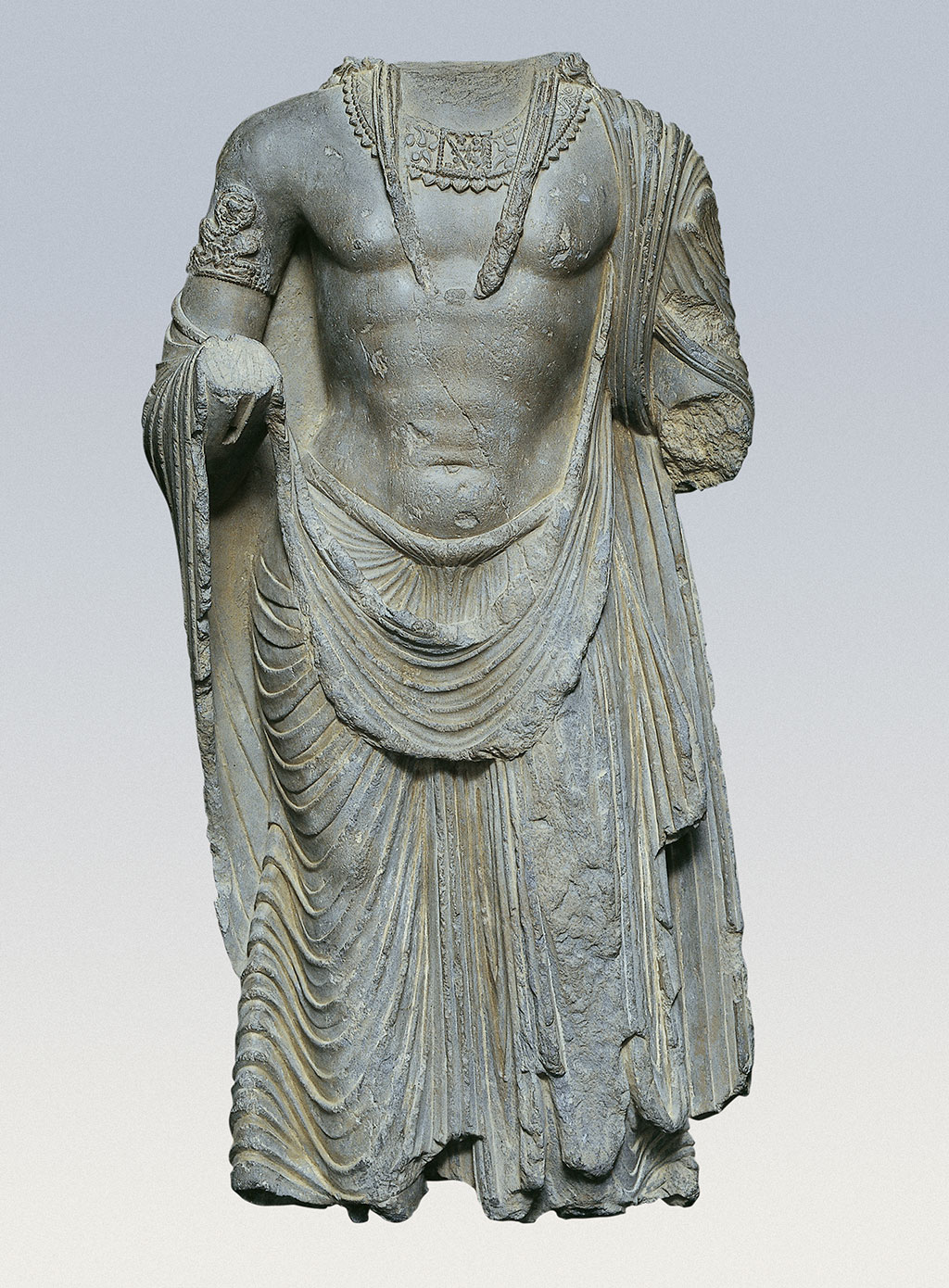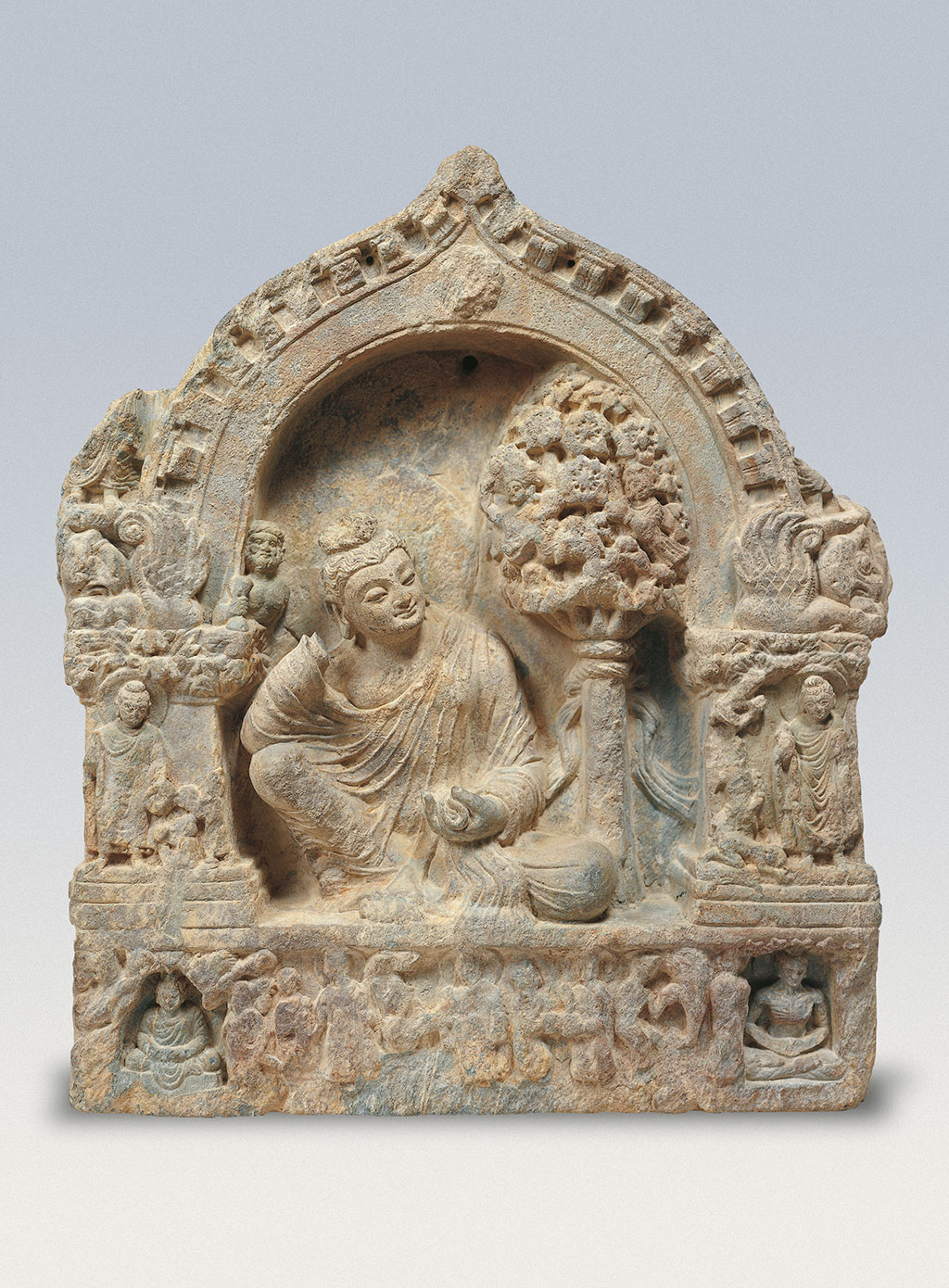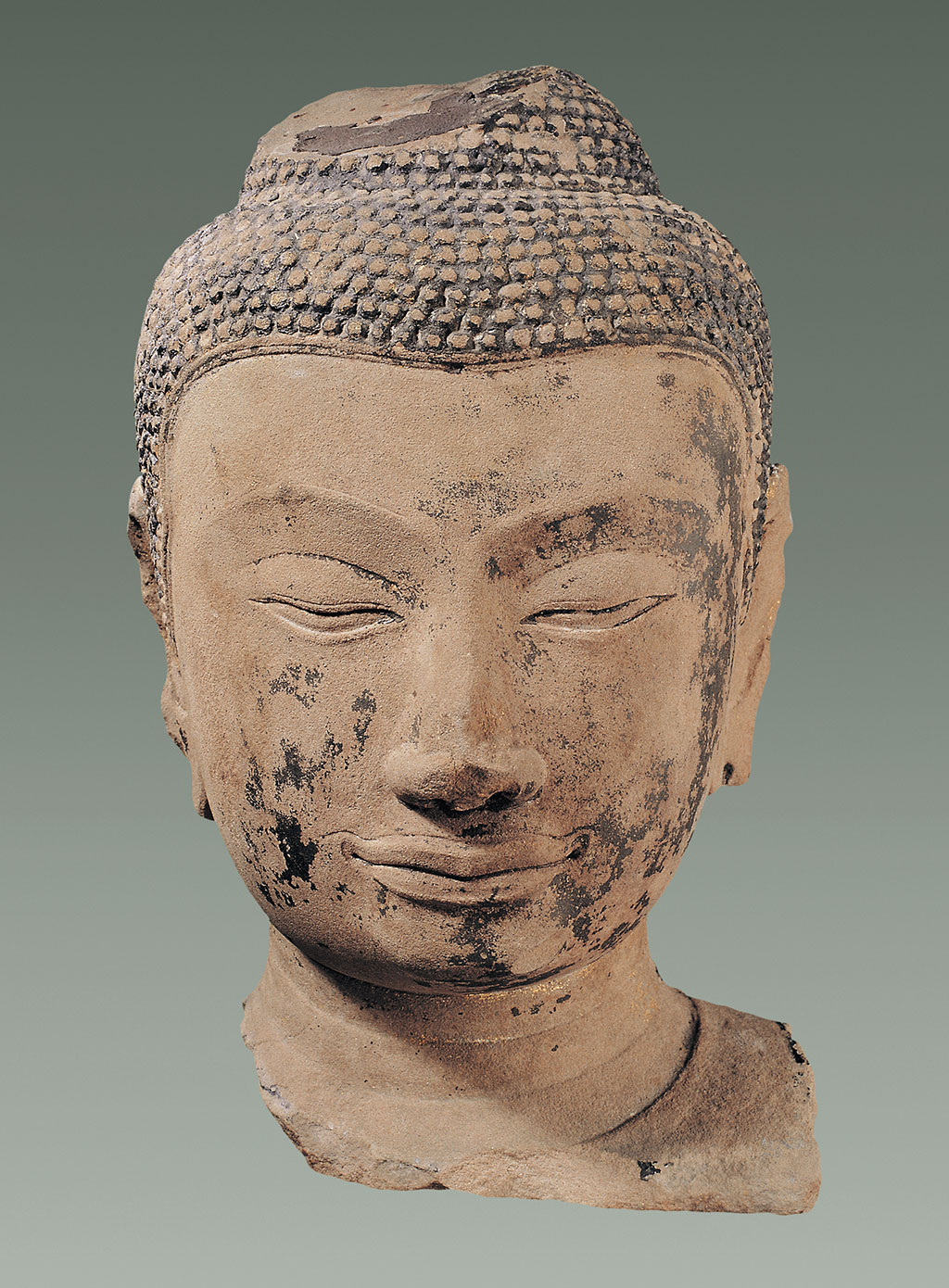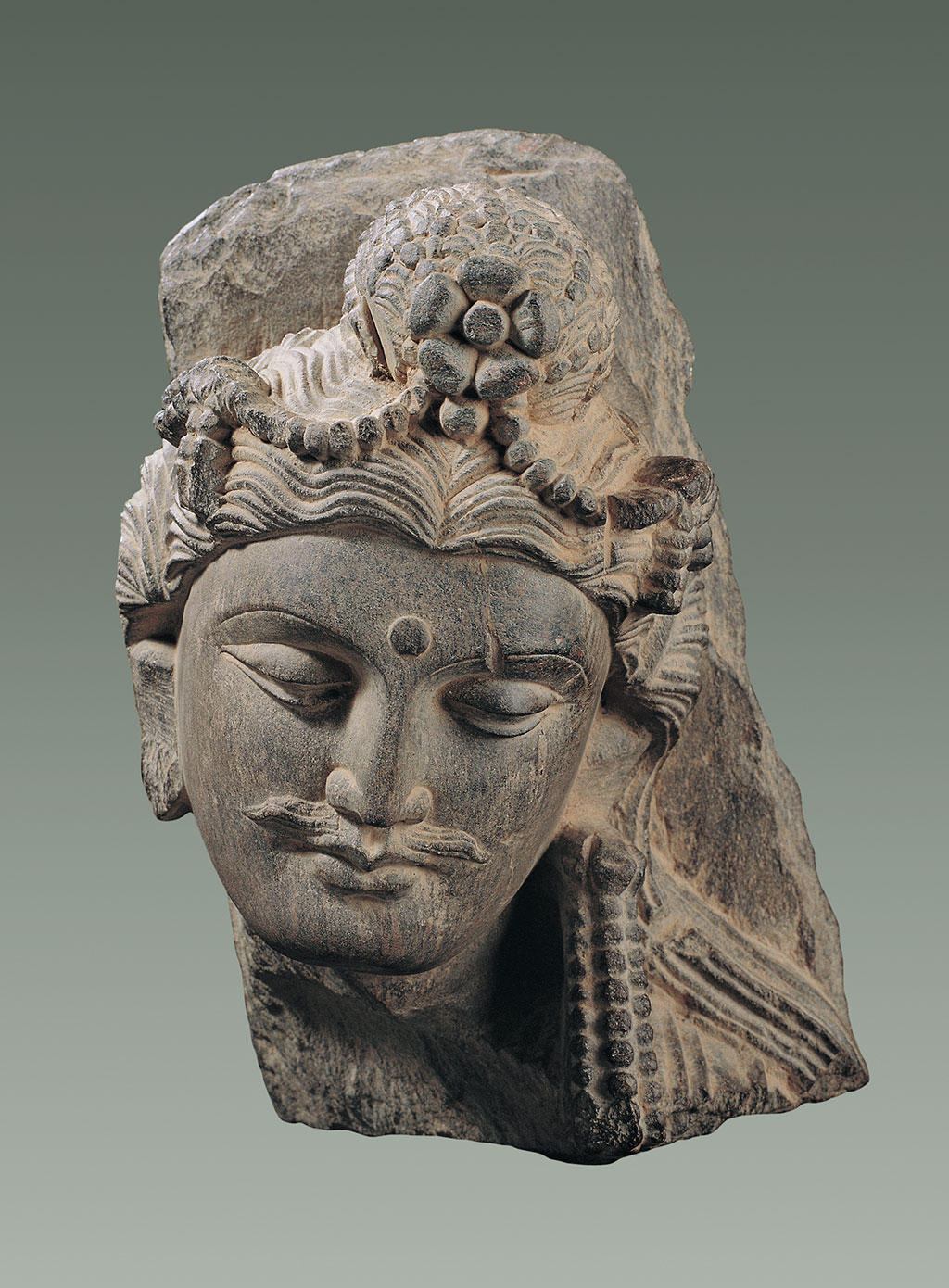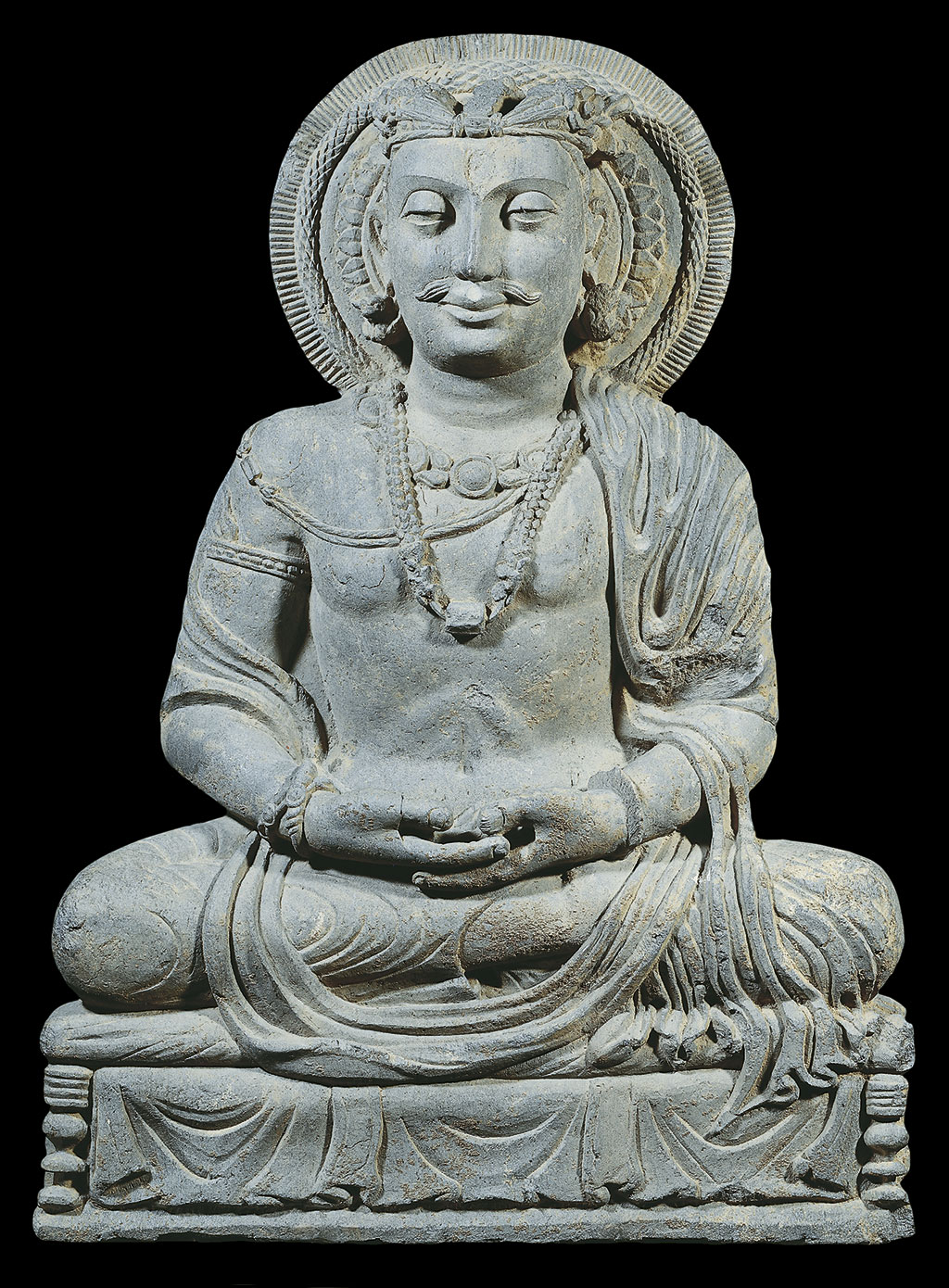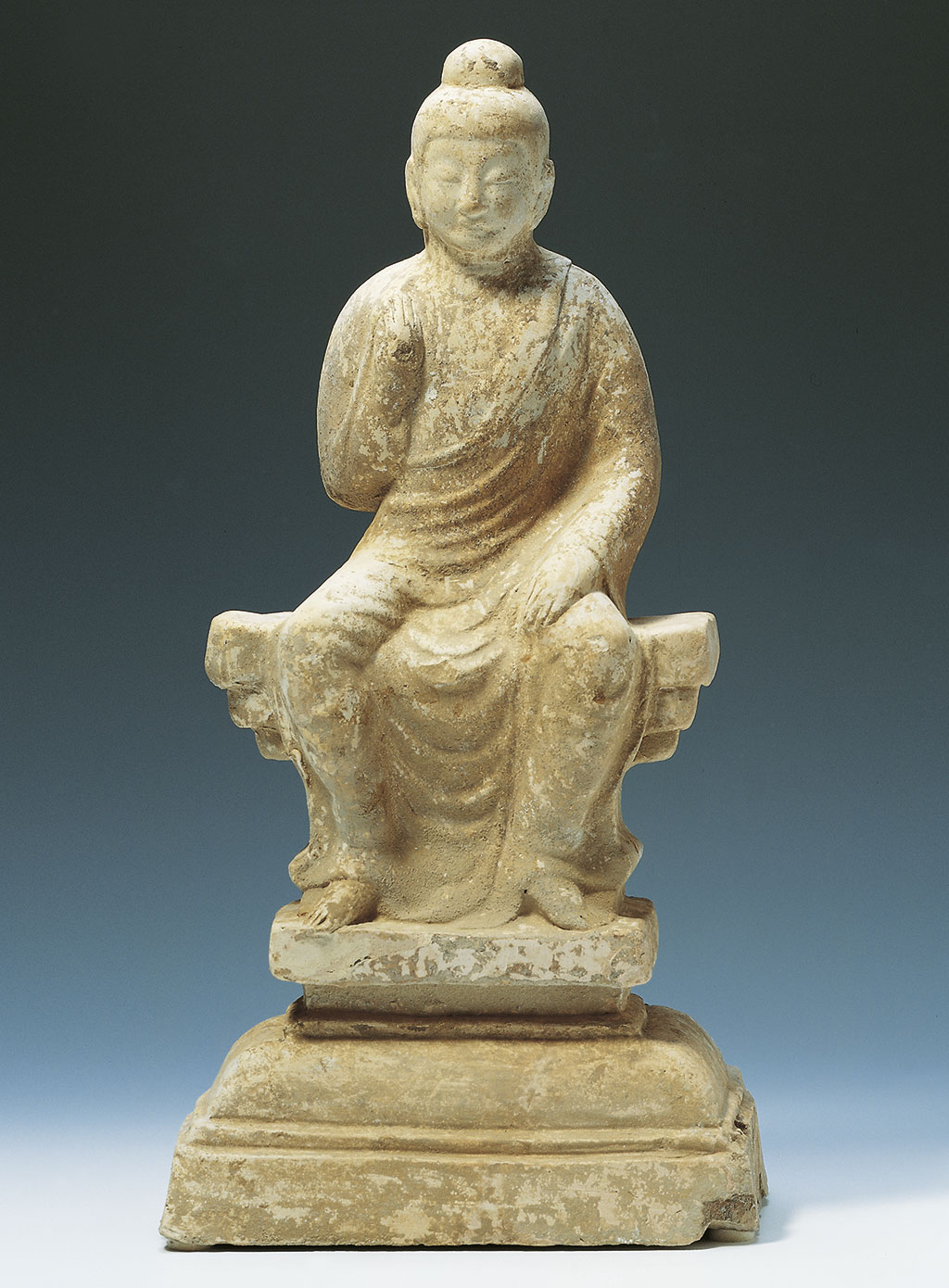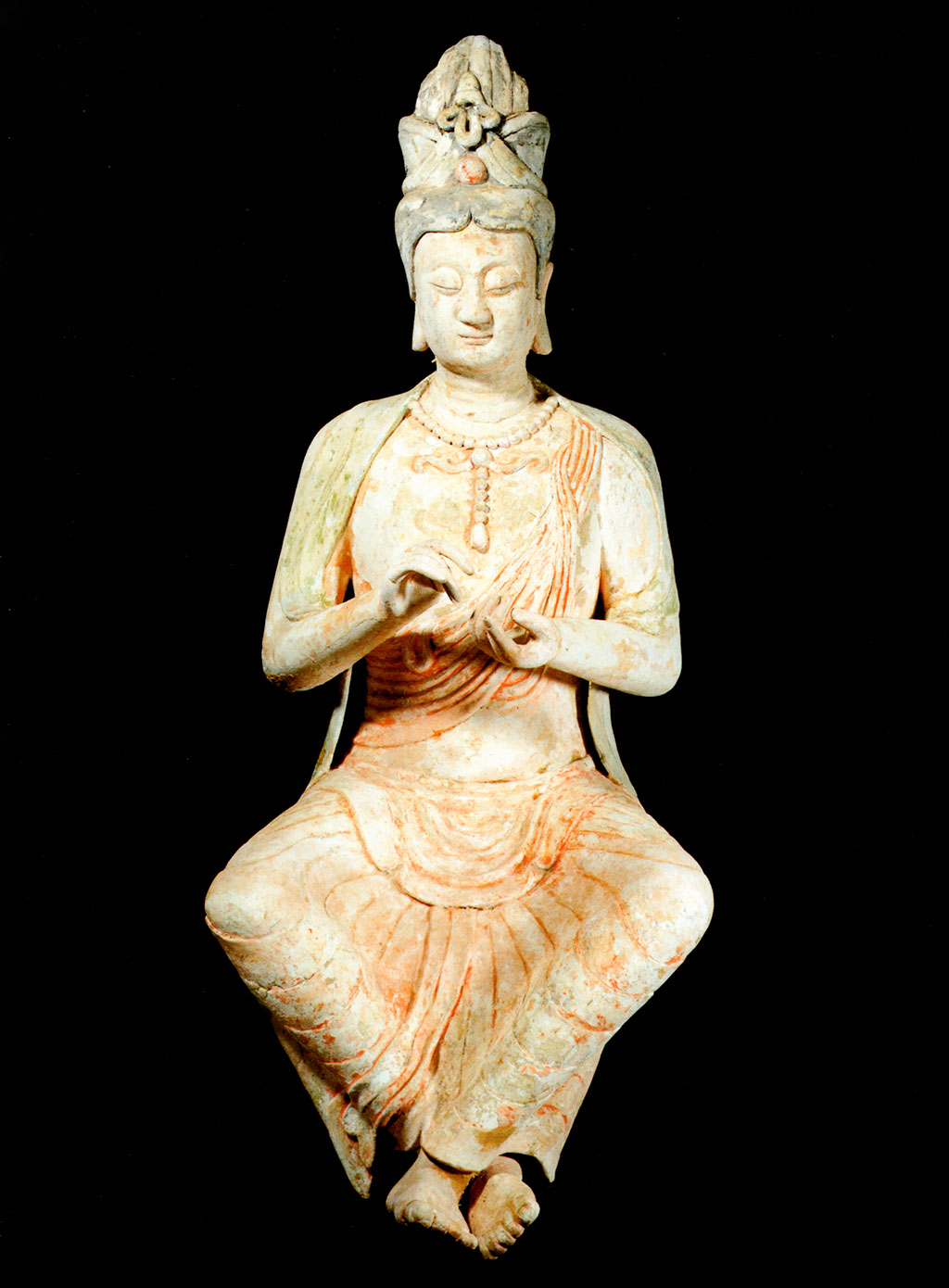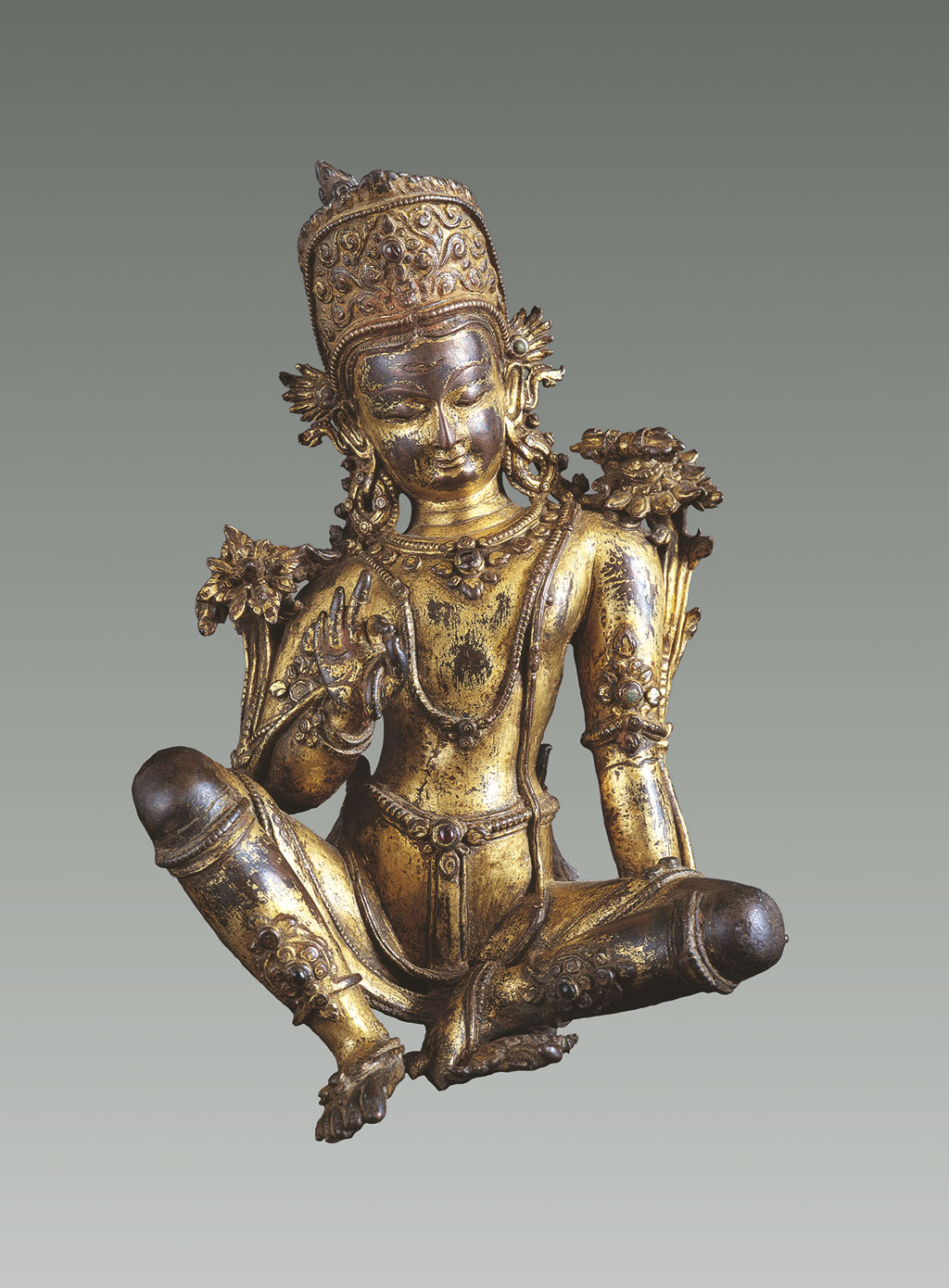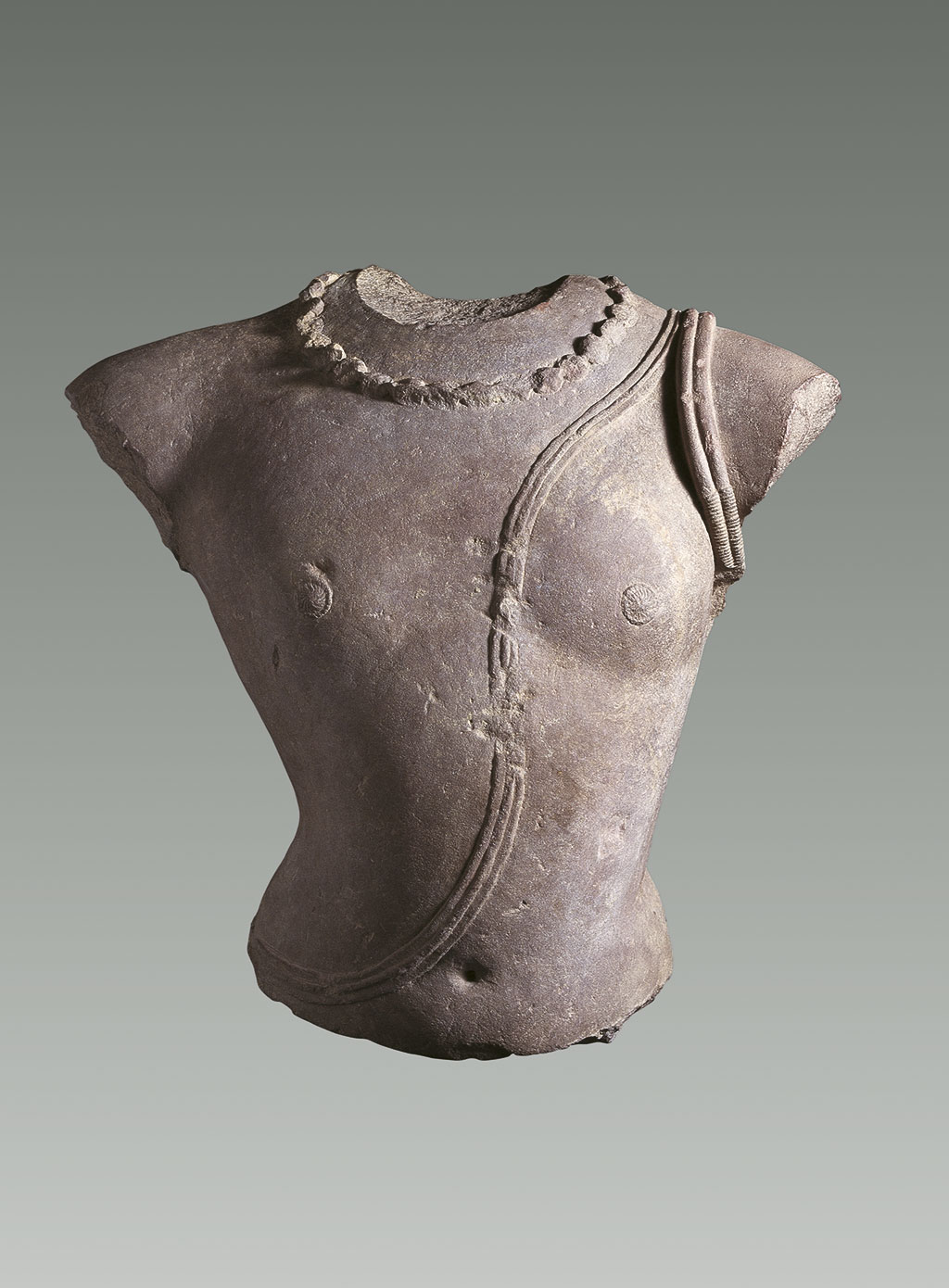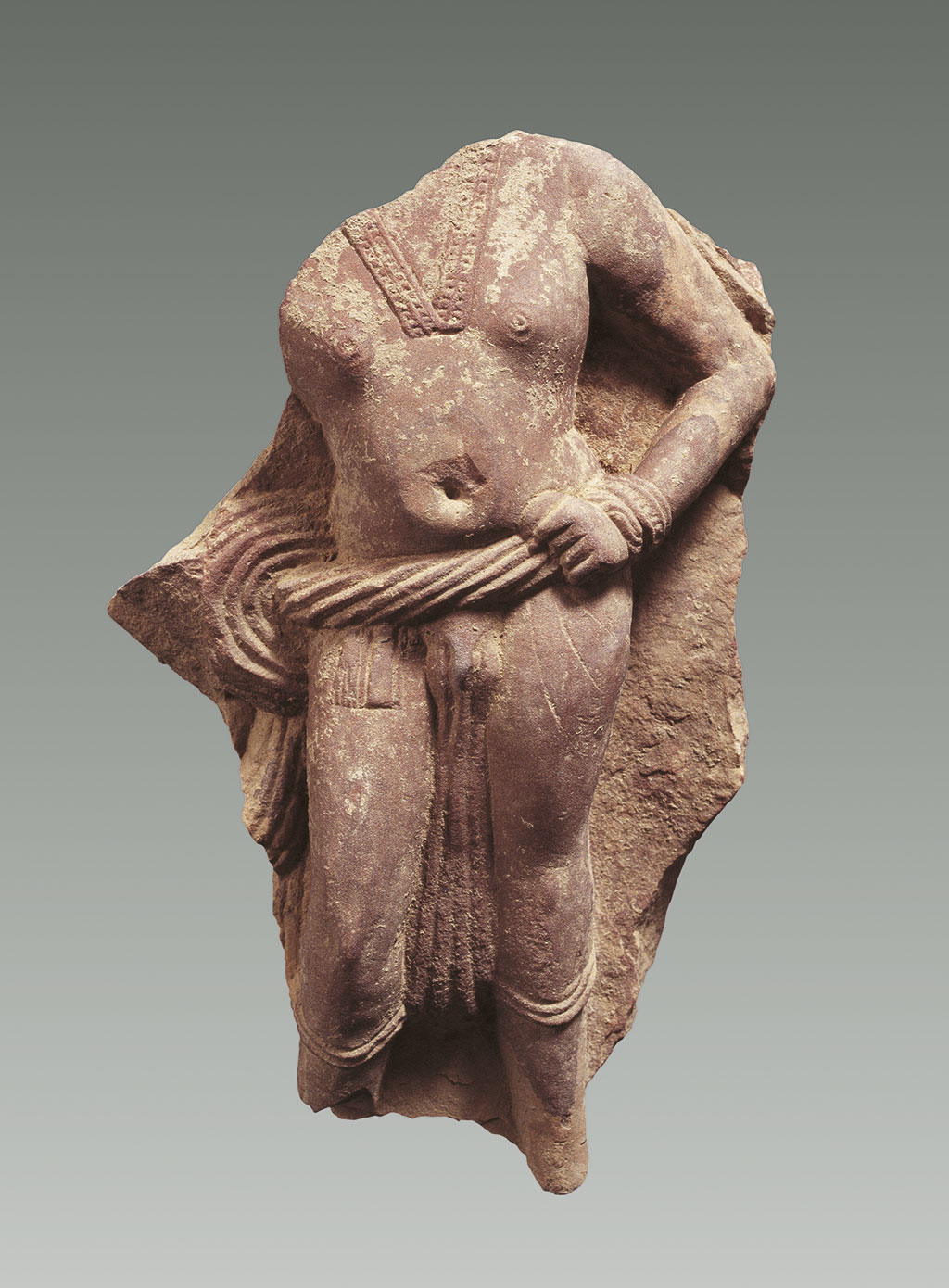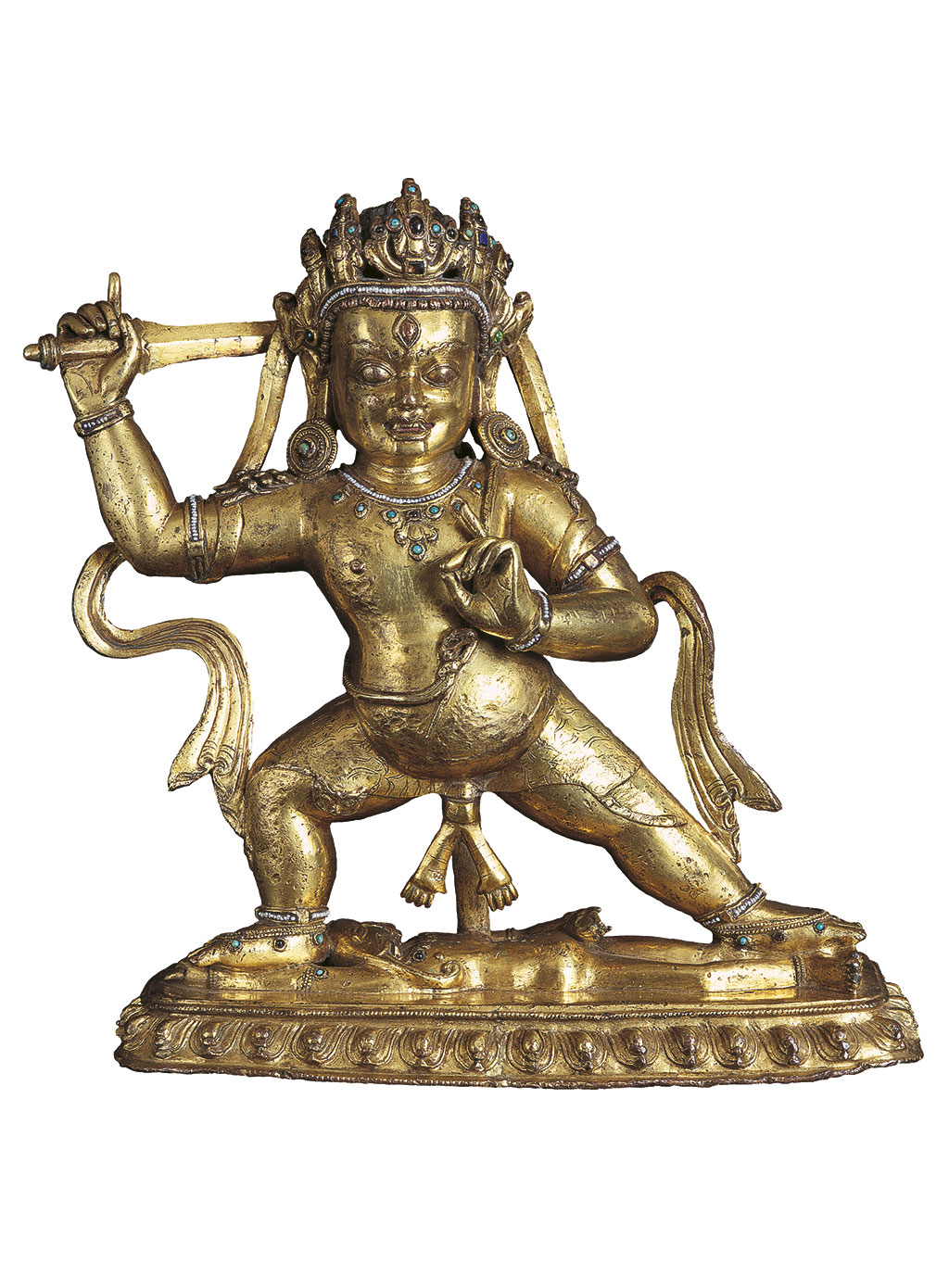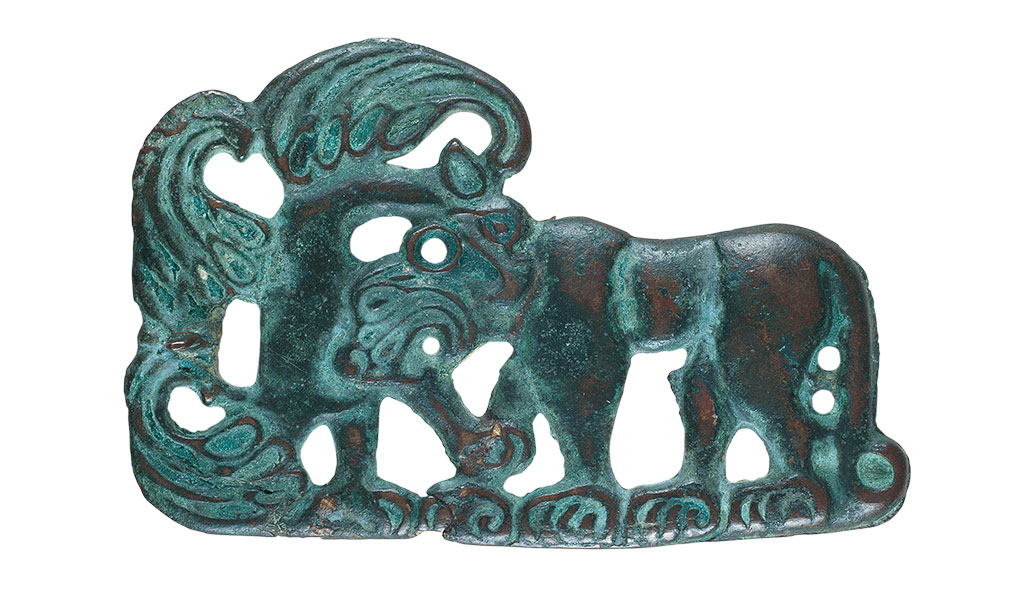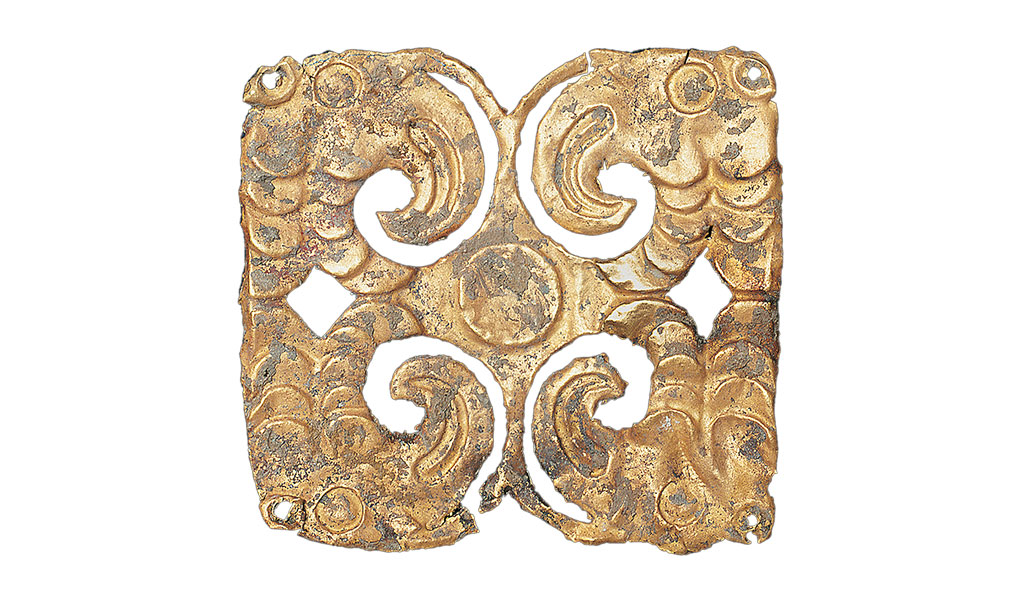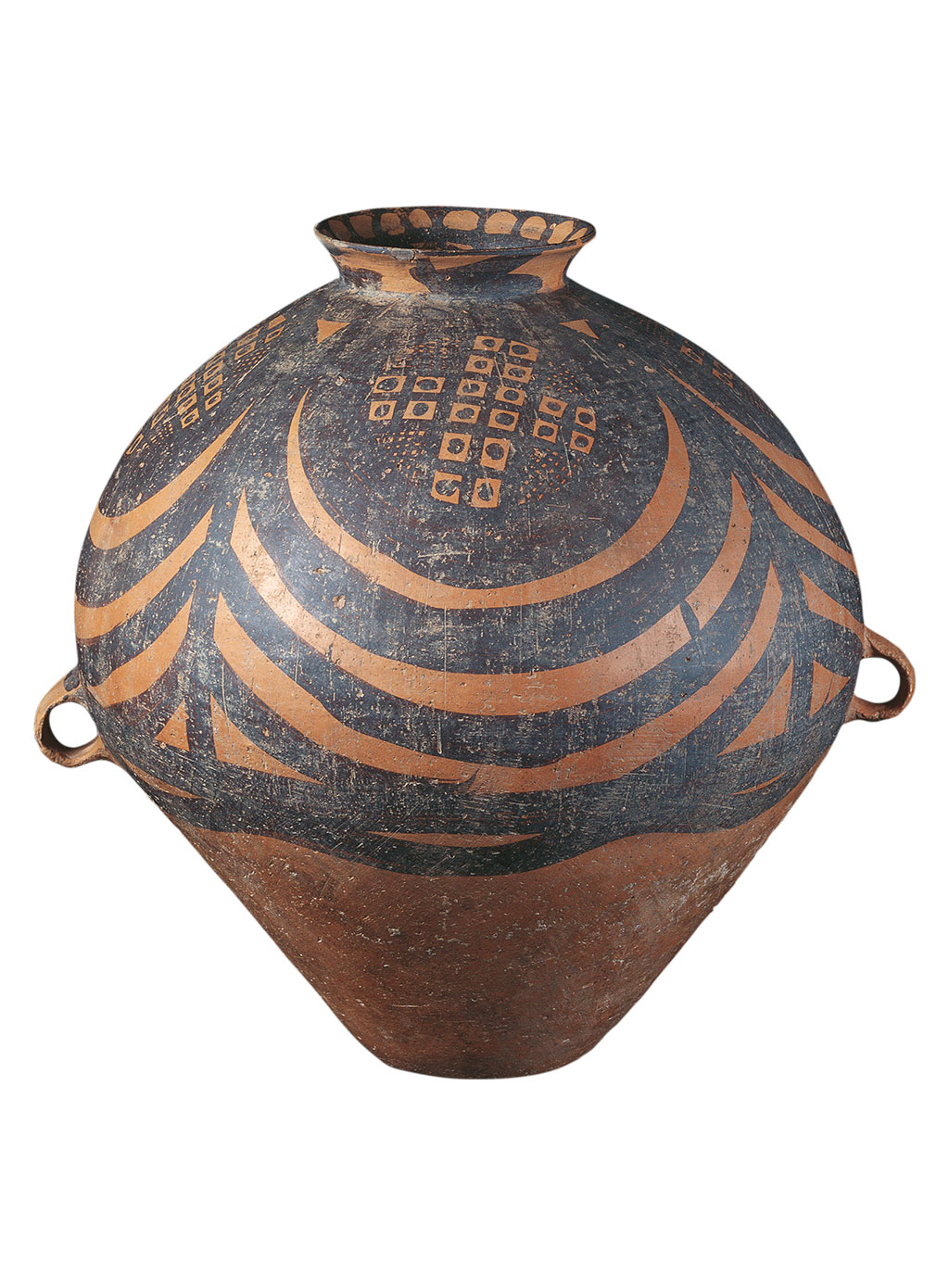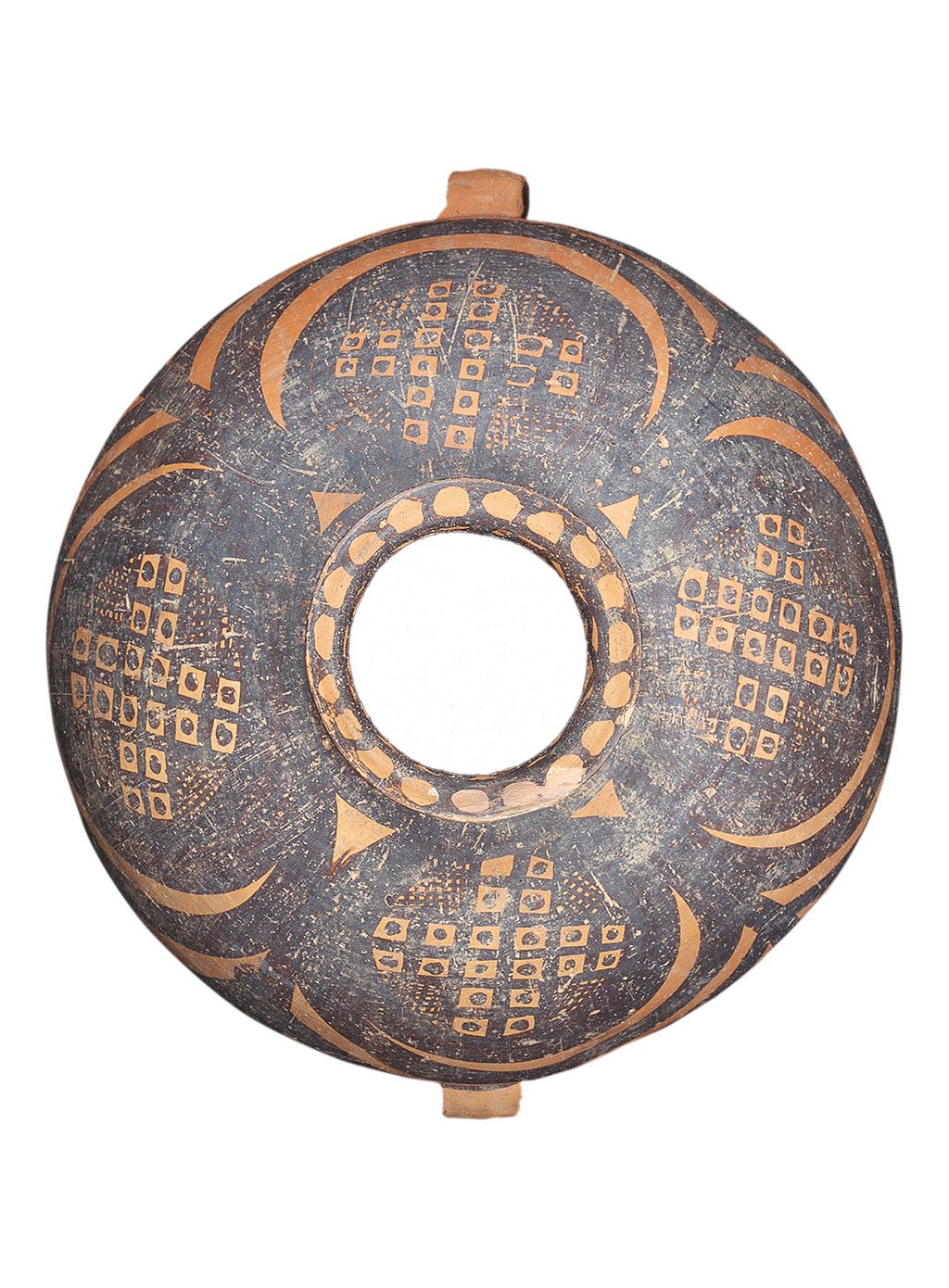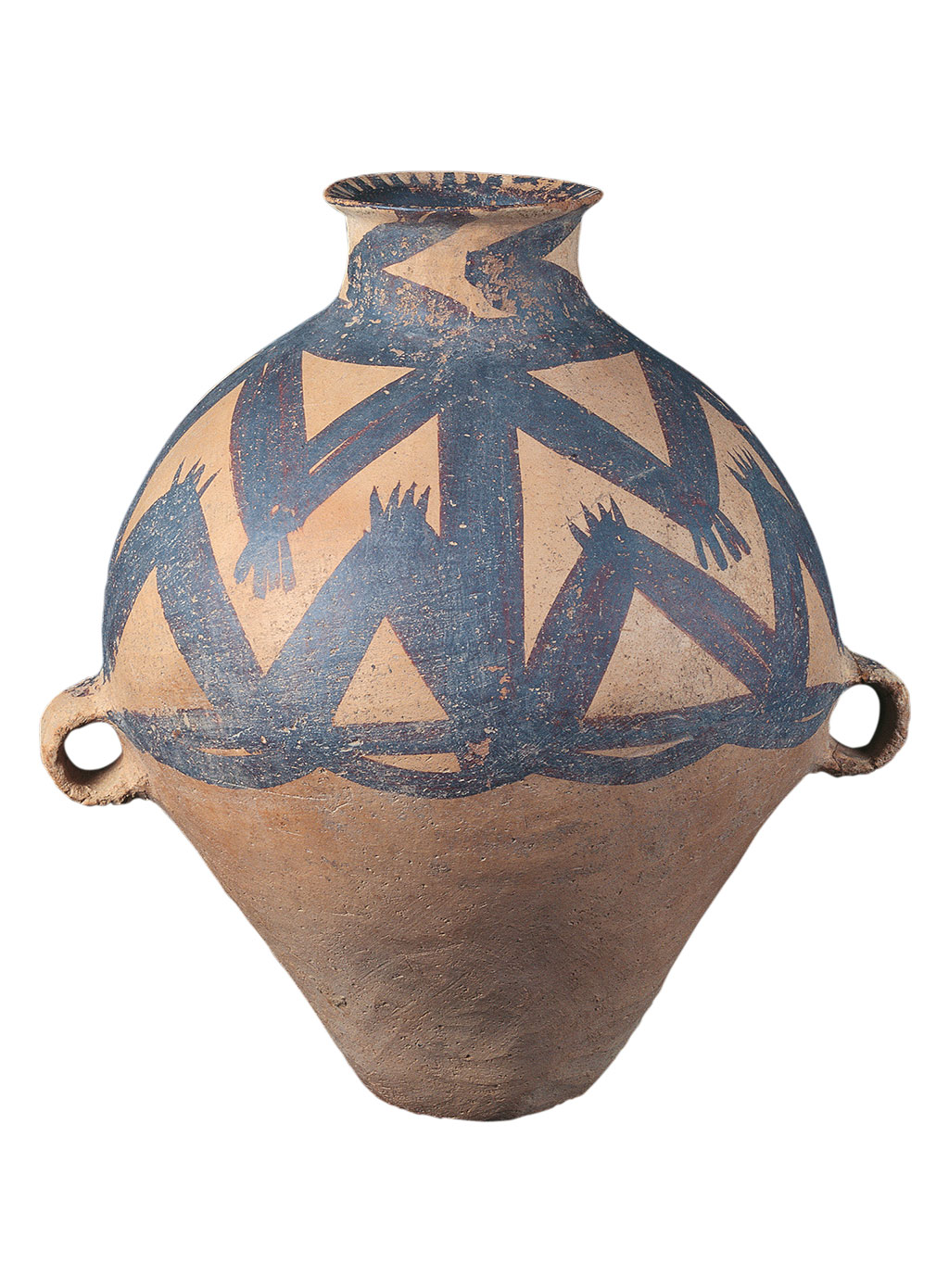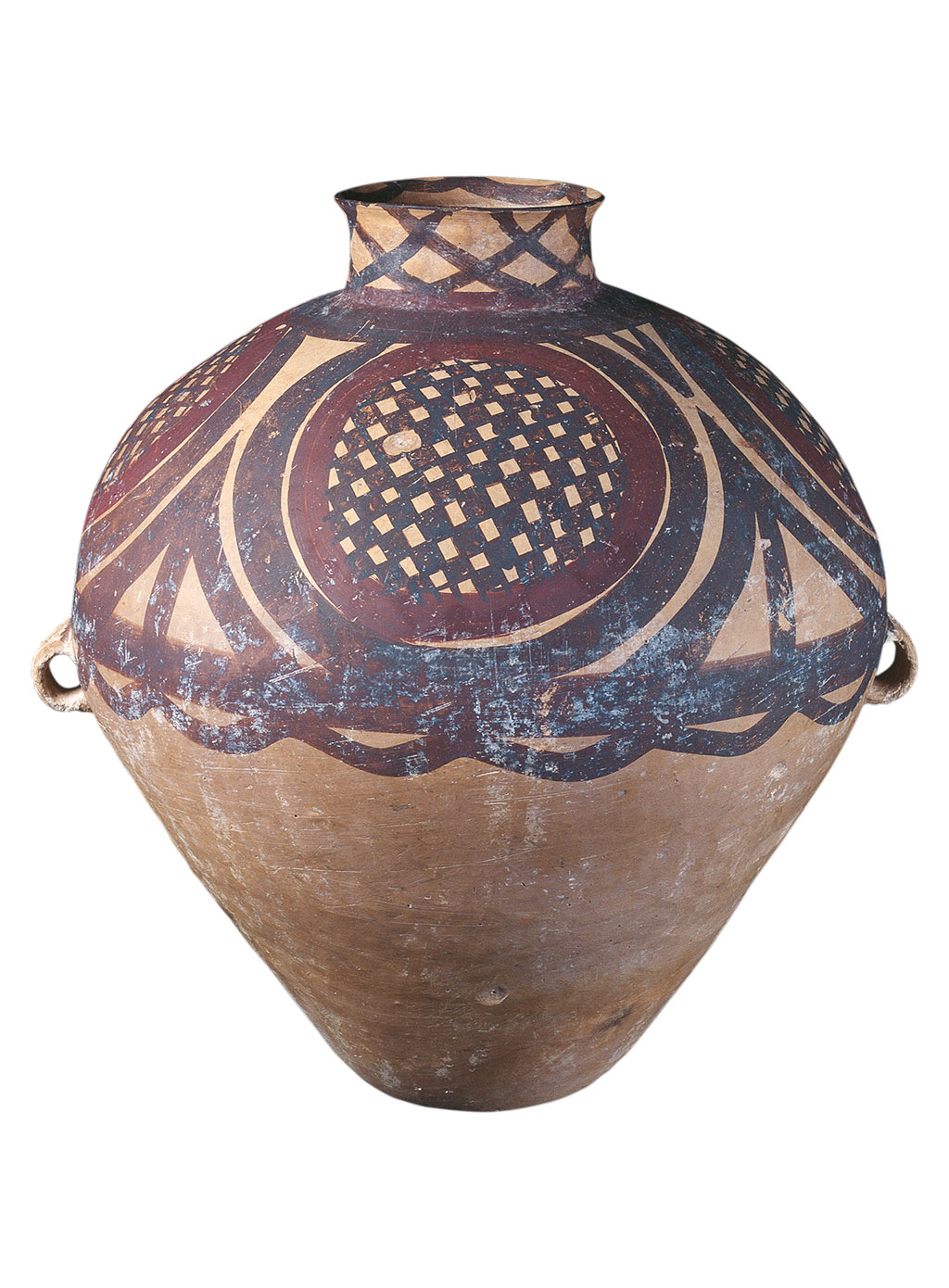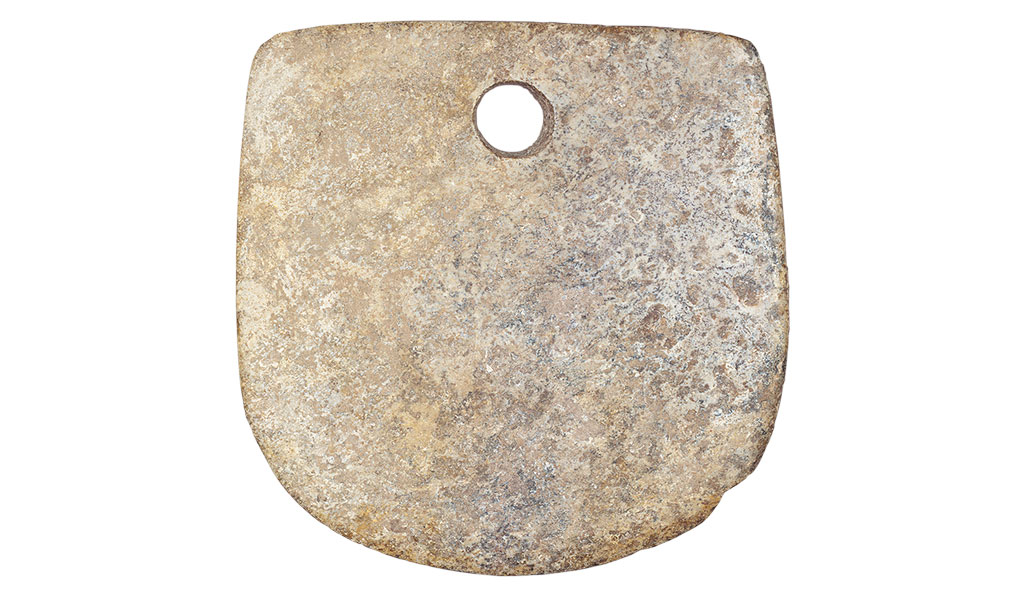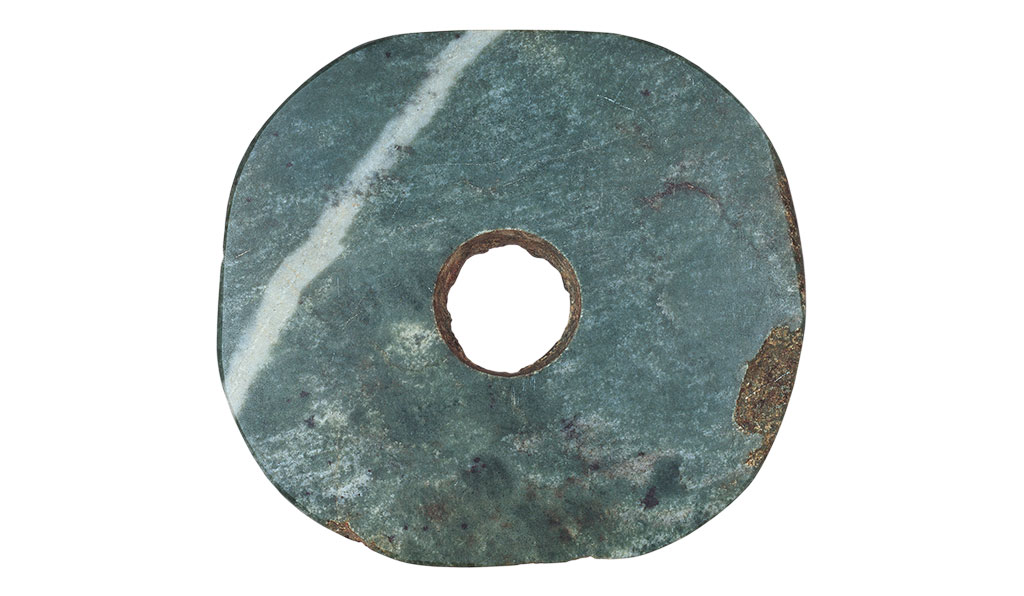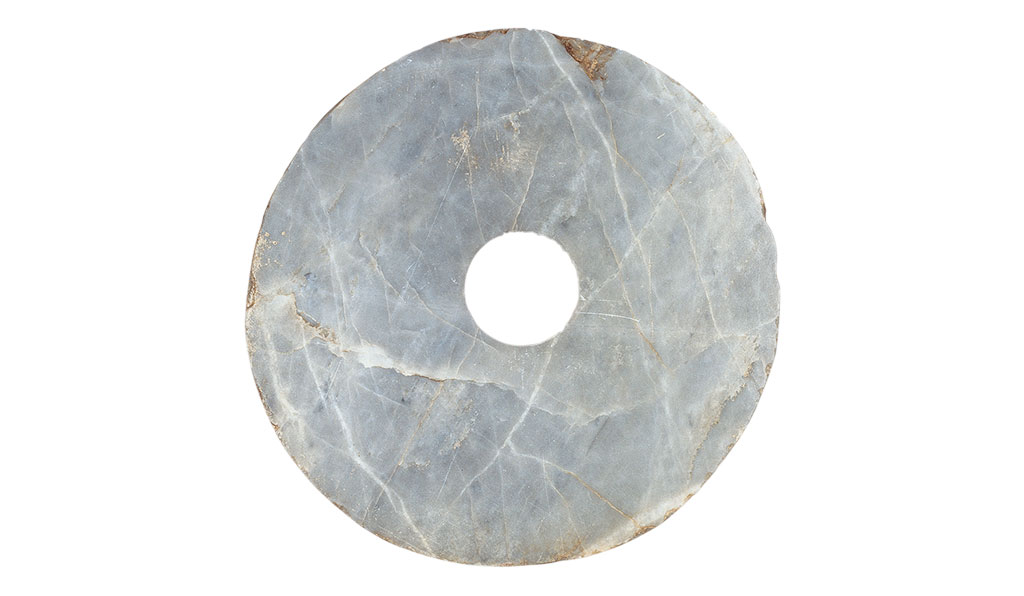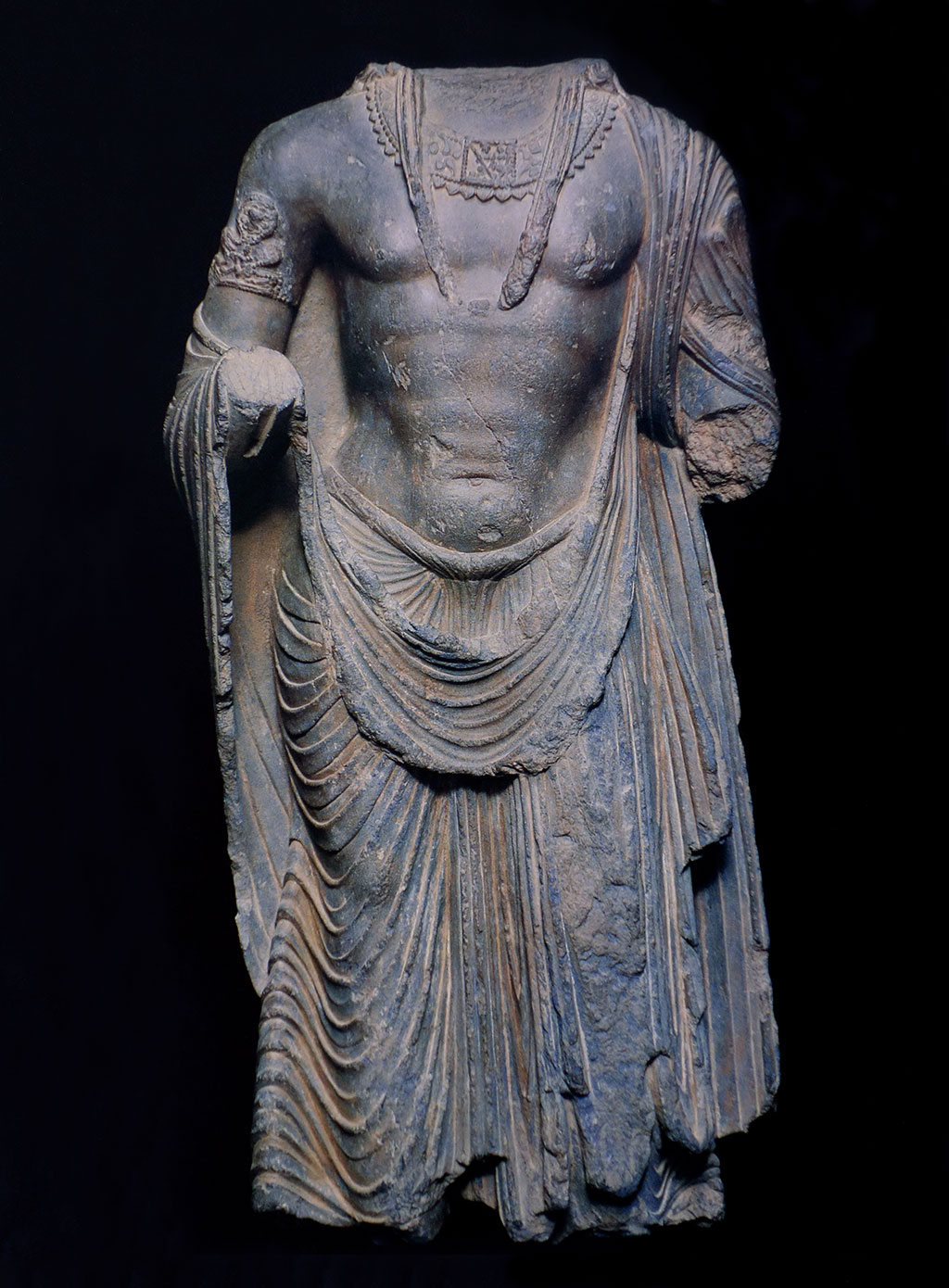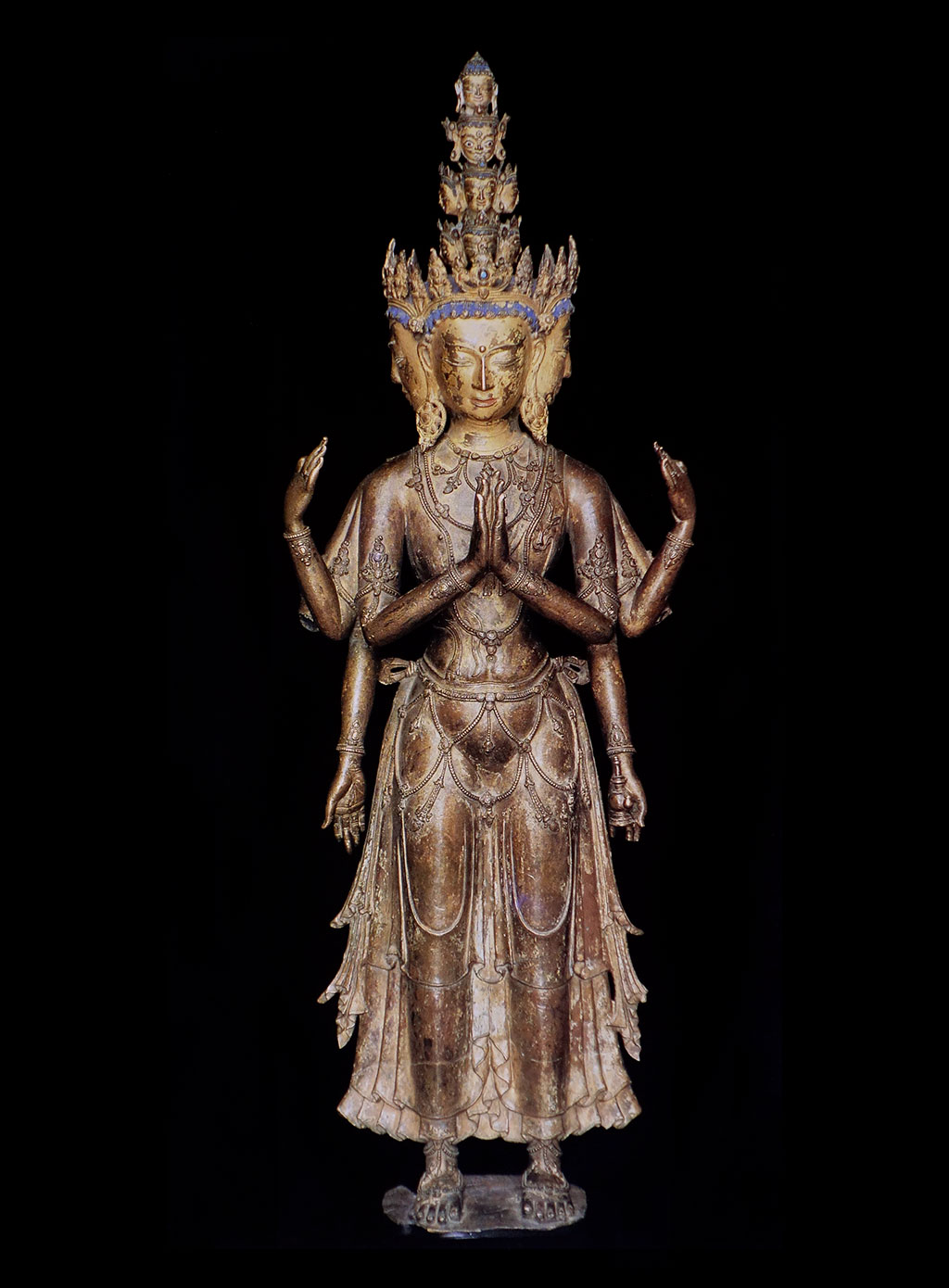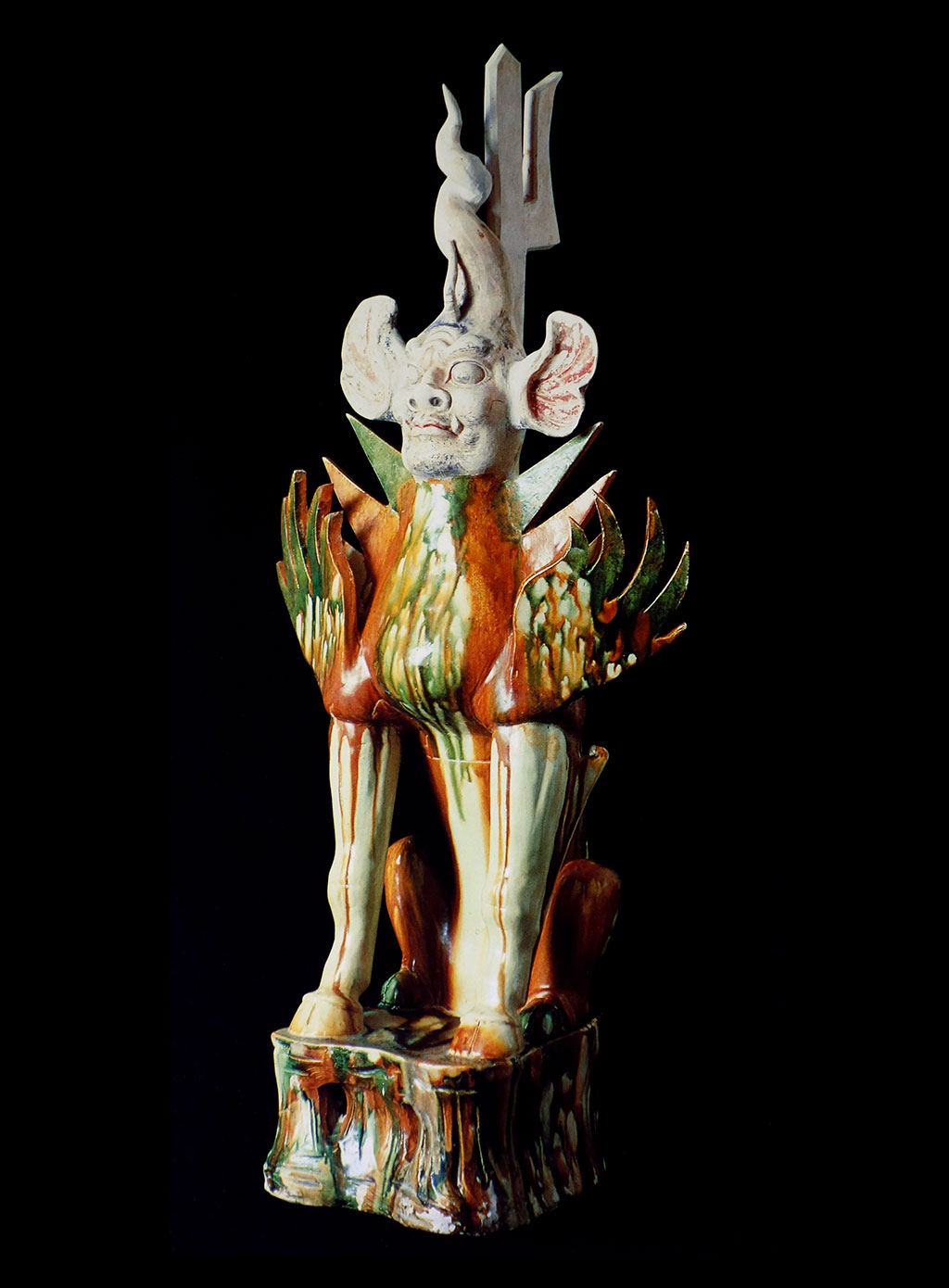
My Exhibitions
I lost count of the exhibitions I organized, fifty at least but possibly more. Right from the start I thought that the best way to popularize my discoveries was to collect a series of objects and present them in a congruent and pleasant fashion. Staging an exhibition means studying, researching a subject and then offering the visitor, the collector, or the customer a vison to share, a route to follow.
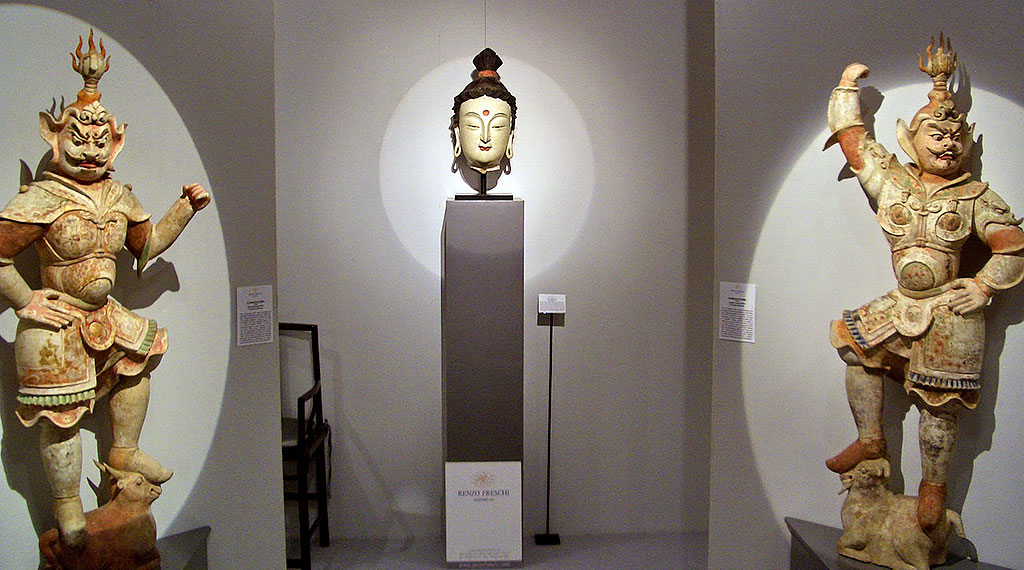
2022
VĪRABHADRA, THE DIVINE WARRIOR
November
2021
OBJECTS TELLING THEIR STORIES
October 13th – November 20th
2019
MILANO & ASIAN ART 2019
Ganesh sthapanas – Embroidered talismans
15 may – 8 June
The exhibition presents 30 Ganesh Sthapana of various types and sizes from different areas of Gujarat.
Read the short essay…
2019
JAPANESE BAMBOO DESIGN
30 works by Contemporary Artists
April 9 – June 8
The exhibition presents 30 works by the most important Japanese contemporary artists.
Read more…
2018
FRANCO MANFREDINI’S COLLECTION OF CHINESE CERAMICS
An assortment of rare Changsha-manufactured ceramics from the Tang Dynasty (618-907) and a significant number of Song Dynasty ceramics (960-1279). All pieces were acquired by Franco Manfredini during his extended stay in China and speak to the refined taste of this passionate Milanese collector.
2017
GIUSEPPE TUCCI’S TIBET
Photographs of expeditions from the 1930s
Twenty photographs taken in the 1930s during the exploration trips led by Giuseppe Tucci, who is still considered one of the most important Orientalists ever. These images document majestic Himalayan landscapes and centuries-old customs.
2017
HIMALAYAN MASKS
Tradition and Inspiration
These masks take us into a world where animism and traditional religions, classical art and tribal forms mixed over a thousand years. For Mort Golub, one of the first American collectors of Himalayan masks, their fascination also became an important source of inspiration. Thus I decided to stage a double exhibition where ancient Nepalese tribal masks are shown alongside 15 masks made by Mort Golub using the most diverse materials.
2016
JAPANESE WEAVING
the Art of Bamboo
Fifteen bamboo works by modern and contemporary artists take us into an art uniting the elegance of Japanese design and the spritual values inspired by Zen. Although most works are within the realm of tradition, some abandon the expected and result in abstract and original forms.
2016
IN THE FOOTSTEPS OF THE BUDDHA
The exhibition presents 20 black-and-white photographs shot by Roberto Meazza in India. The photos depict places where the Enlightened One was born and lived, as well as images of ancient buildings, pilgrims and devotees, and a deep sense of religious faith.
2015
SHAMANS OF NEPAL
The 30 photographs taken during my two expeditions to Central Nepal in 1980 and 1981 illustrate my experience with an archaic and fascinating world—a world that still exist in many areas of this country.
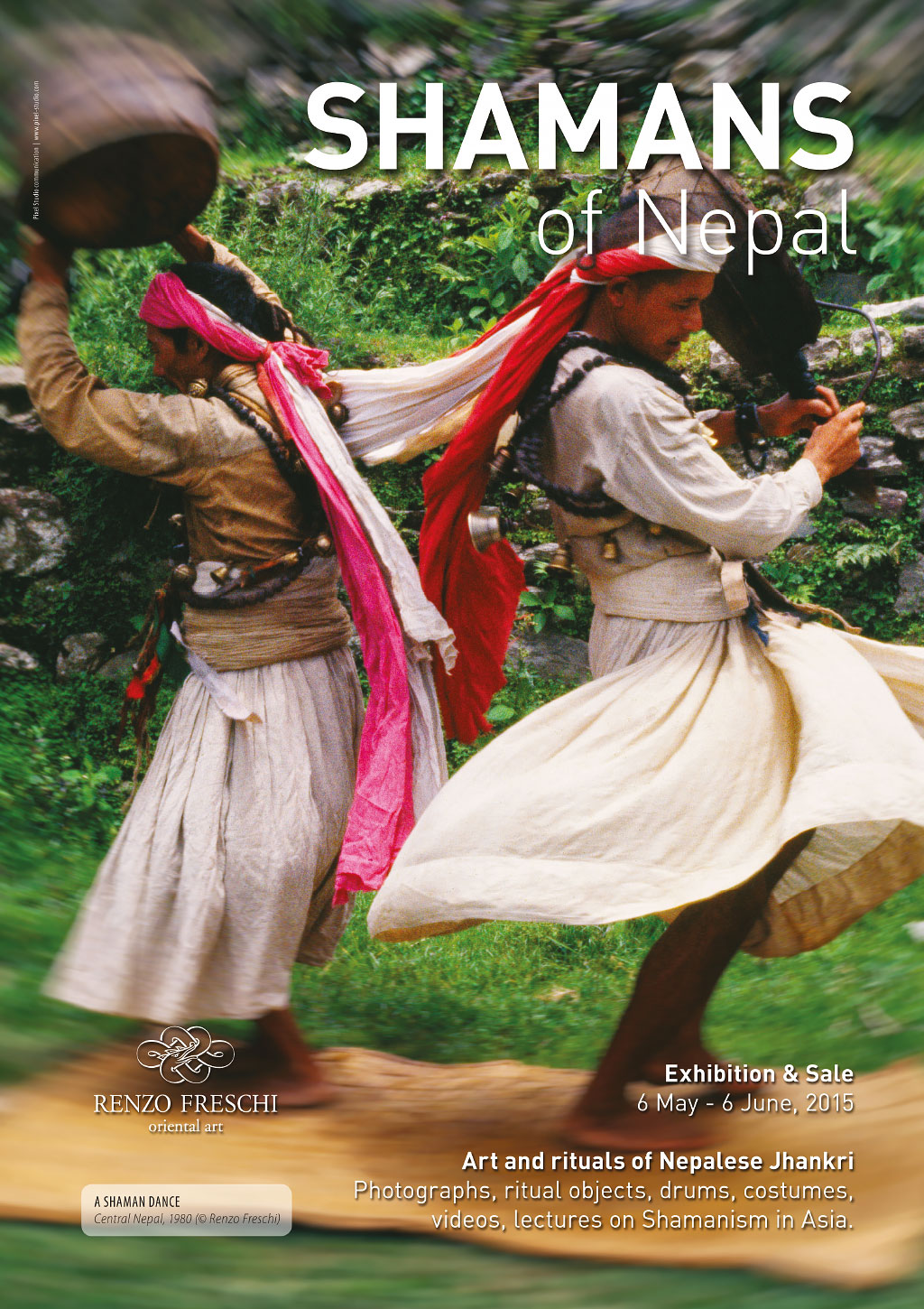
2015
MASKS OF THE SOUL
30 masks of Japanese Theatre
A collection of 30 masks of Nō theater, a dancing-lyric drama believed to be the deepest and most significant of Japanese theatrical performances. These masks are ancient and powerful; they transform the actor into aching and suffering characters the moment he puts them on.
2014
MY INDIAN MEMORIES
The 36 photographs by Roberto Meazza, shot in various regions of India during the 1970s and 1980s, are an extensive travelogue. They are images of an India not yet transformed by the recent economic development and include portraits of a joyful/suffering population, ancient monuments, and intense ambiences.
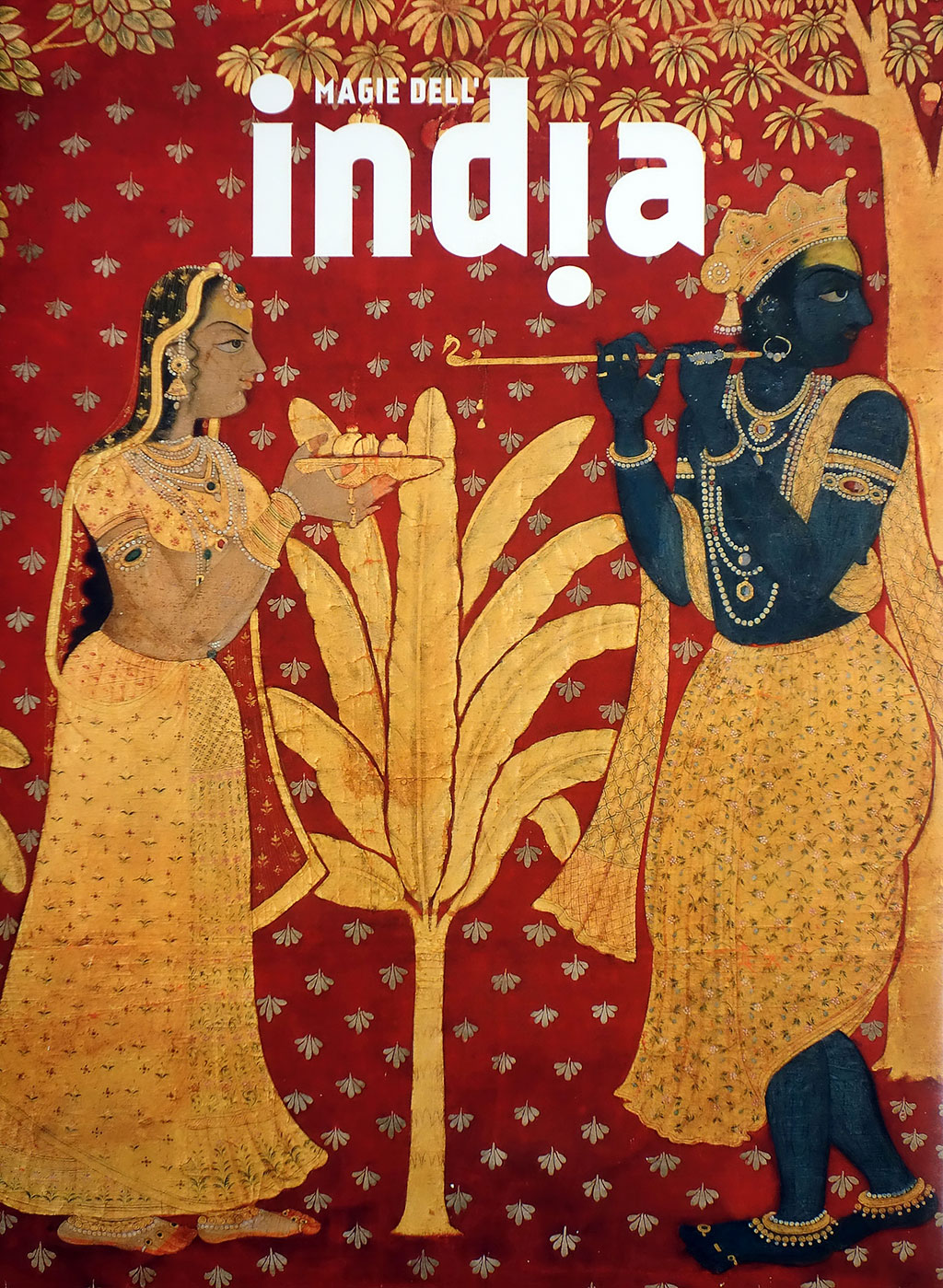
2013
MAGIC OF INDIA
(Exhibit in Treviso, Italy)
Curated by Renzo Freschi, Marilia Albanese, and Adriano Madaro, “Magic of India“ is the most significant large-scale exhibition of Indian art ever staged in Italy. In the beautiful venue of Casa dei Carraresi in Treviso more than 250 pieces were on display, all on loan from Italian museums and collecotrs. The pieces included sculptures, paintings, jewelry, architectural elements, old photographs and vintage custumes.
2013
DEDRON
and Her Tibetan Visions
An exhibition of one of the most important contemporary artists in Tibet. Central in Dedron’s paintings are the natural and urban landscapes, the real and fantasized animal world, the monastery as the community center, the link between man and environment.

2012
CHINA
The Art of Rocks
In old Chinese culture mountains were the skeleton of the world, rocks were its bones, and the waters its blood. This ancient world view explains why the rocks found in river beds or at the foot of mountains exert such a powerful fascination and have been collected for more than two millennia.
2010
PAST AND PRESENT OF TIBETAN PAINTING
This exhibition presents for the first time to the Italian public two periods of Tibetan painting, the ancient and the contemporary. Although seemingly different, the two genres are united by a strong cultural continuity. Twenty paintings from the 15th to the 19th century are presented along with 14 works by the most famous Tibetan contemporary painters.
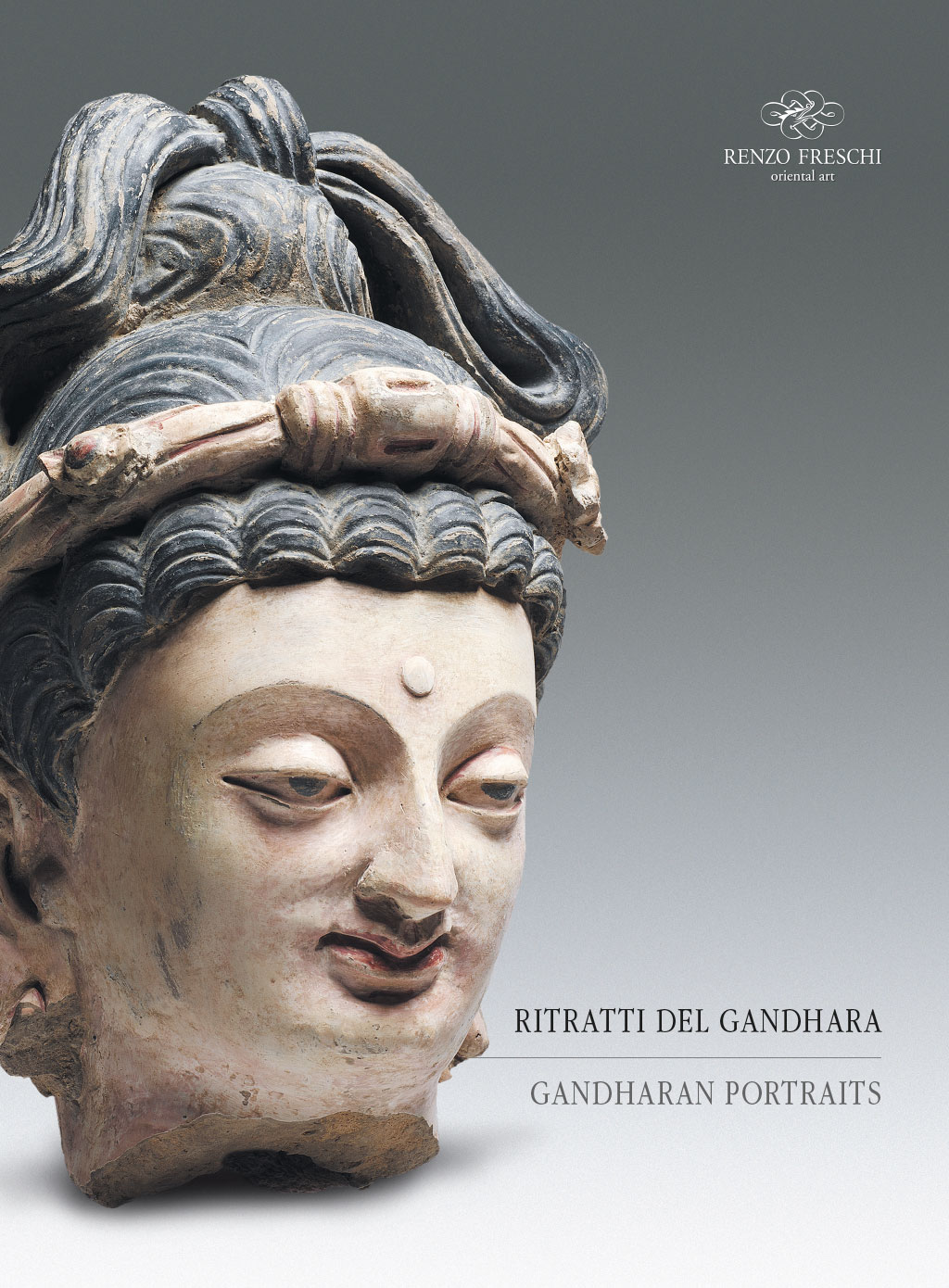
2008
GANDHARAN PORTRAITS
For many centuries Gandhara was the point of contact between East and West. The region’s sculptural art displays a surprising variety of styles, all characterized by strong Hellenistic influence and Buddhist themes. The Buddha’s Apollinean beauty, the portraitural nature of the devotees’ faces, the dreamy stare of some heads showcase a wide variety of human and divine faces in the art of Central Asia.
2007
ZEN PAINTINGS
In the mid-1960s I bought a small book of haikus, these very short Japanese poems brightened my weary days in secondary school. The striking simplicity of Basho’s haikusbrought me closer to Zen and the Oriental world; thus, it seems fated 40 years later that I would have the opportunity to stage an exhibition of Zen paintings.
2006
GLANCES FROM THE PAST
Chinese Portraits from the Ming to Qing
Within Confucian culture the family is one of the elements of Chinese identity. For centuries portraits were reserved for the imperial court; however, from the 17th century they also came within reach of the highest levels of state administration and the wealthier classes. These paintings give us a glimpse into the subject’s character and the environment in which he was portrayed.
2005
MYTHS AND RITUALS
Myth and Ritualism in Art from India to China
The dawn of myth gave way to the transition of memory to history; and the mystery of its genesis is connected with the development of human consciousness. The exhibition focuses on aspects of Indian, and some Chinese, mythology and iconography.
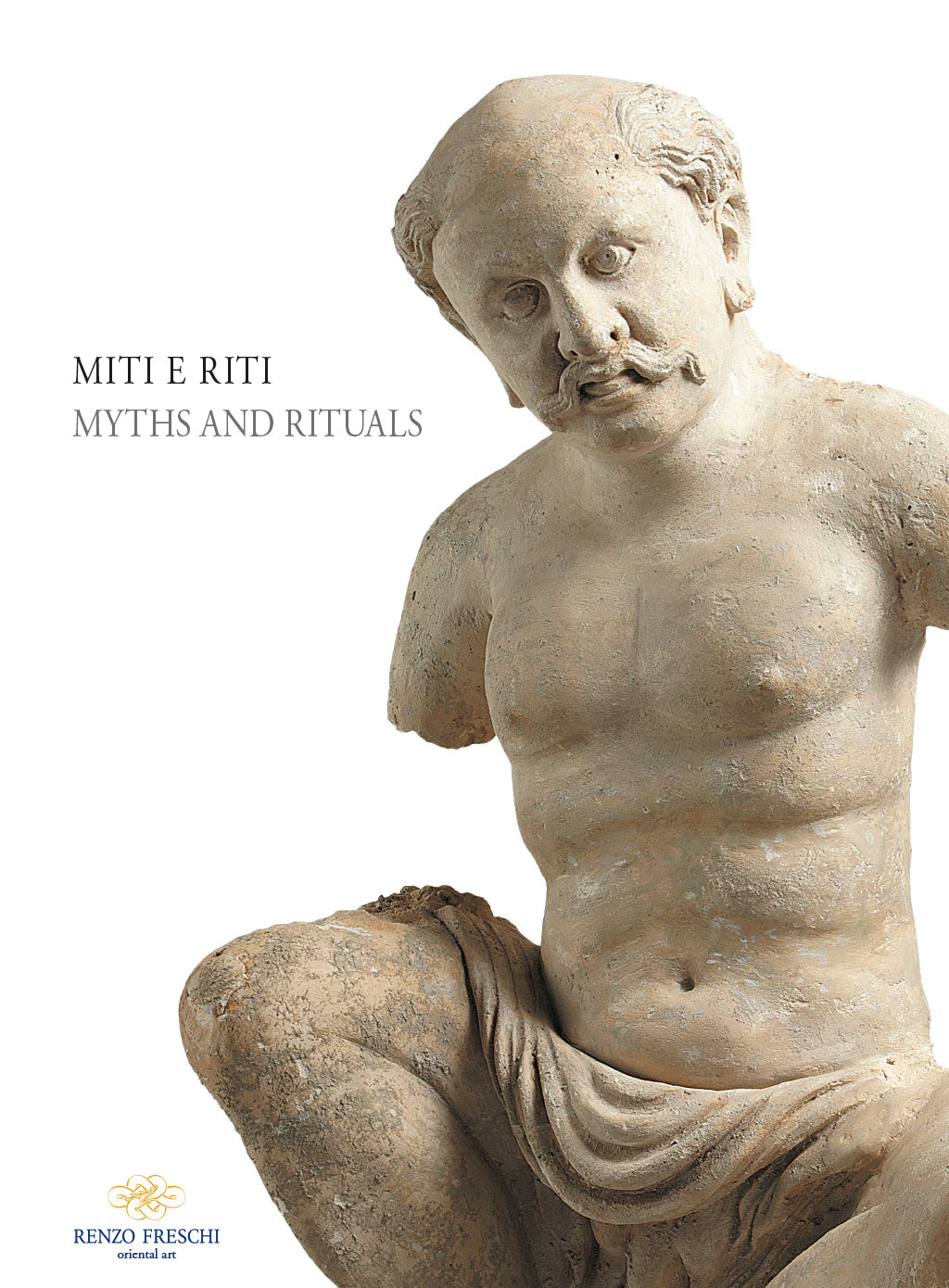
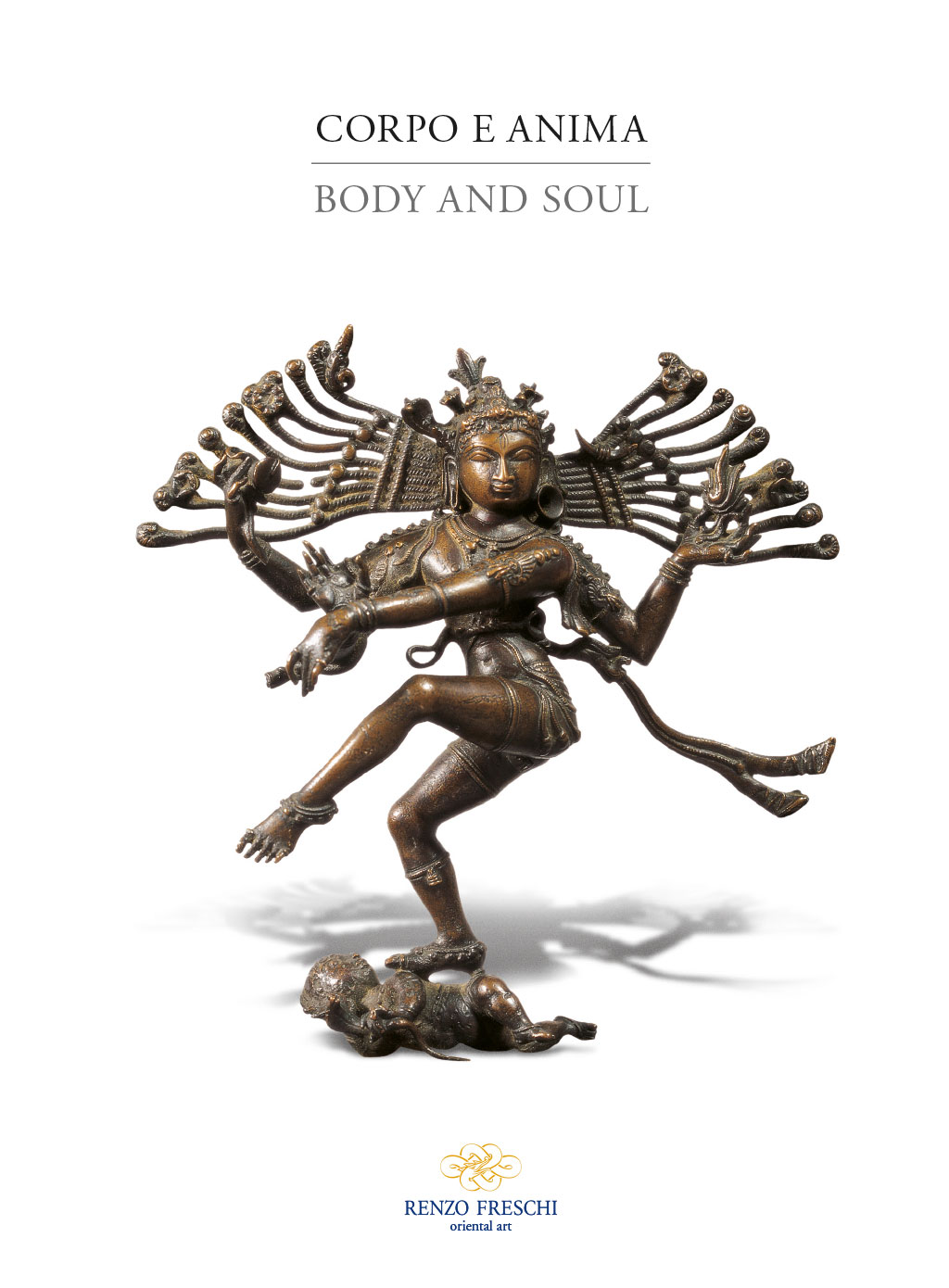
2004
BODY AND SOUL
Body and Soul, Form and Emotion in Oriental Sculpture
This exhibition aims to illustrate how the relationship between “body and soul, form and spirit, aesthetics and feeling” was addressed in some of the most essential Asian artistic traditions. A series of comparisons among an Indian, a Khmer, and a Chinese figure; or between a Gandharan and a Tibetan Buddha highlight the distinctive characteristics of the various traditions.
2003
The Art Jouney of
MARCO POLO
The idea for this exhibition came to me while I was viewing another, “Marco Polo: Michael Yamashita, a Photographer on the Trail of the Past” (Palazzo Altemps, Rome, 2003) where some pieces from my gallery were shown alongside the images of this celebrated photographer for the National Geographic Society. Each photograph is accompanied by an ancient artefact to convey the same theme or feeling.
(Le foto pubblicate nelle pagine del catalogo sono di Michael Yamashita)
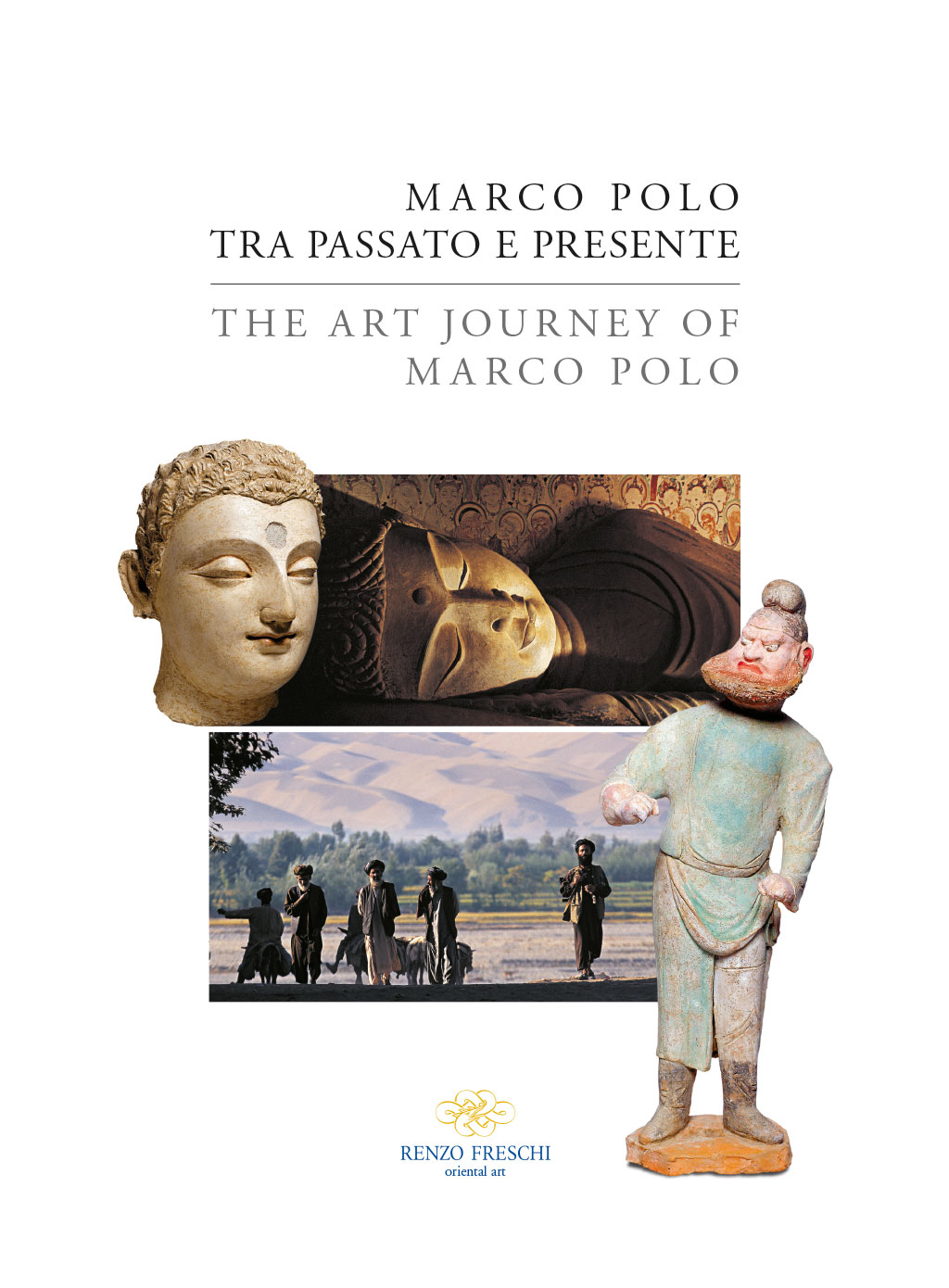
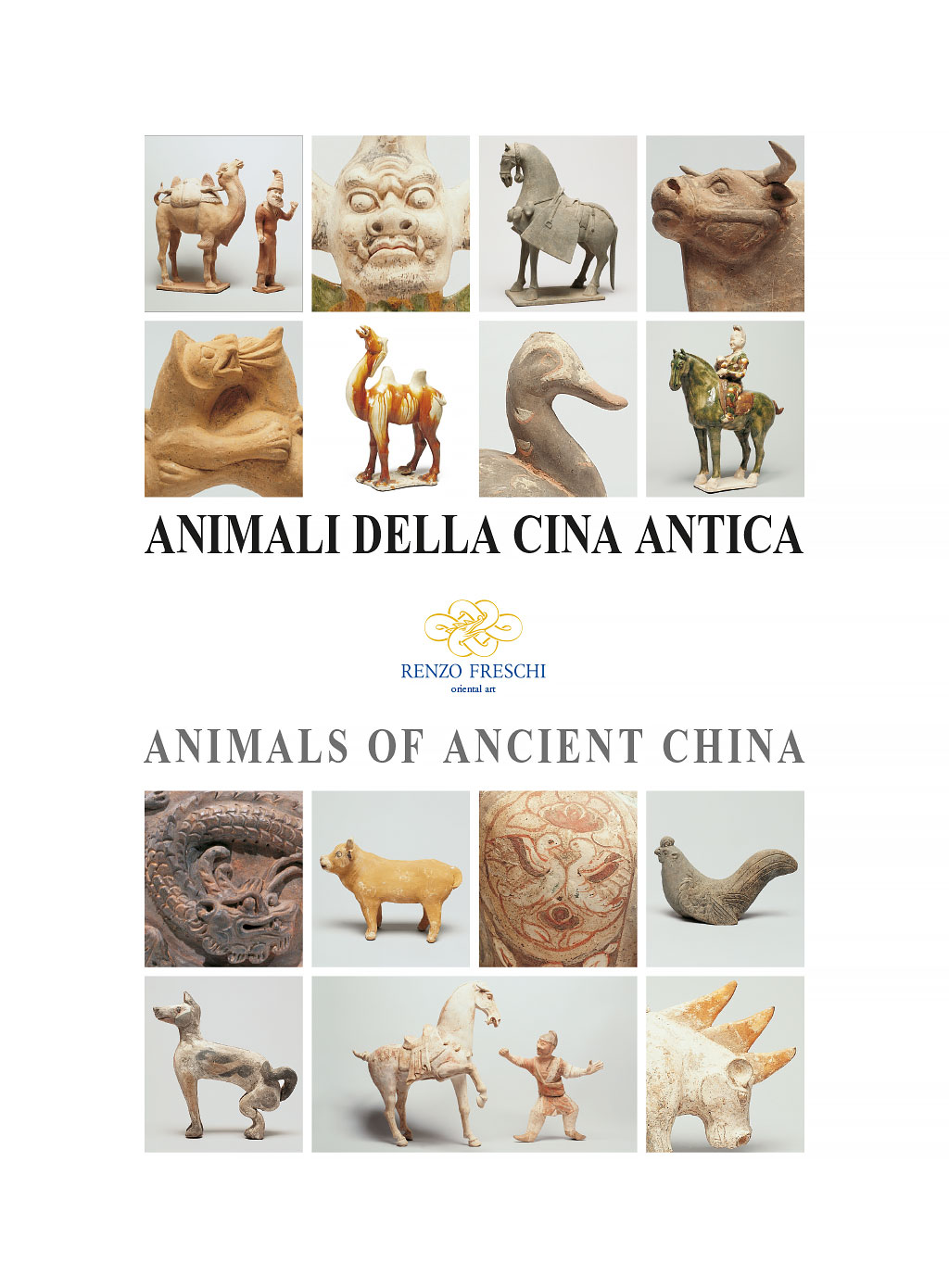
2002
ANIMALS OF ANCIENT CHINA
This exhibition introduces the visitor to the fascinating animal world of ancient China in an attempt to disclose its original symbology and beauty. The protagonists are 80 pieces of terracotta animals dating from the 2nd to the 10th century, and a rare group of wooden animals from northern China dating from the 1st to the 2nd century.
2002
SCULPTURES FROM INDIA
On a sentimental level I could call this exhibition “You Never Forget Your First Love.” After 30 years the feelings and memories I experienced during my first trips to India are still strong and vivid. Over 40 statues and high-reliefs in stone and terracotta invite the visitor to appreciate the beauty of Indian sculpture.

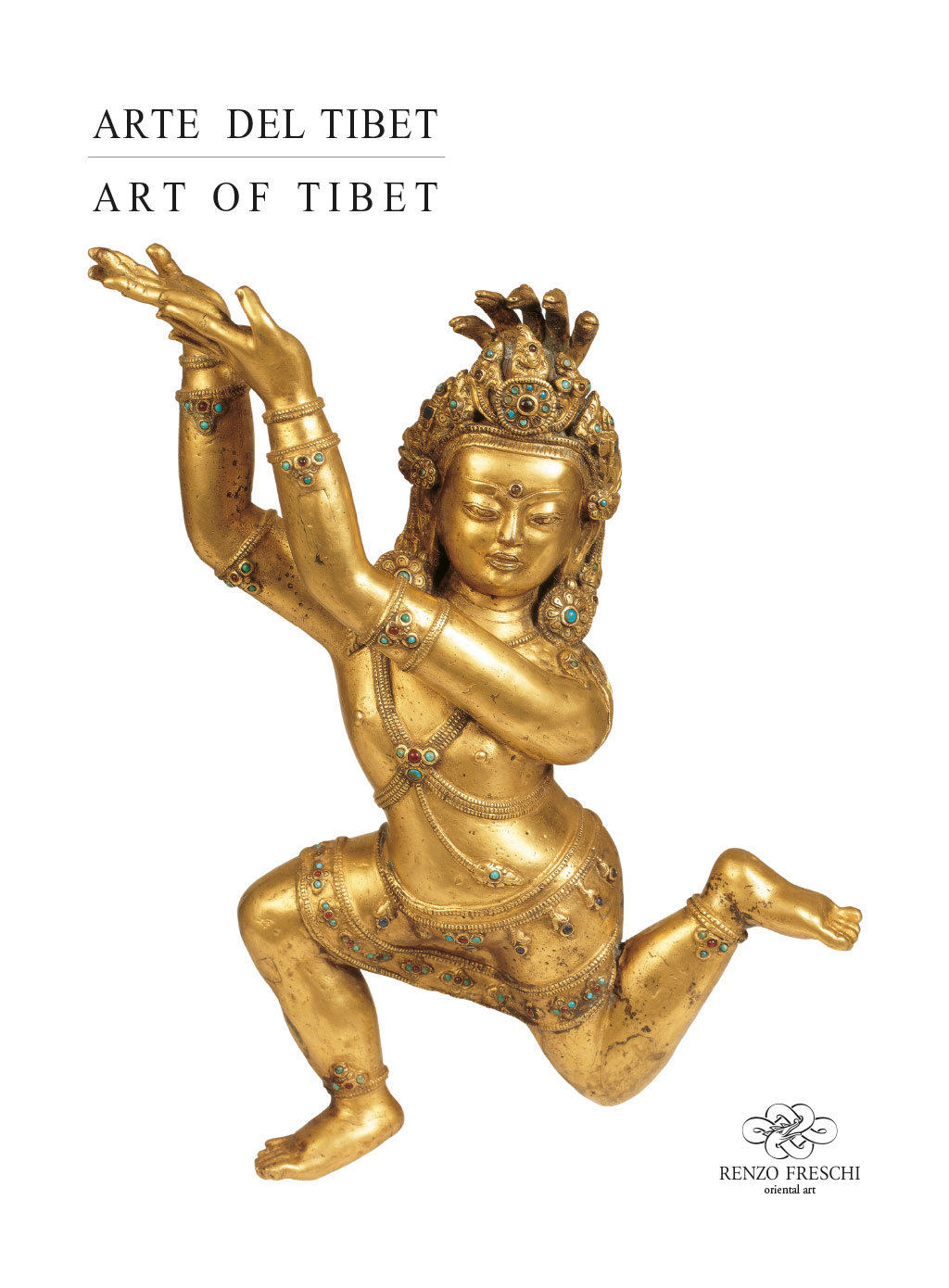
2001
ART OF TIBET
An homage to a culture that despite Chinese repression and the resulting diaspora, still fights to preserve the strong identity of its origins. The exhibition is an overview of a thousand-year old art that produced works we can see in all Oriental art museums.
2000
THE ART OF GANDHARA
Appreciation for Gandhara sculpture slowly went beyond the bounds of specialist circles. The fascination of its “classical” form, coupled with its Buddhist spirituality, has also gained a sizeable number of fans and collectors in Italy. I hope this exhibition of 48 works in schist, terracotta and stucco from the 1st to the 5th century, will contribute to a further surge in interest for an art that is so close to our own aesthetic tradition.
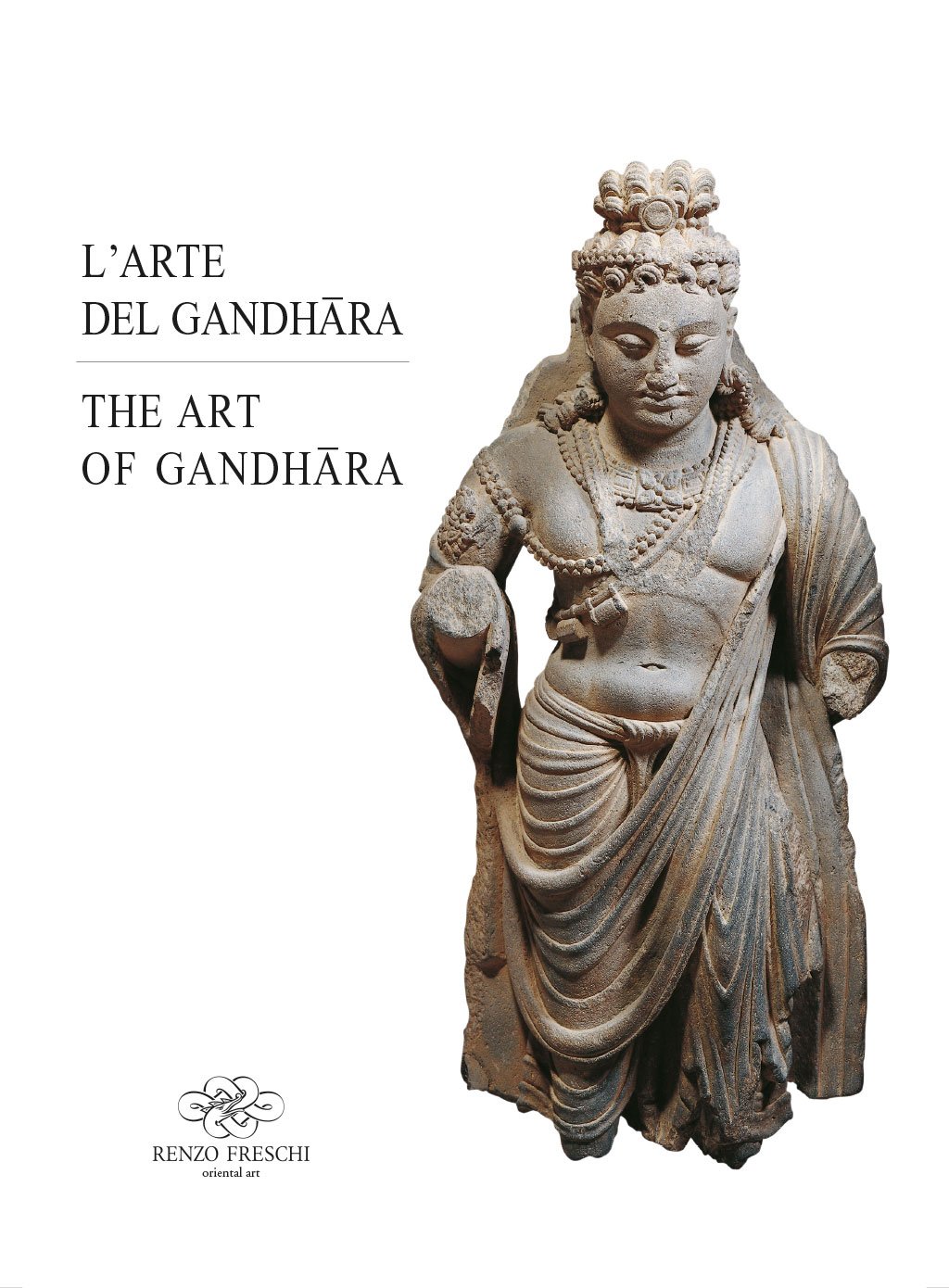
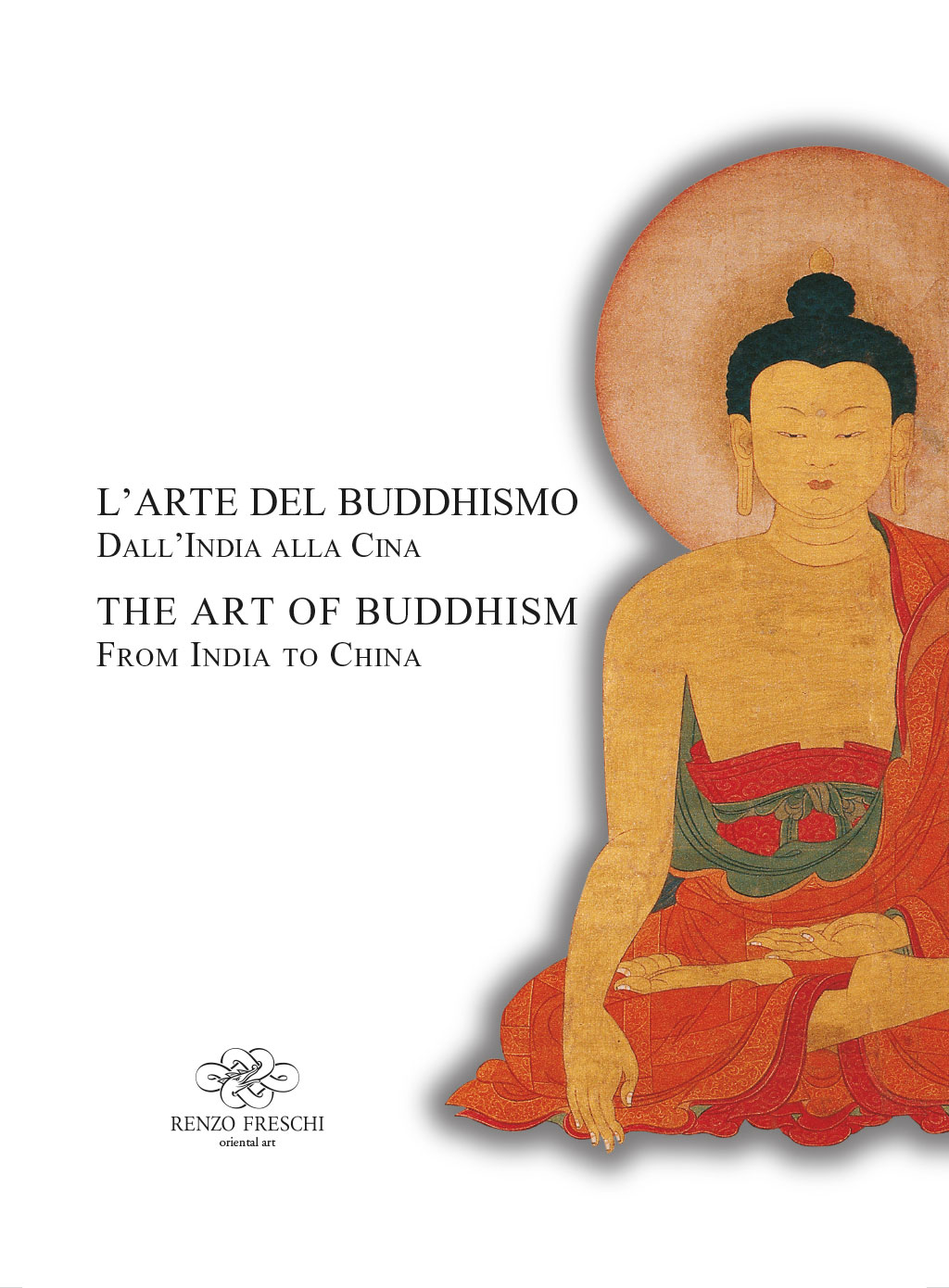
1999
THE ART OF BUDDHISM
from India to China
This exhibition offers an insight into Buddhist art spanning from India to Gandhara, to Tibet, to Southeast Asia and up to China. It is also meant as a symbolic act of deference to a “form of Knowledge” which had the same significance for the Eastern World as Christianity had for the West.
1999
THE SCULPTED FACE
50 Heads from India, Tibet, Thailand and China
What a difference between the representation of faces in Asia and in the West! Physiognomy, so prominent in Western art, is virtually unknown in the East where emphasis is on rendering an image of the Divine; therefore, tends toward an ideal face.


1998
IMMORTAL BEAUTY
The Human Sculptural Image from India to Tibet
The title of this exhibition hints at the aesthetic qualities of the pieces, taken as examples of immortal beauty, regardless of their provenance and dating.
1997
ORDOS
Art of the Steppes
During the first millennium CE migrations from Siberia and the Ordos, a region on the border of Mongolia and Shaanxi, brought nomads, pastoralists, and predators known as the “Steppe Culture” into parts of Chinese territories, and centuries later into Europe. The exhibition includes 40 metal artefacts dating from the 7th to the 2nd century BCE offering an overvew of Ordos art and its connections with Chinese and Scythian art.
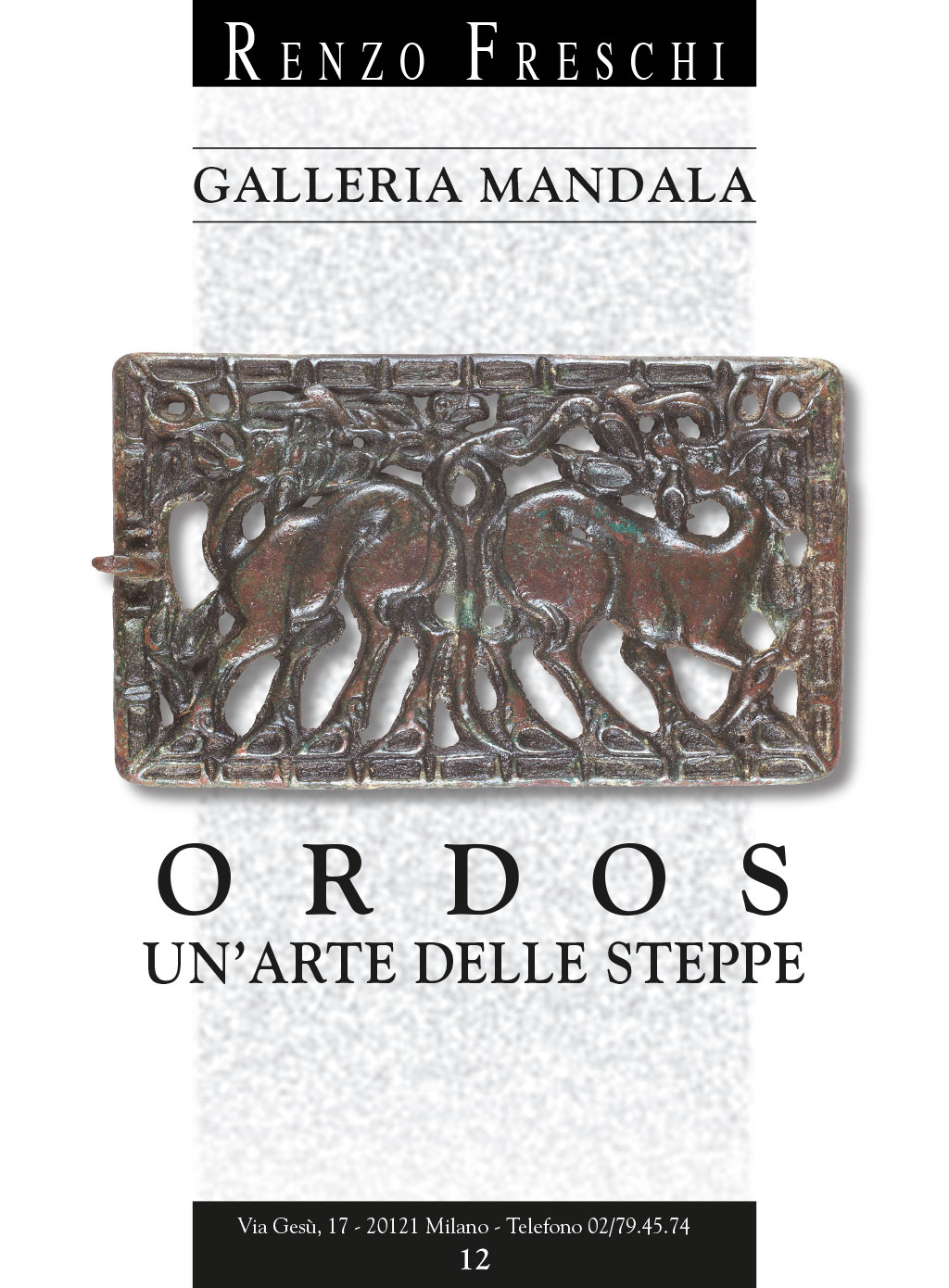

1997
CHINA BEFORE CHINA
Artefacts from the Neolithic
Between 4000 and 2000 BCE various Neolithic cultures flourished in China who differentiated themselves by the types and motifs of their decorations. The exhibition presents 25 painted terracotta vases and 20 ritual and quoitidian stone objects.
1996
TWENTY YEARS ON
The exhibition celebrates 20 years after the Gallery’s initial opening and the move to its new location in Via Gesù. On display are important works originating throughout Asia.


